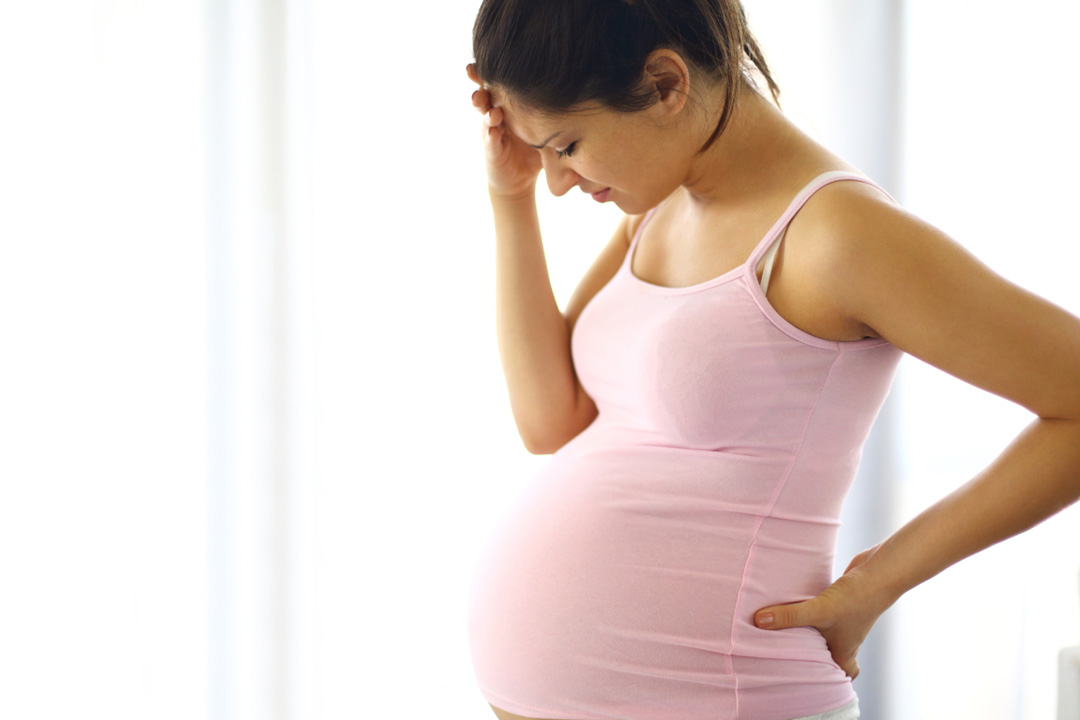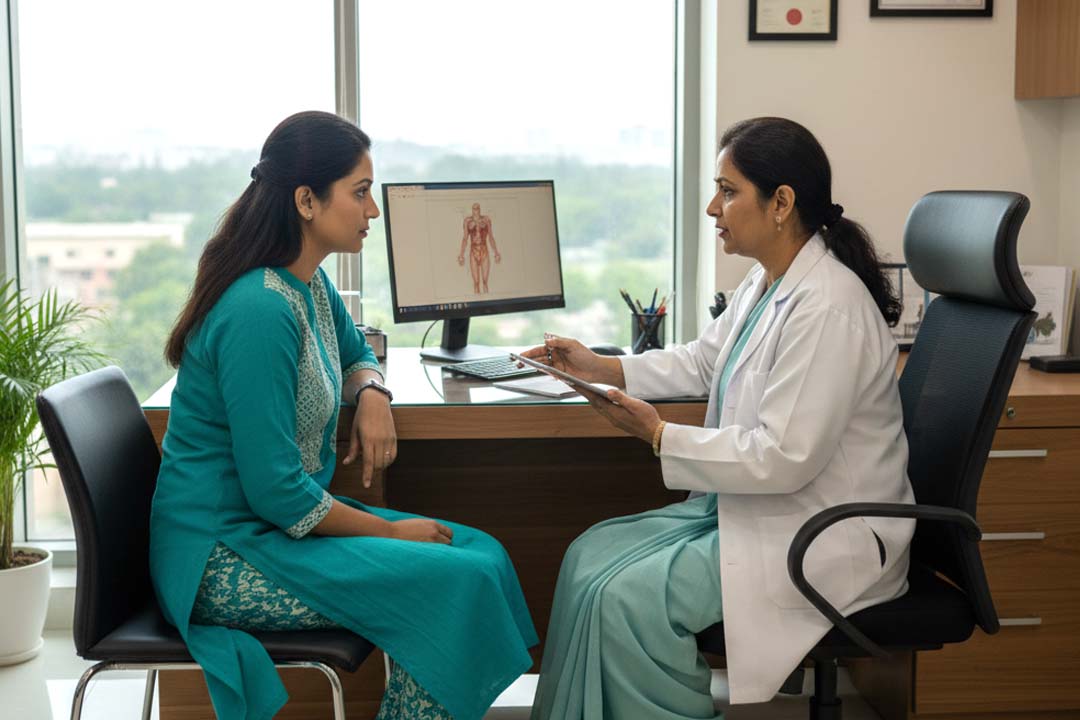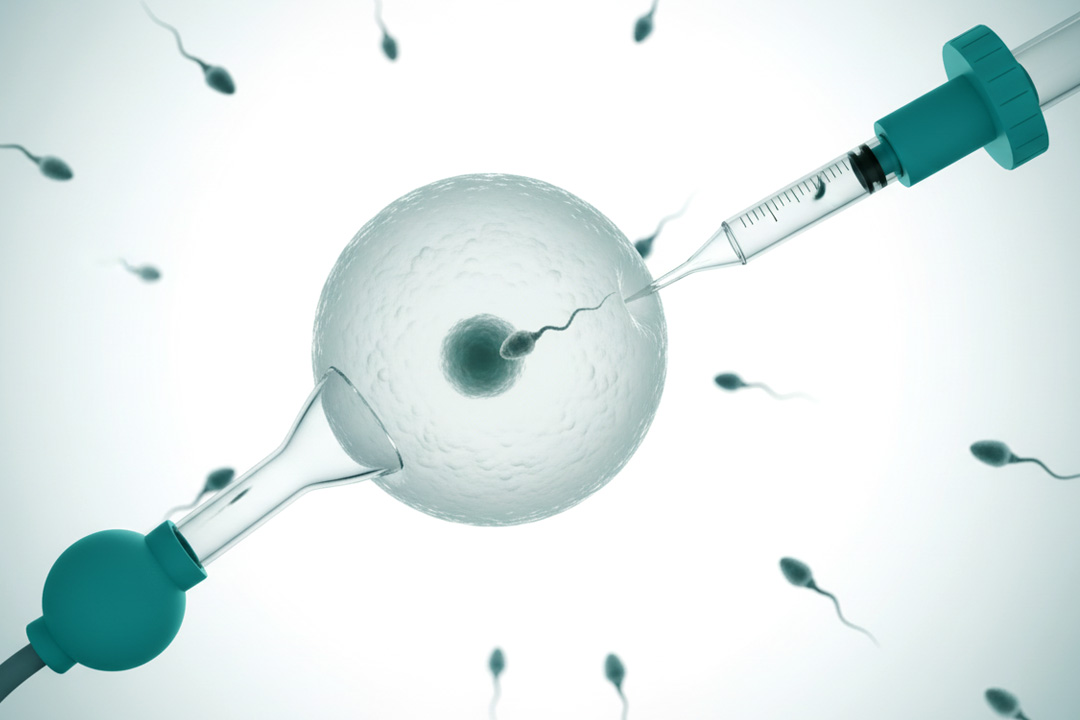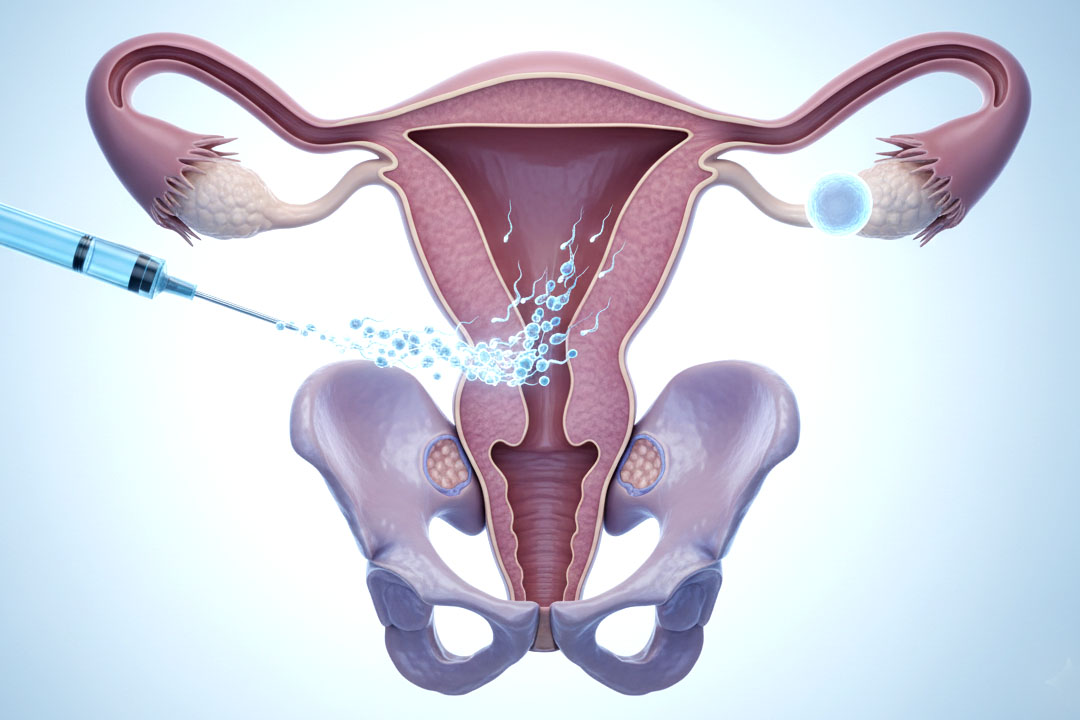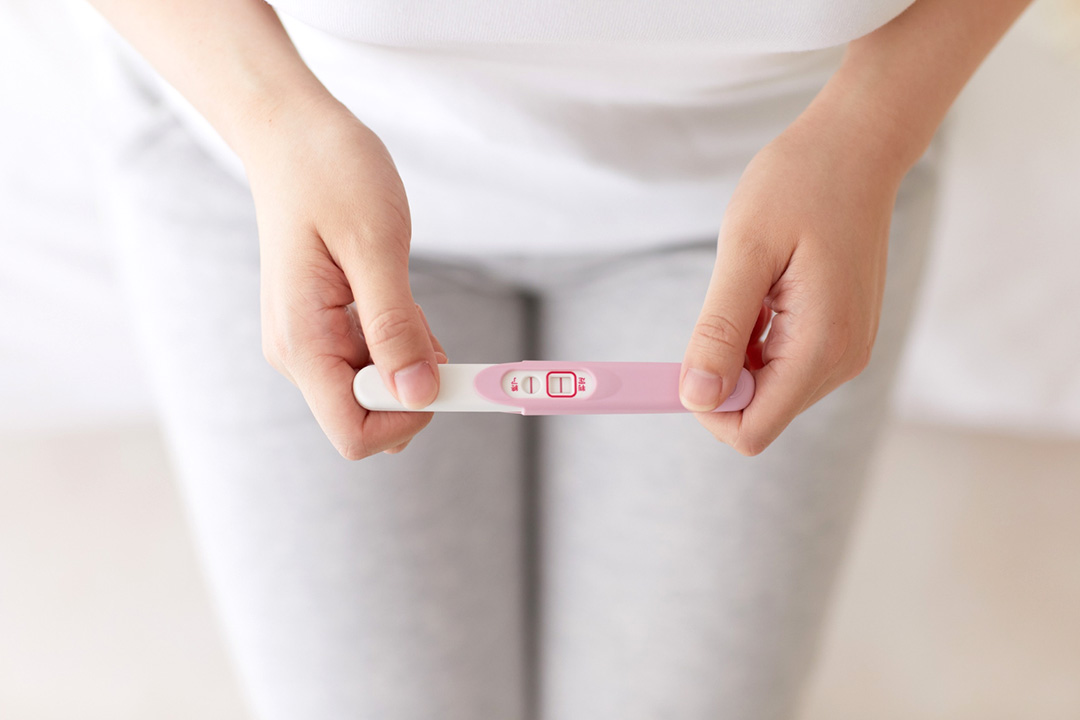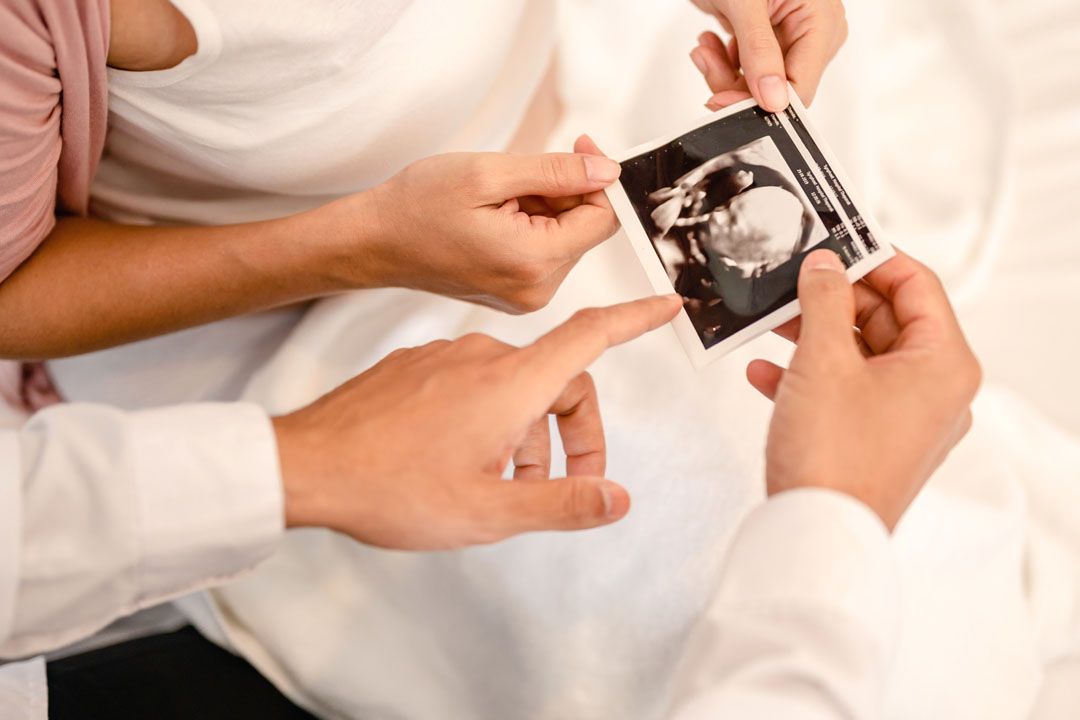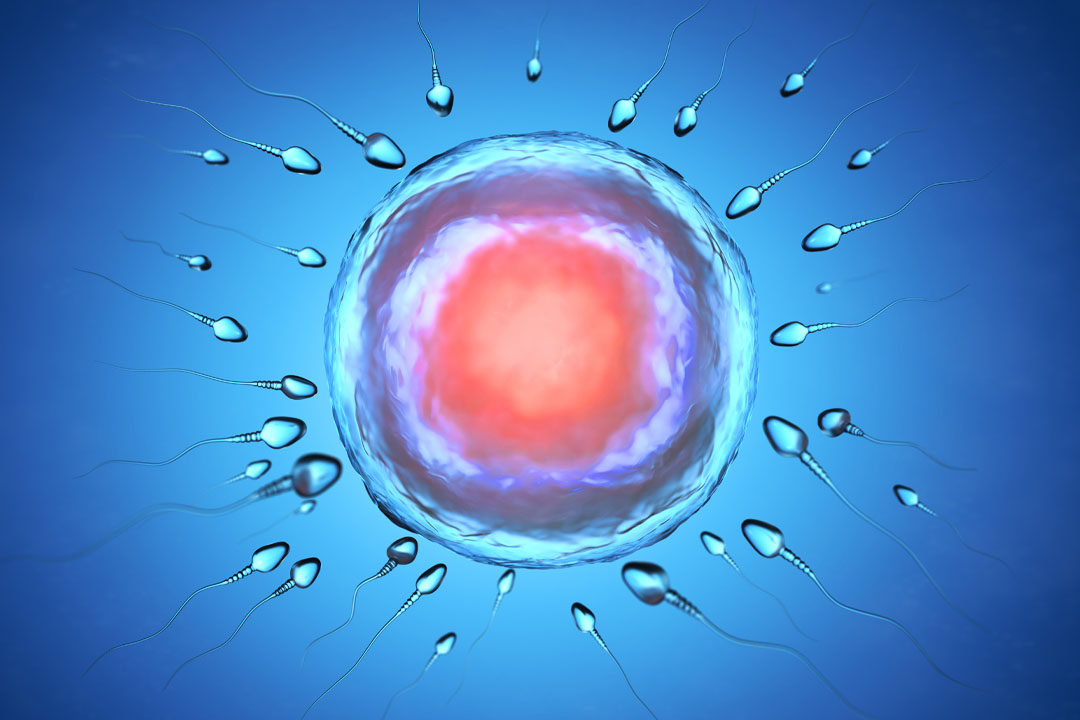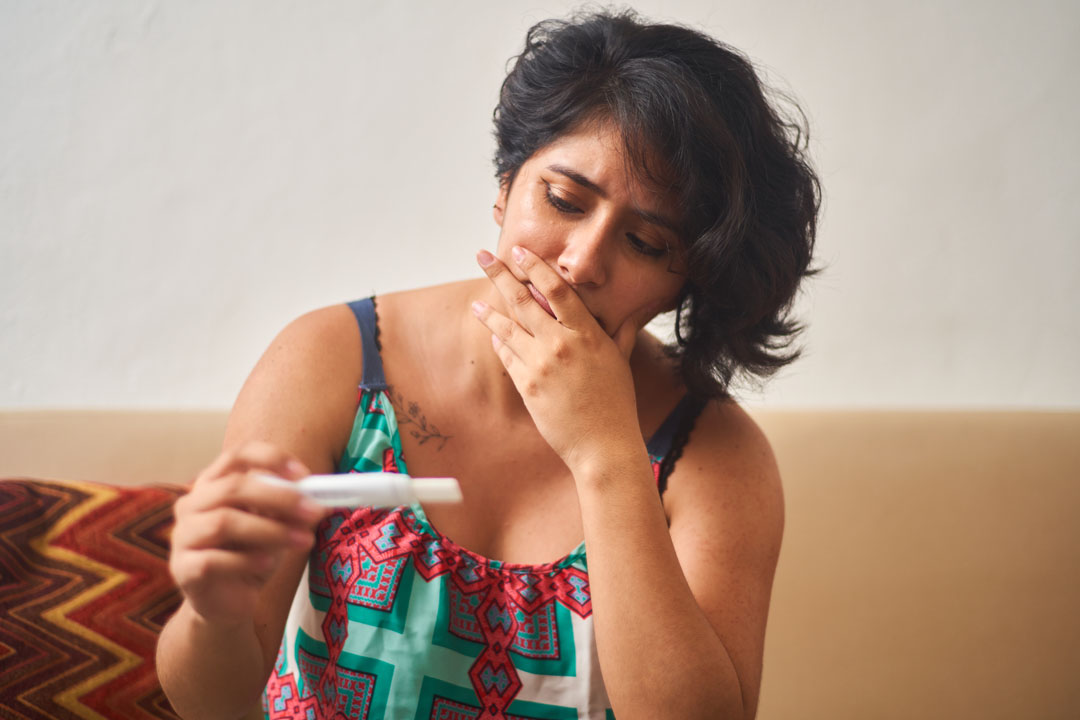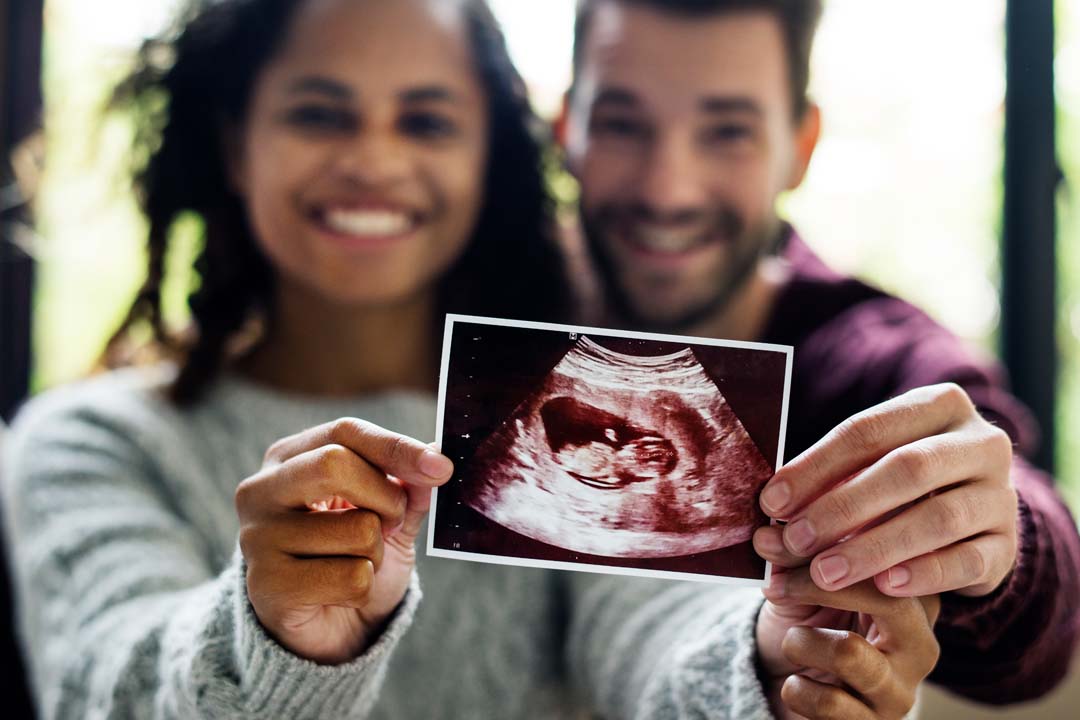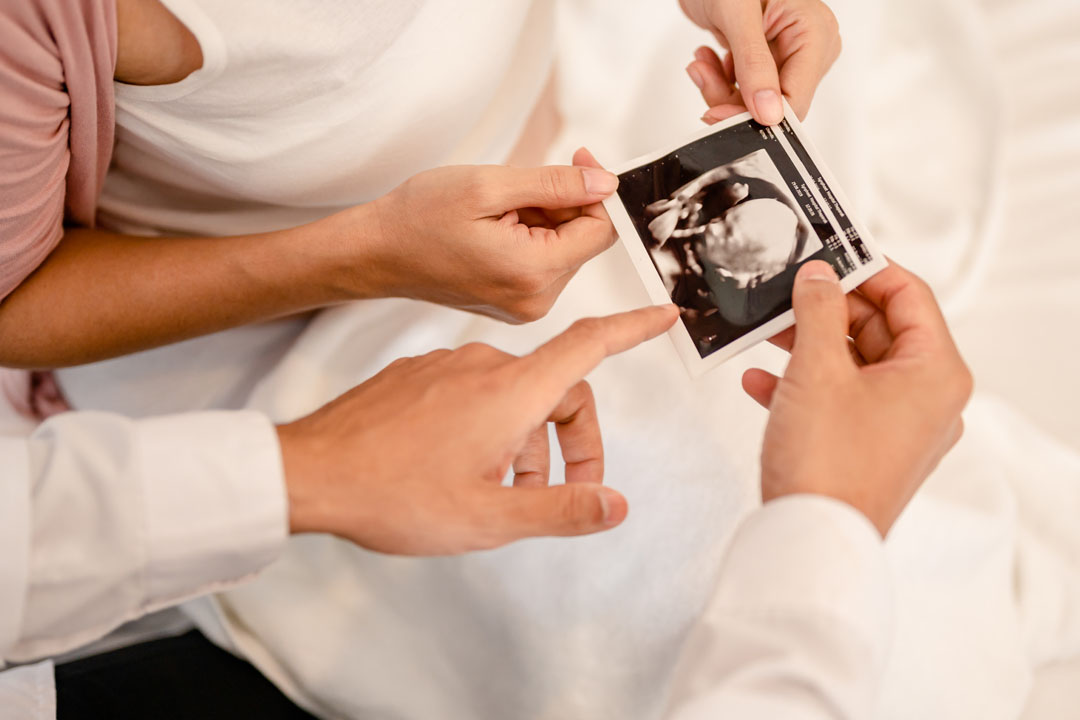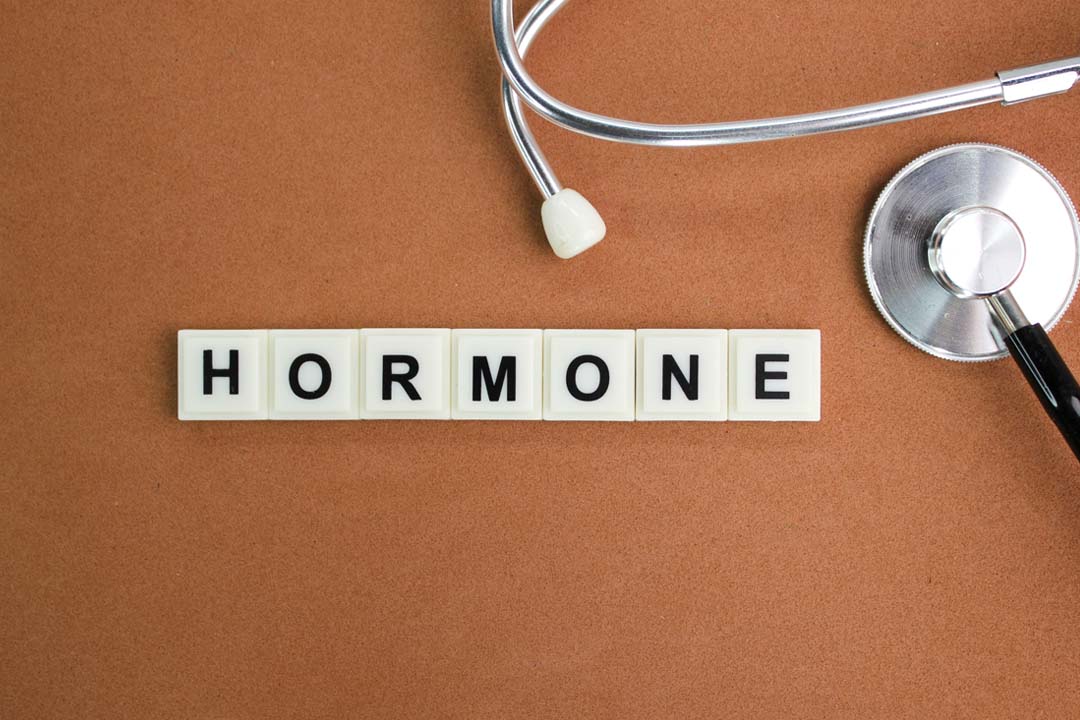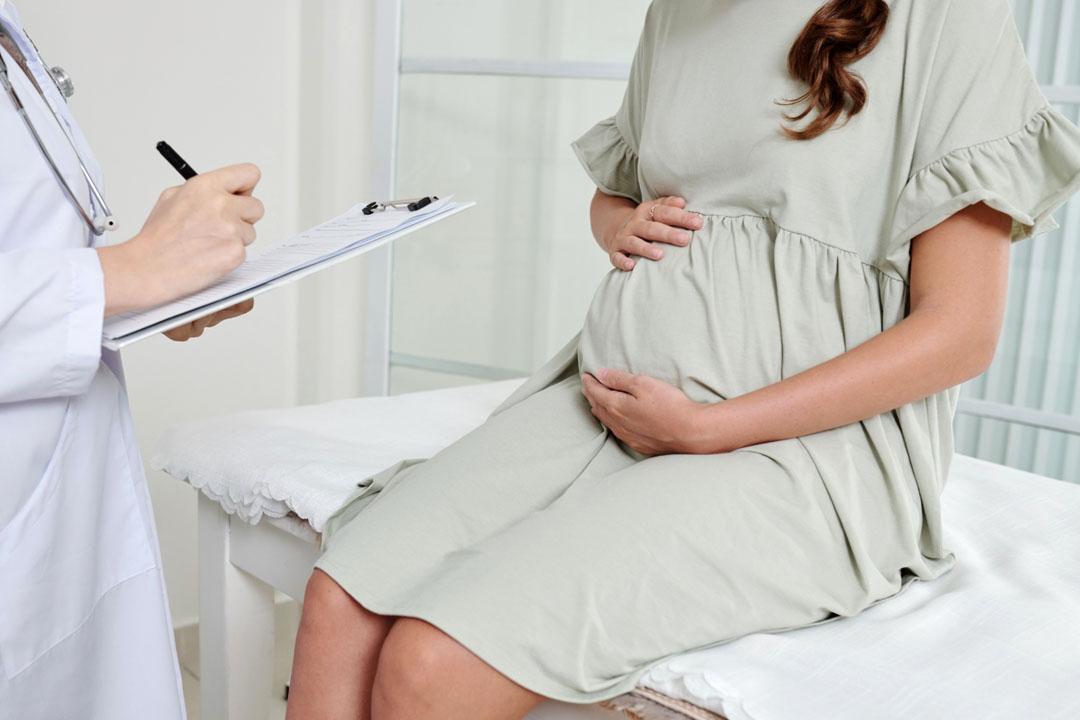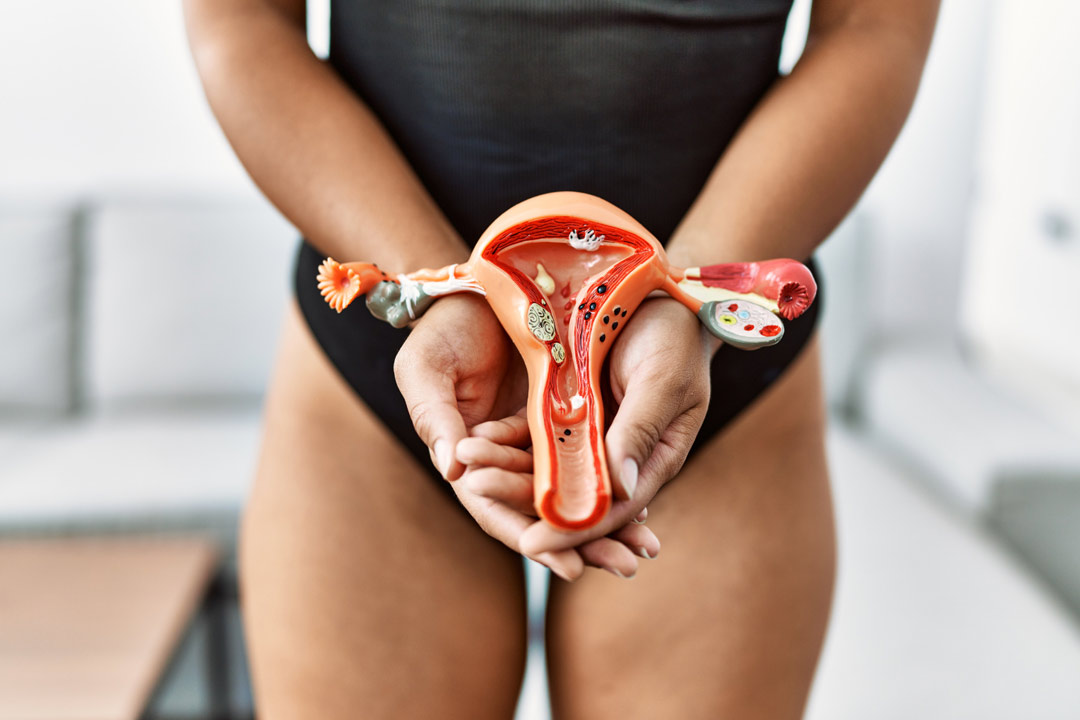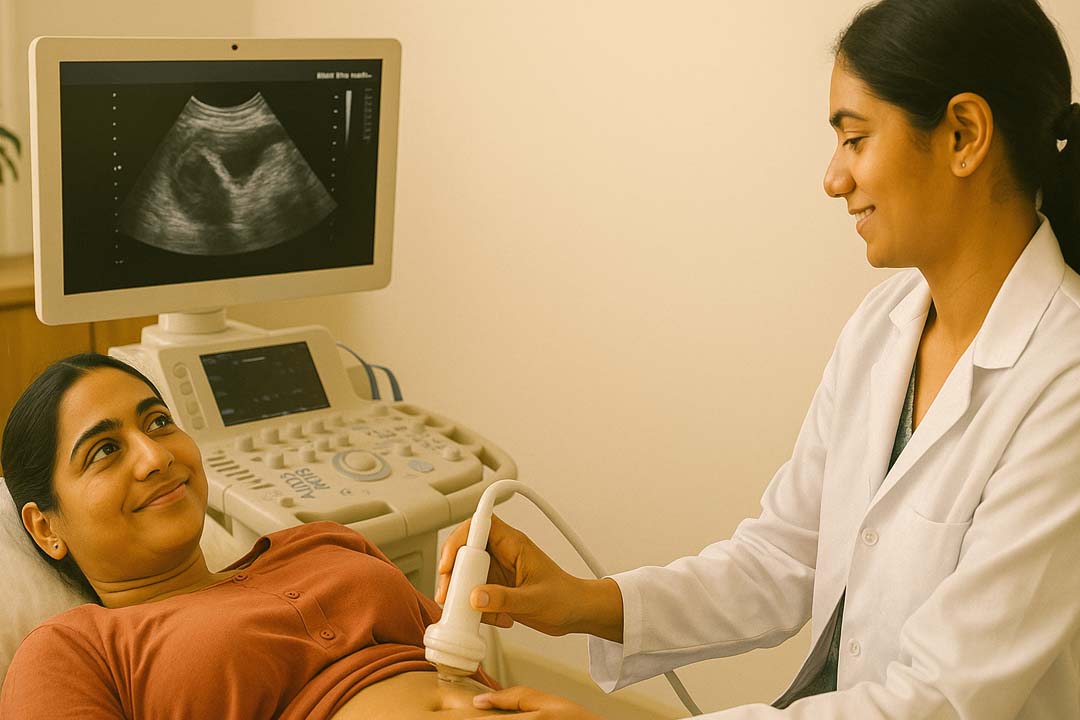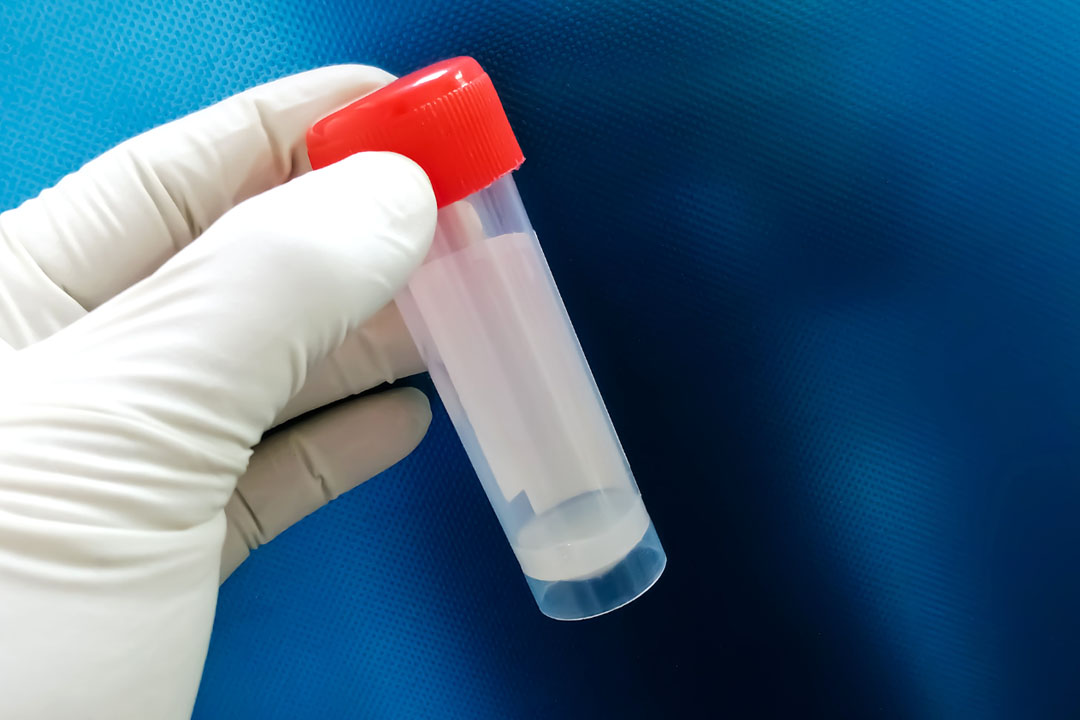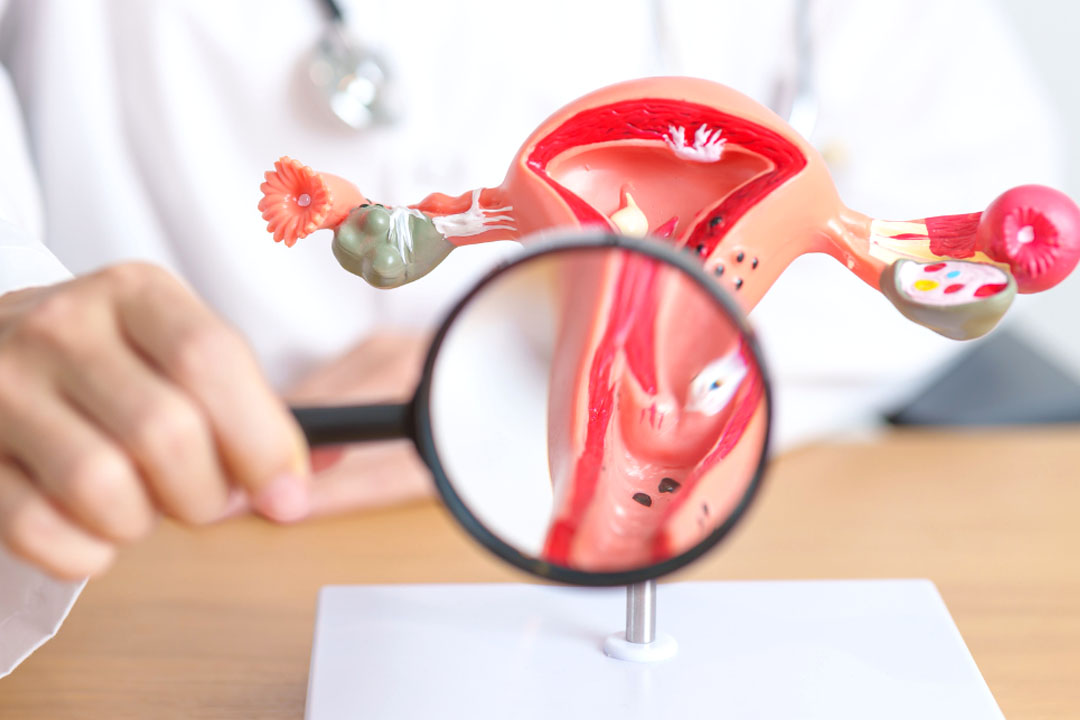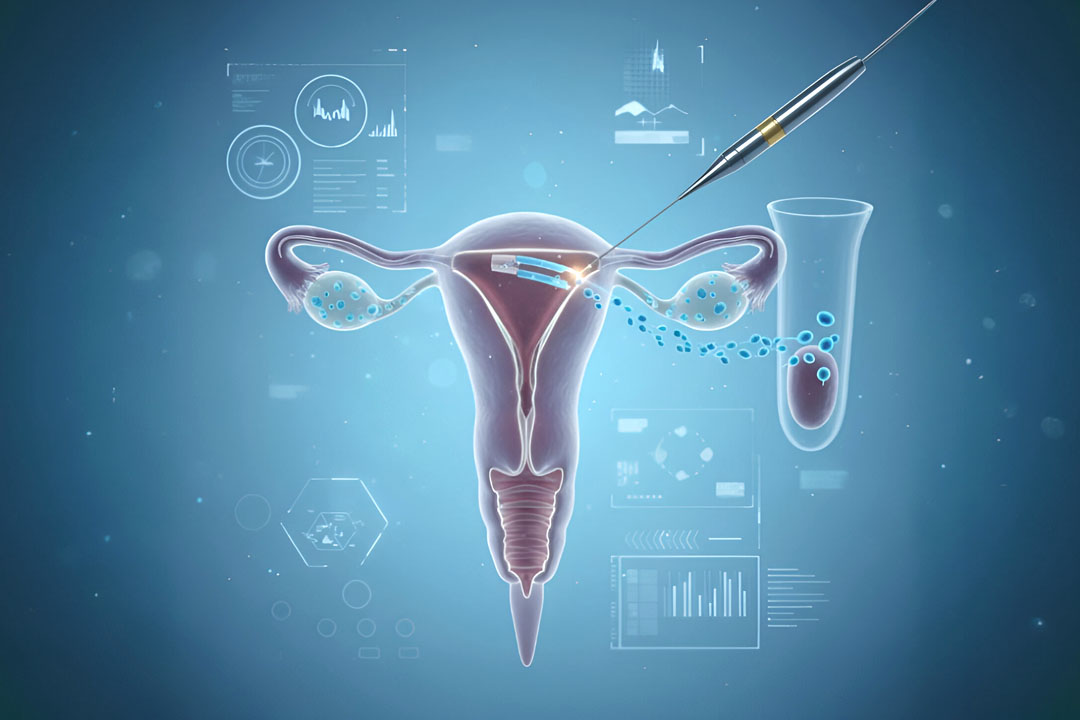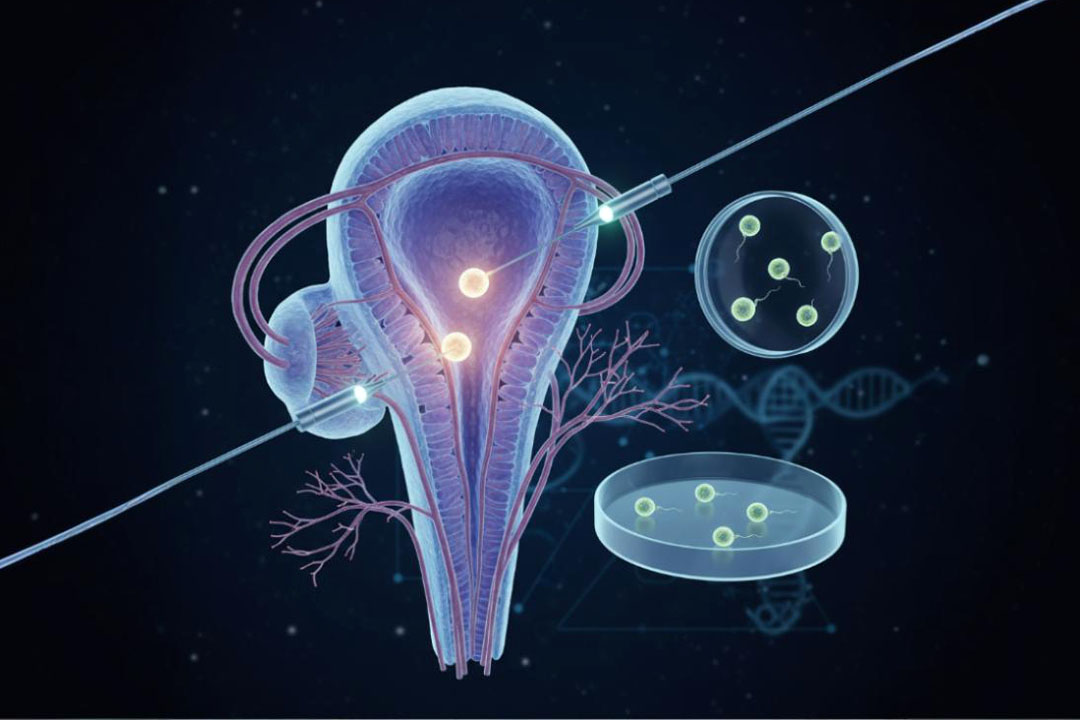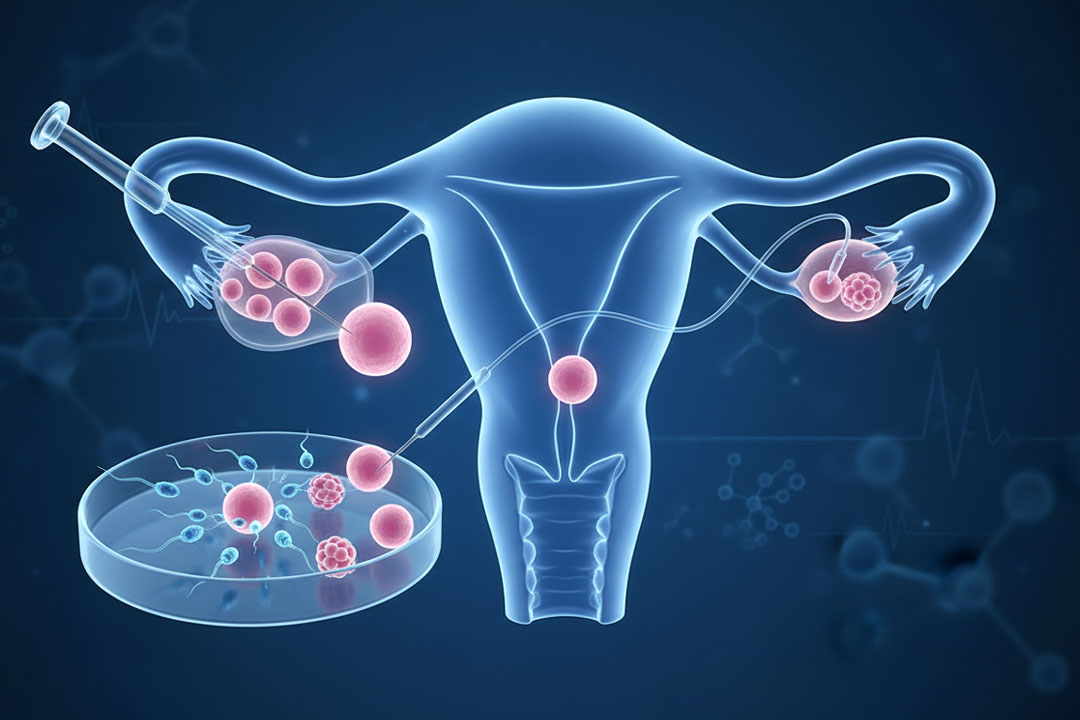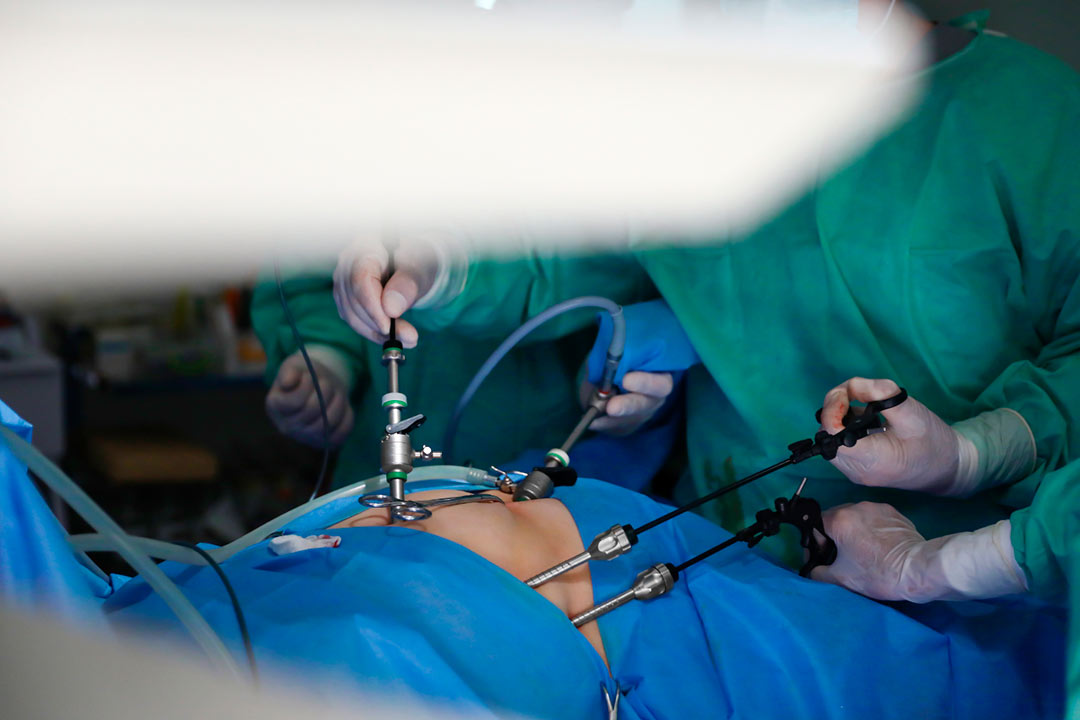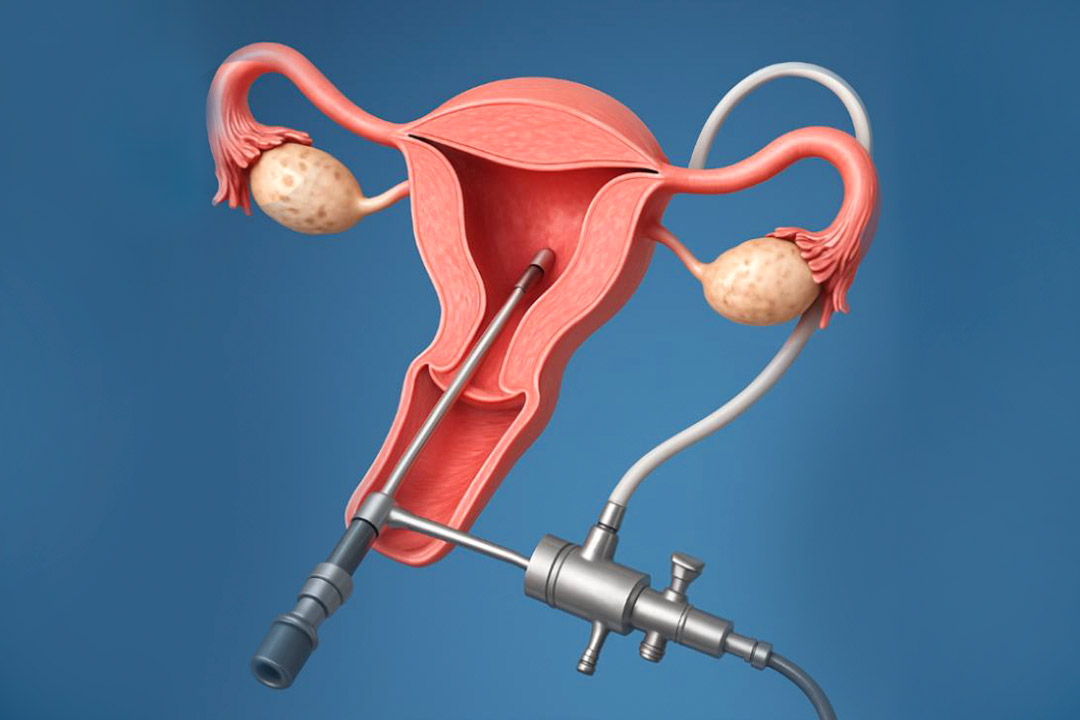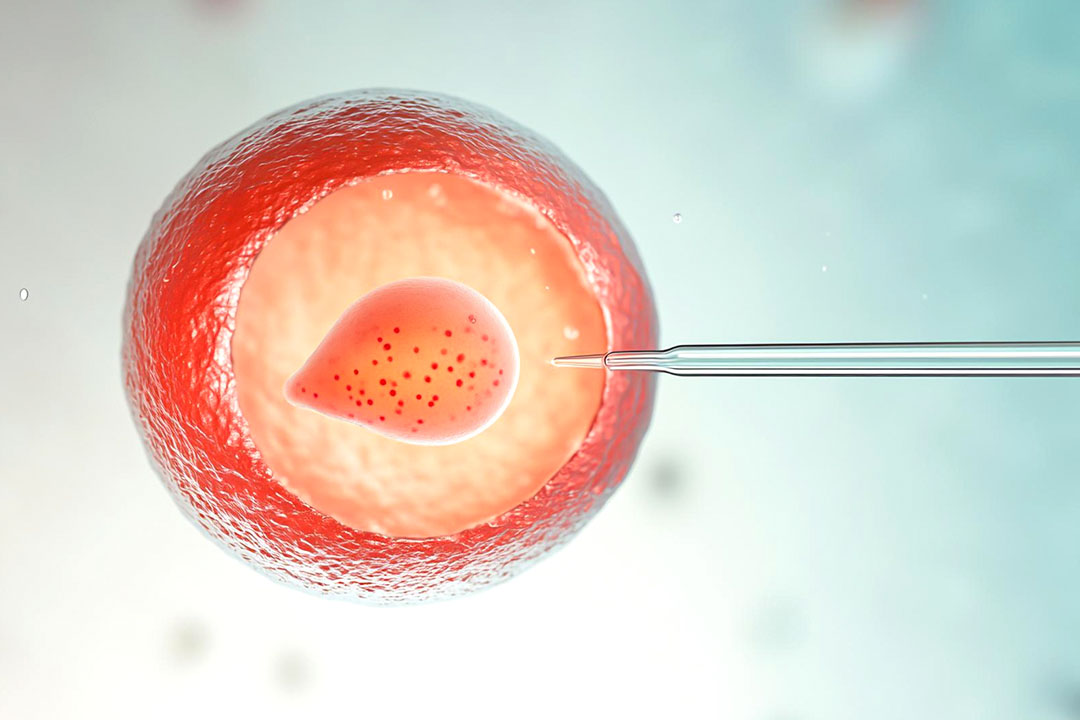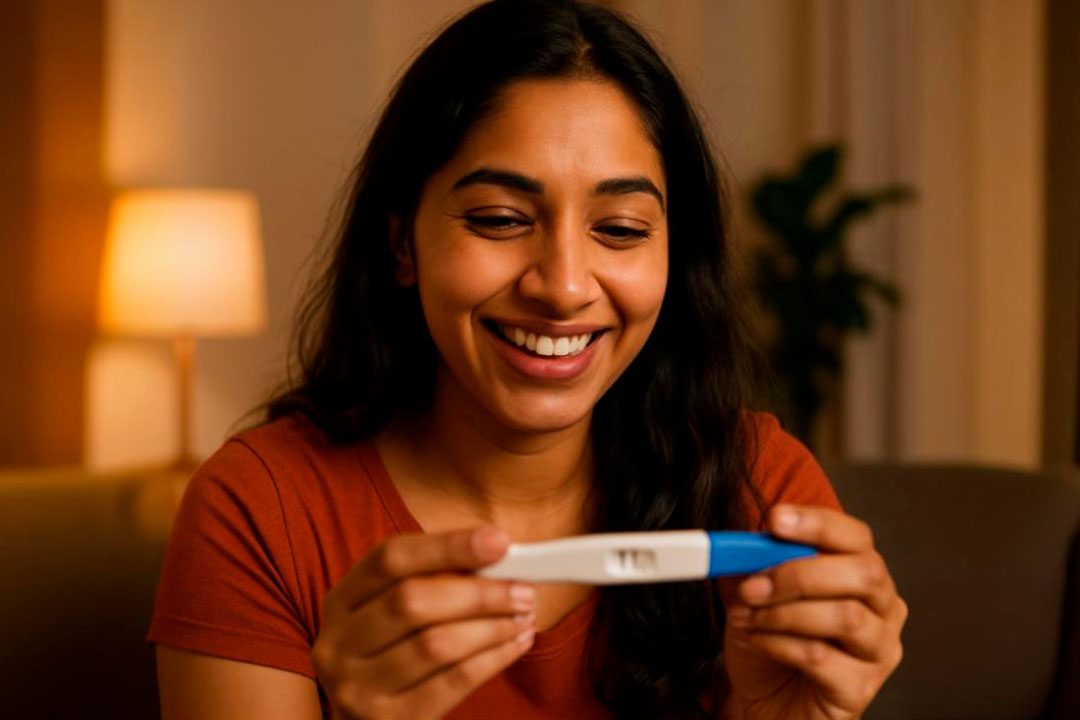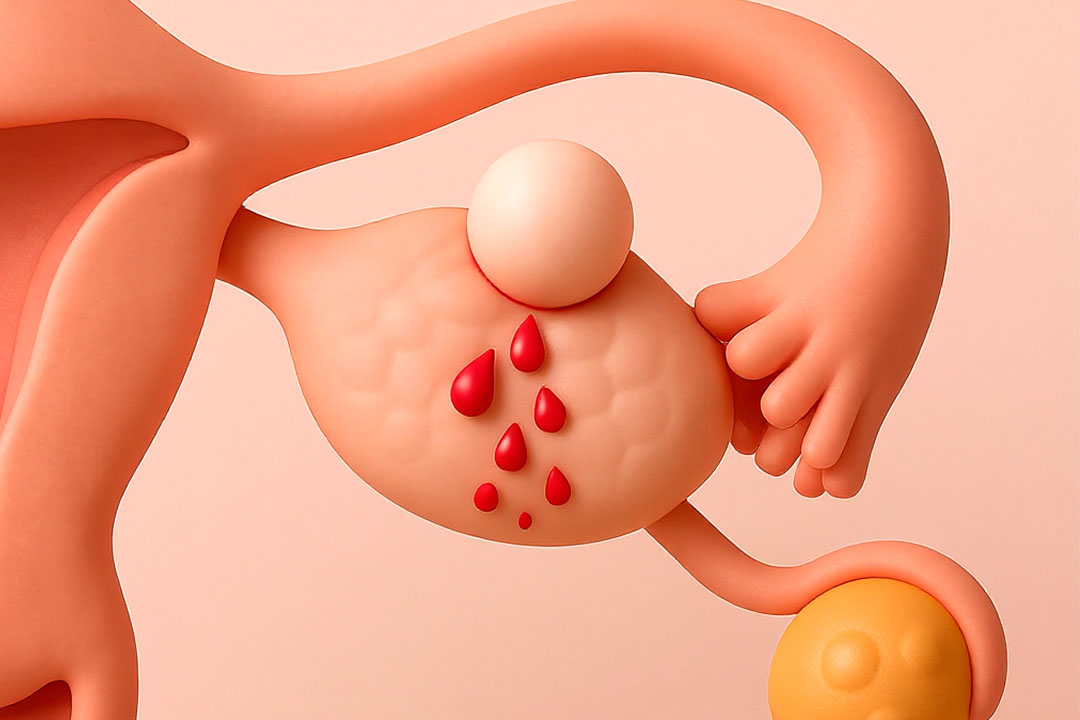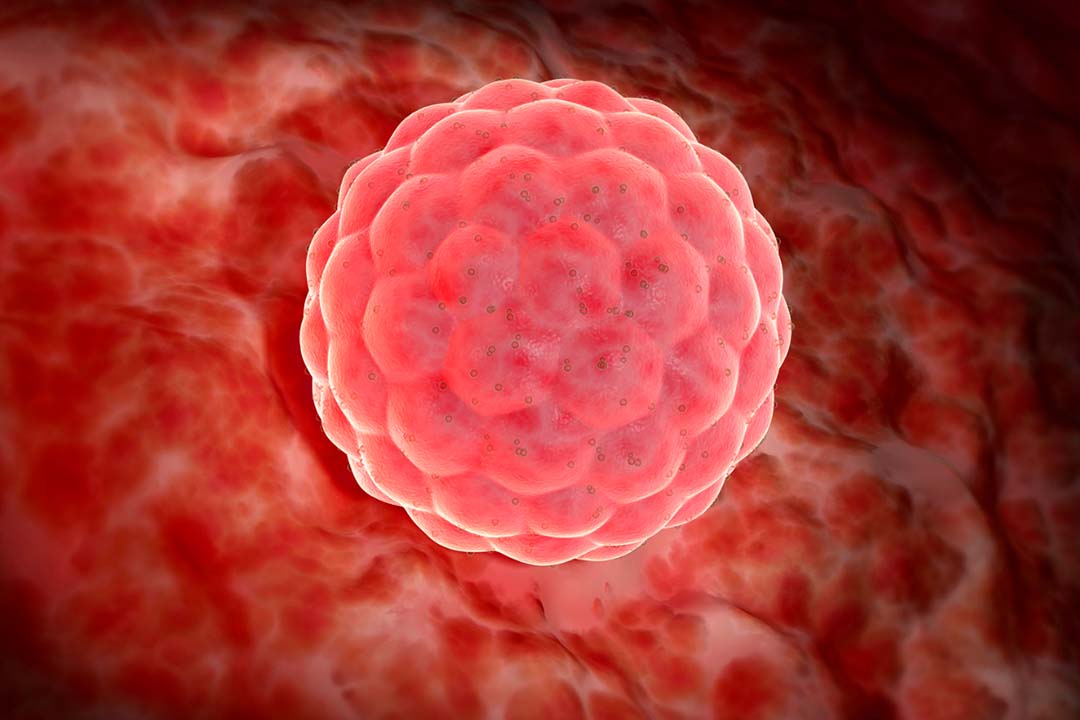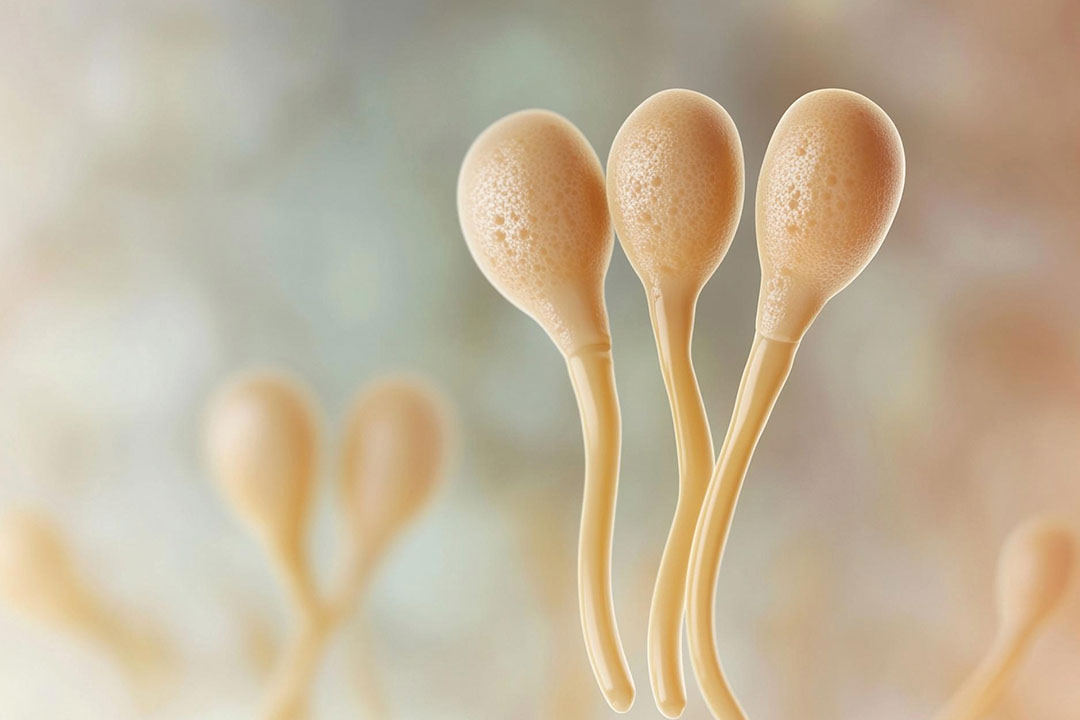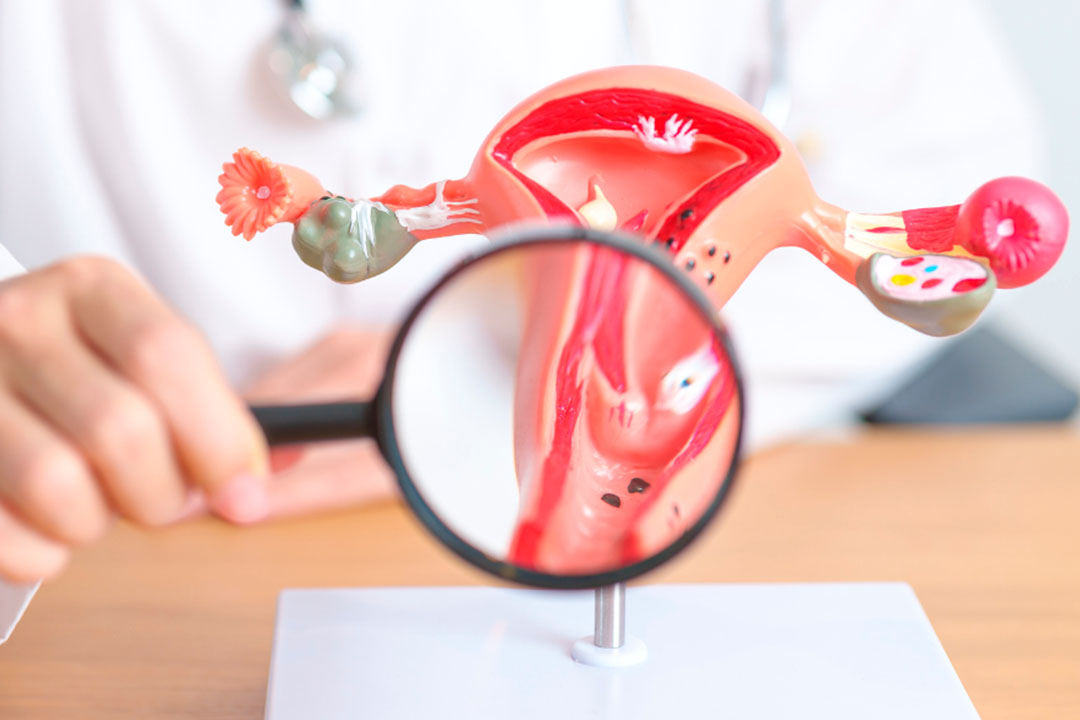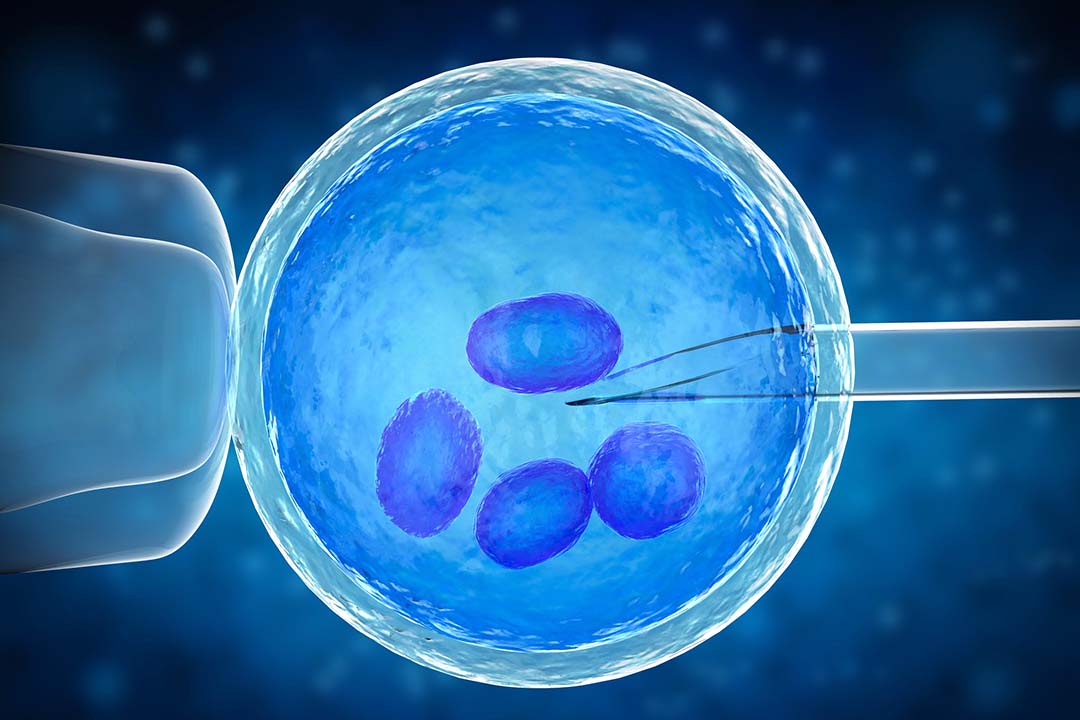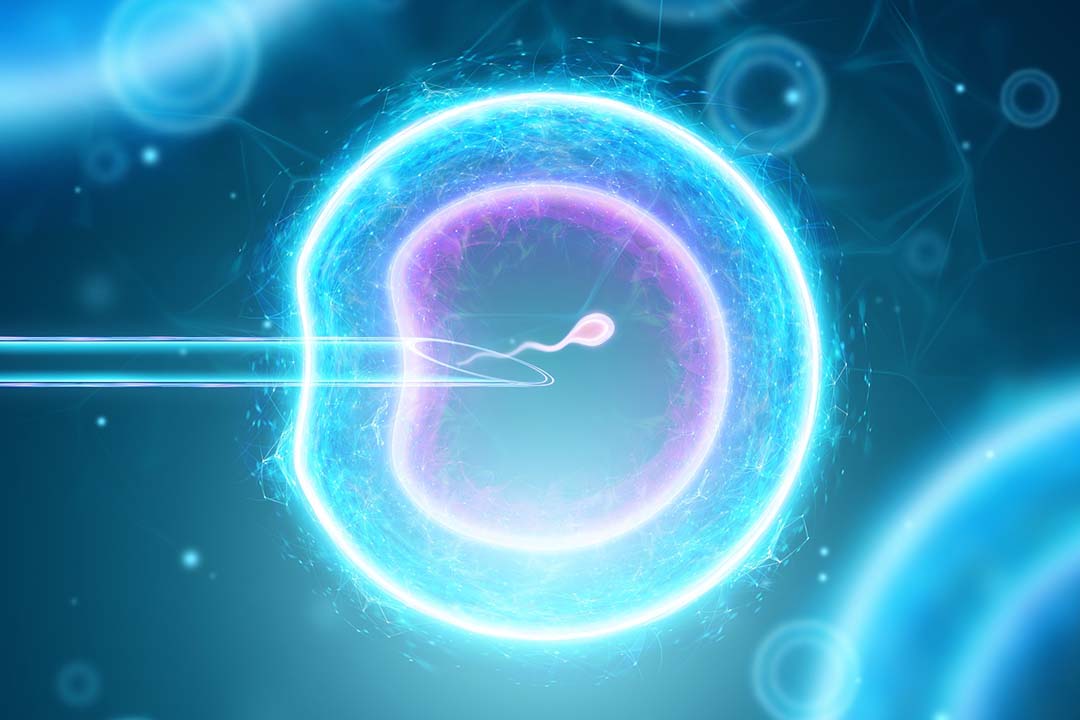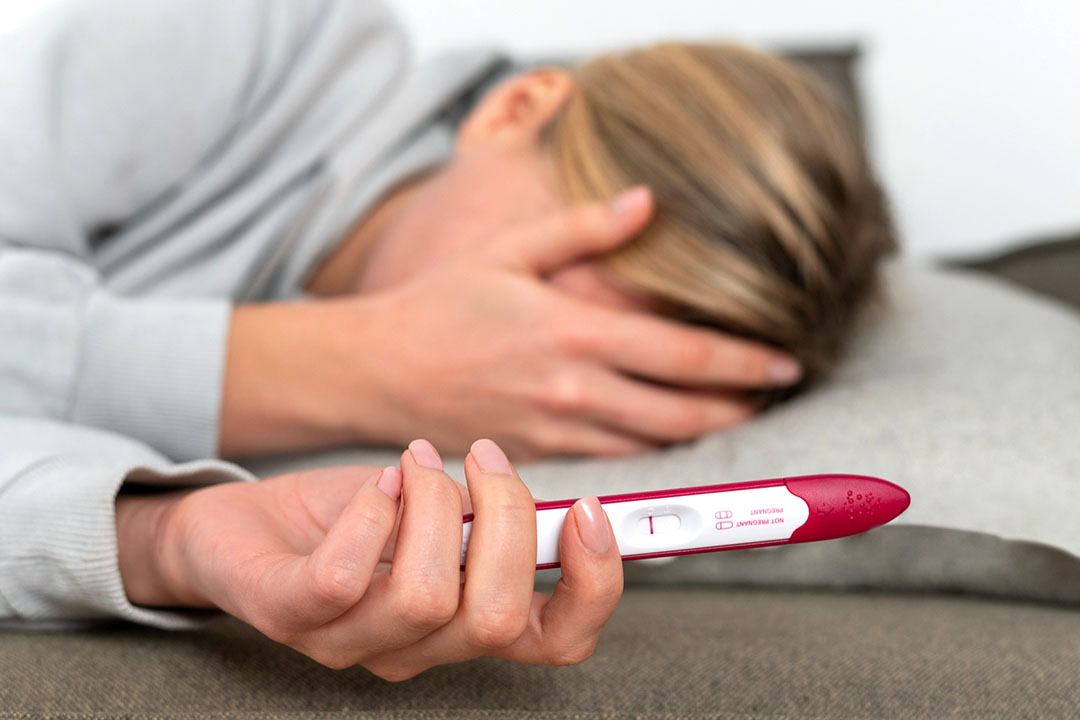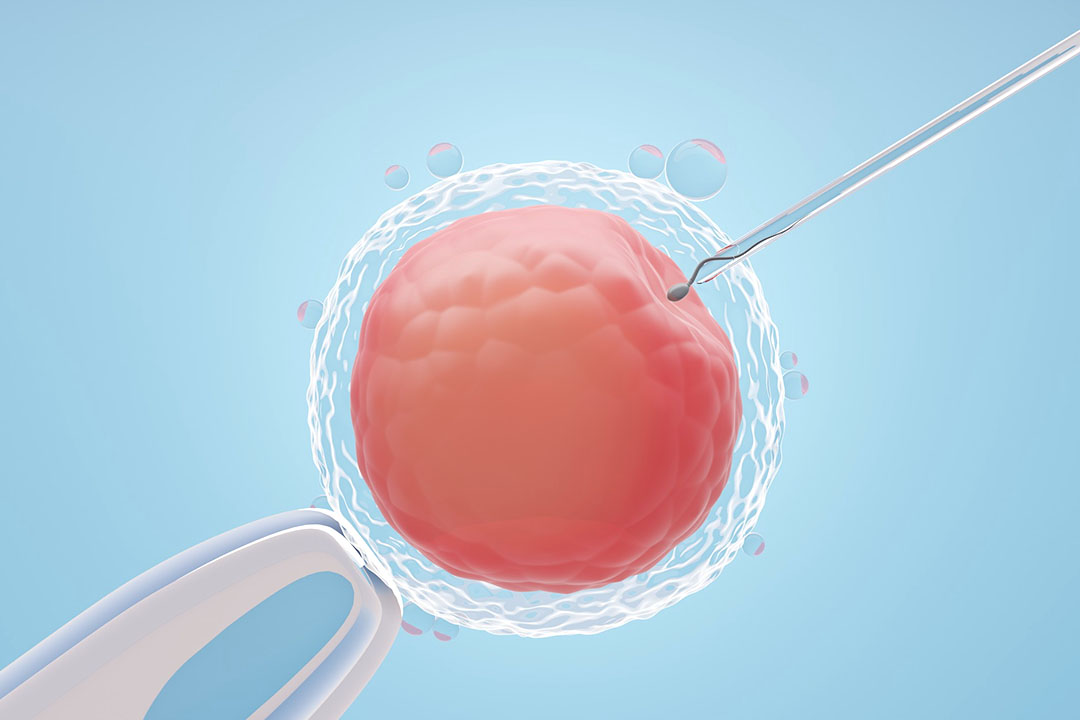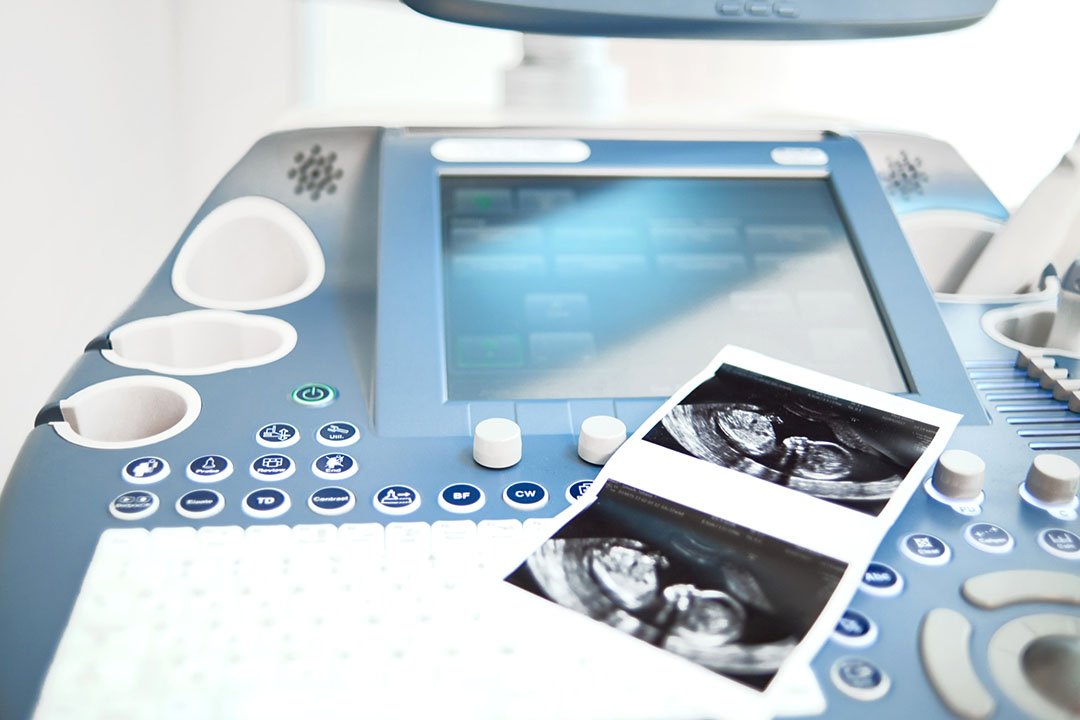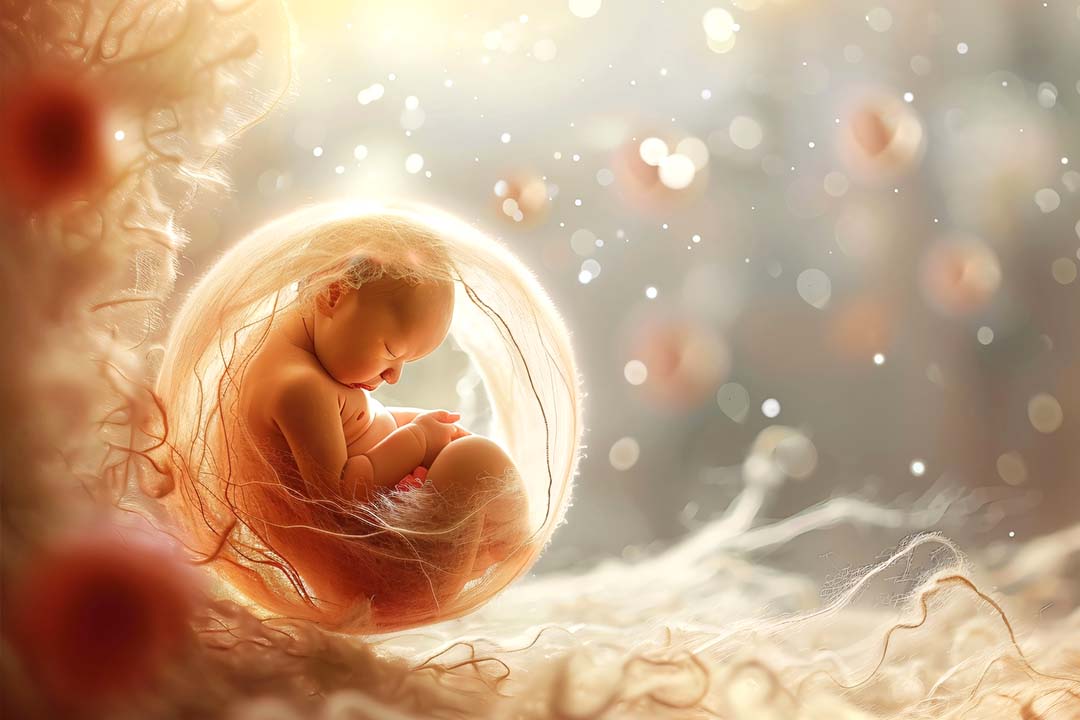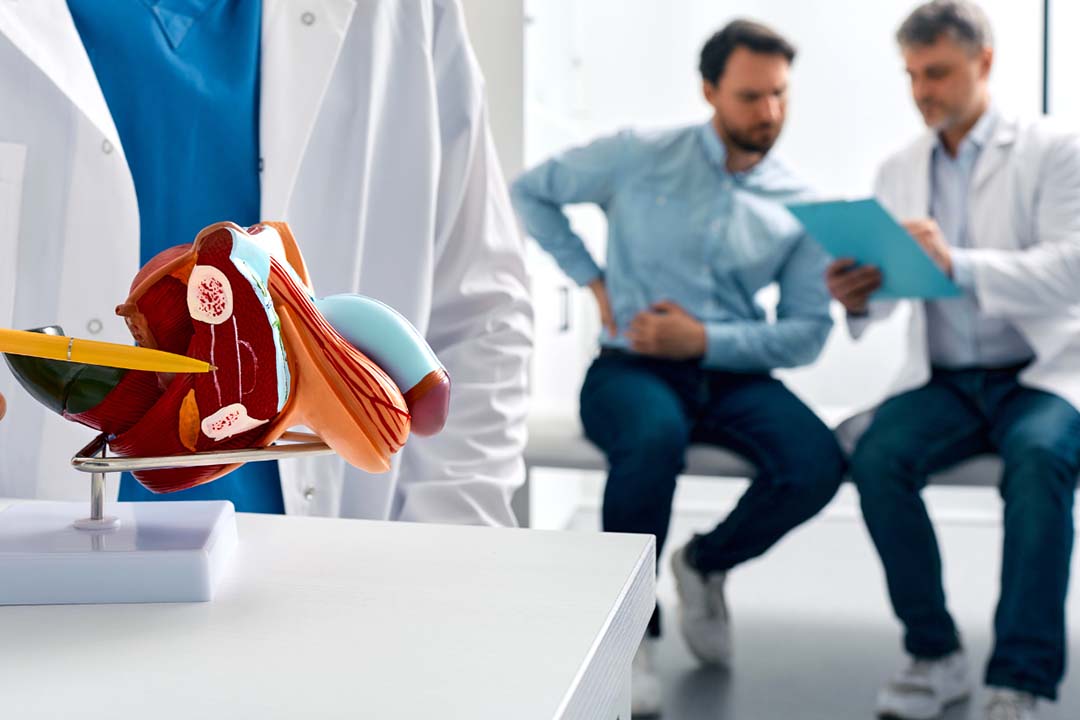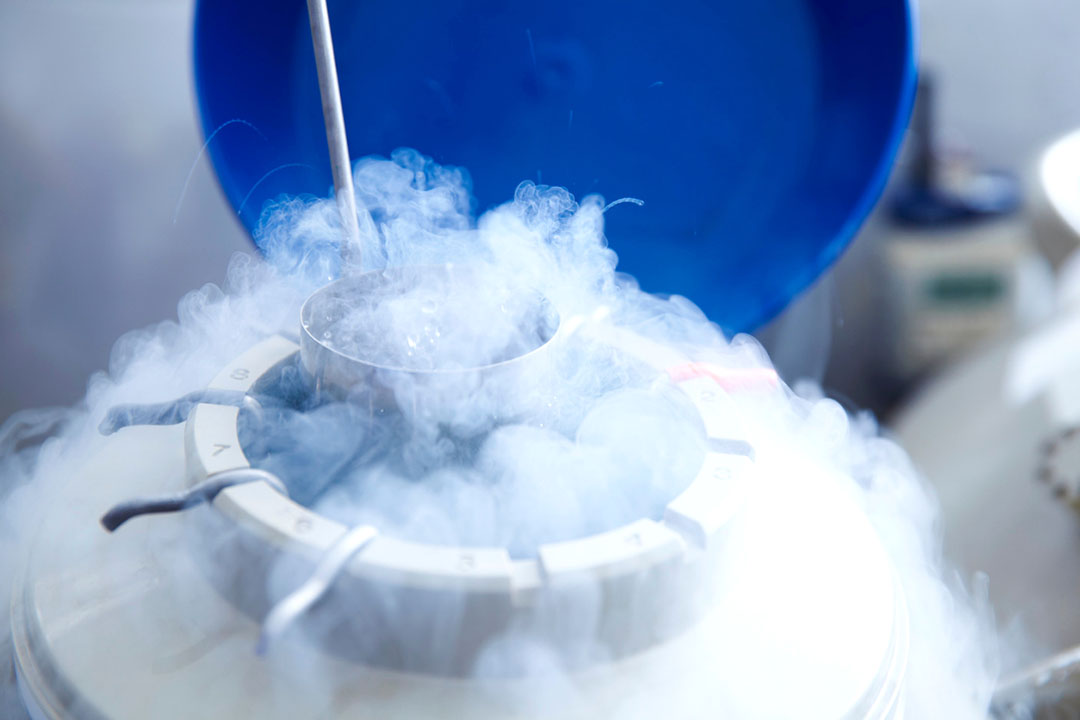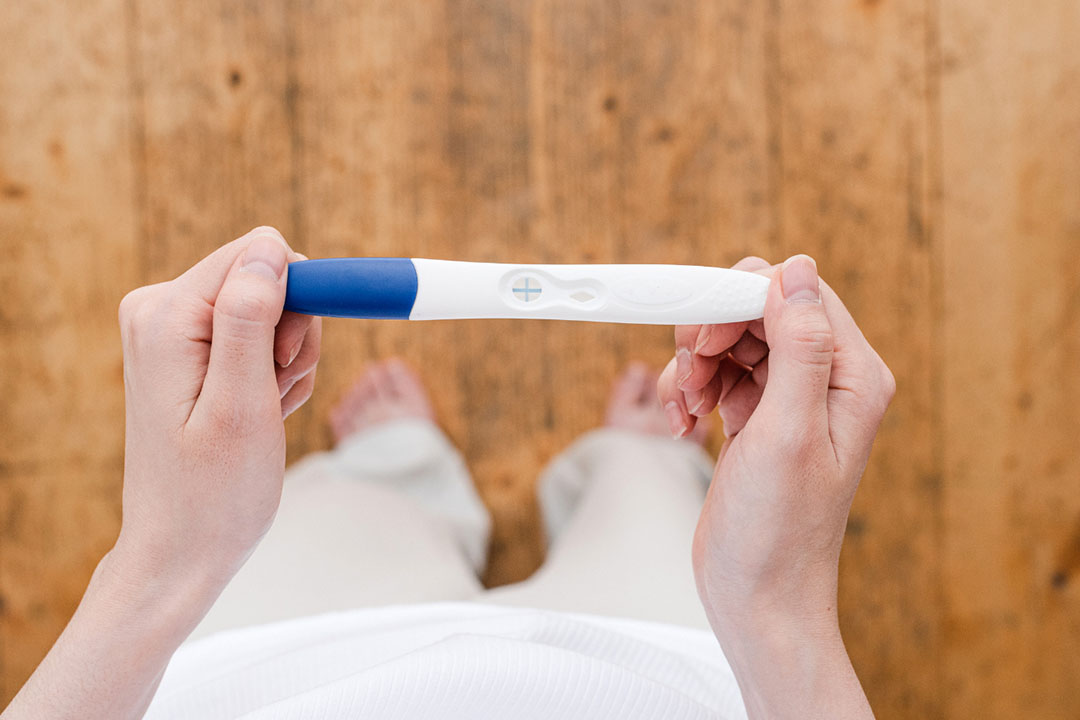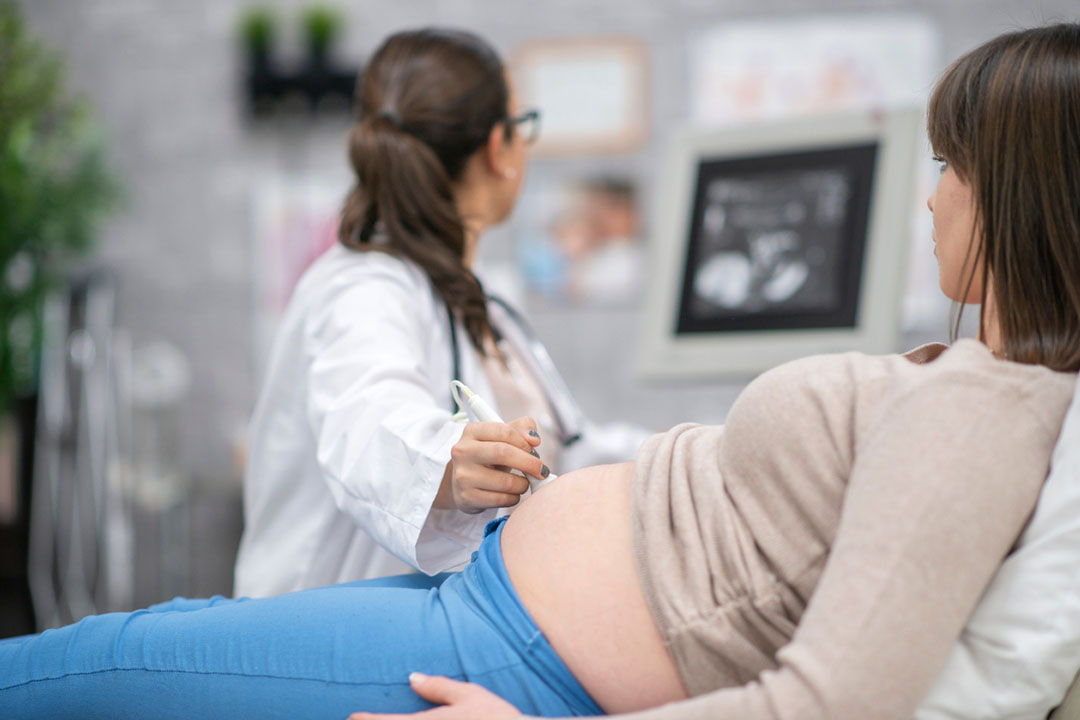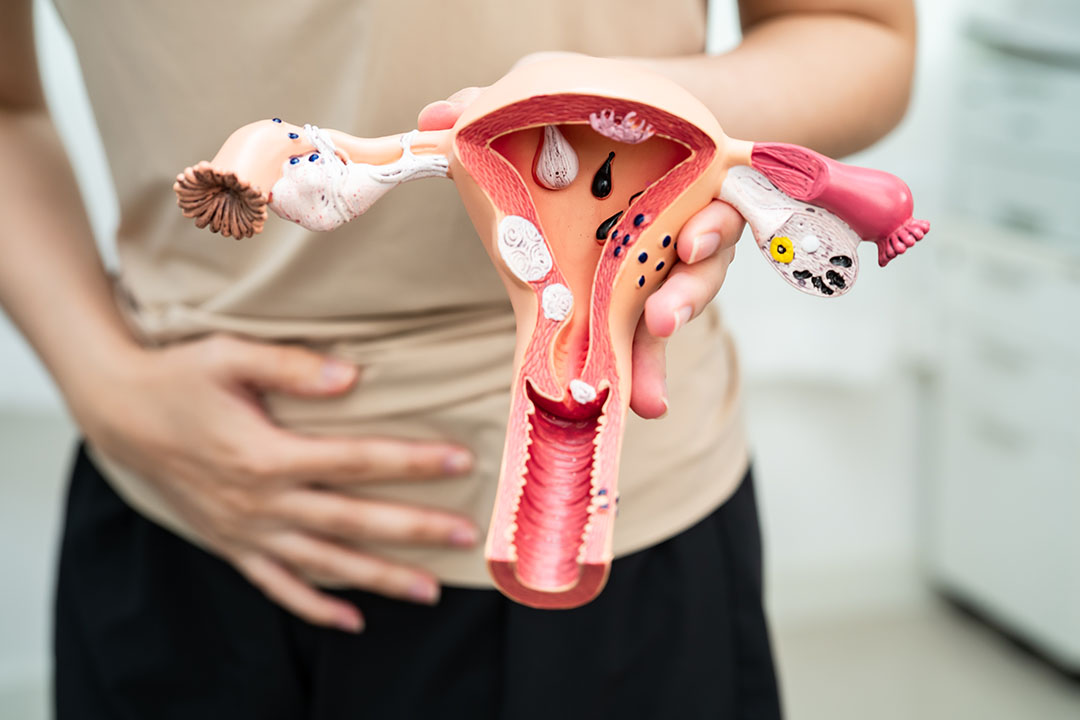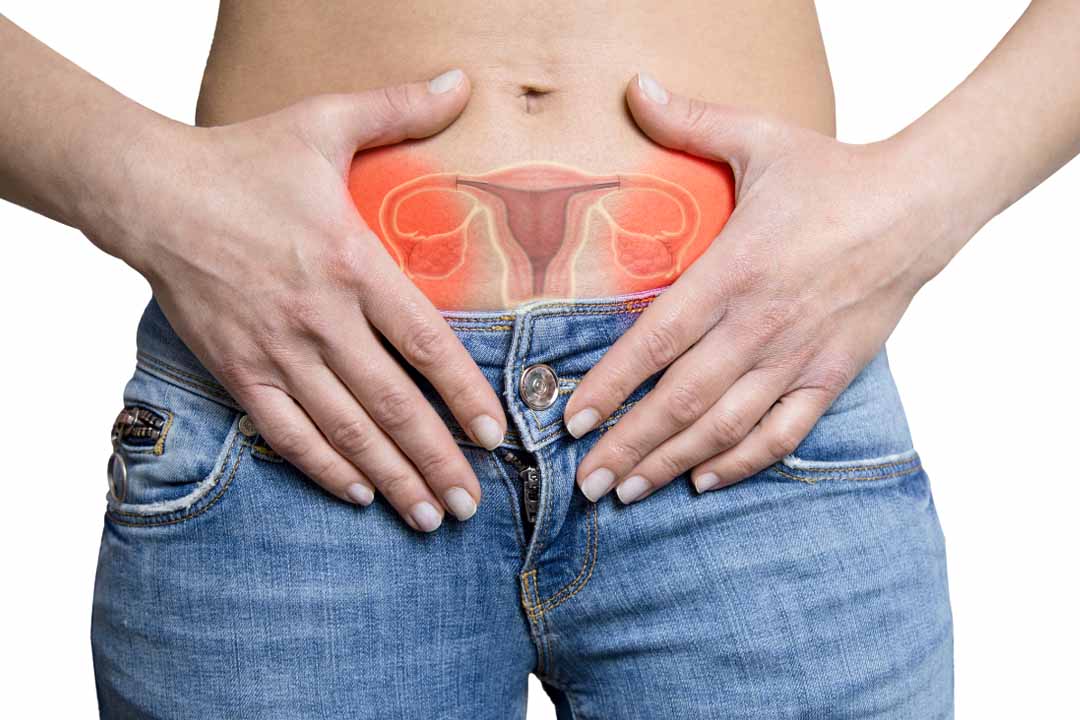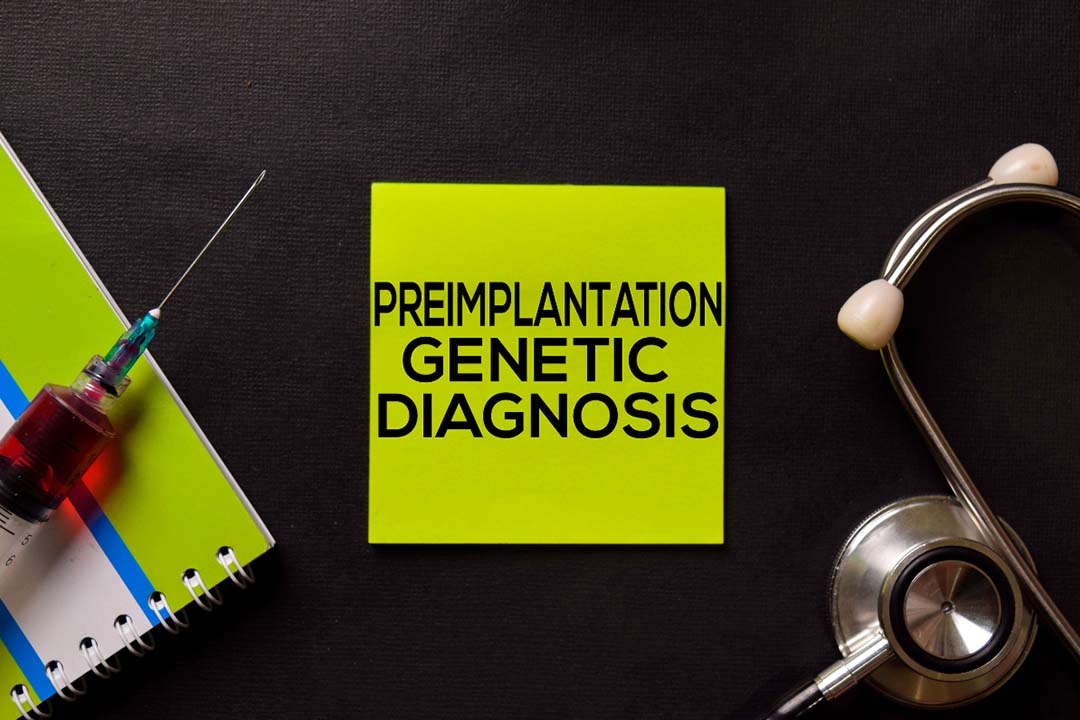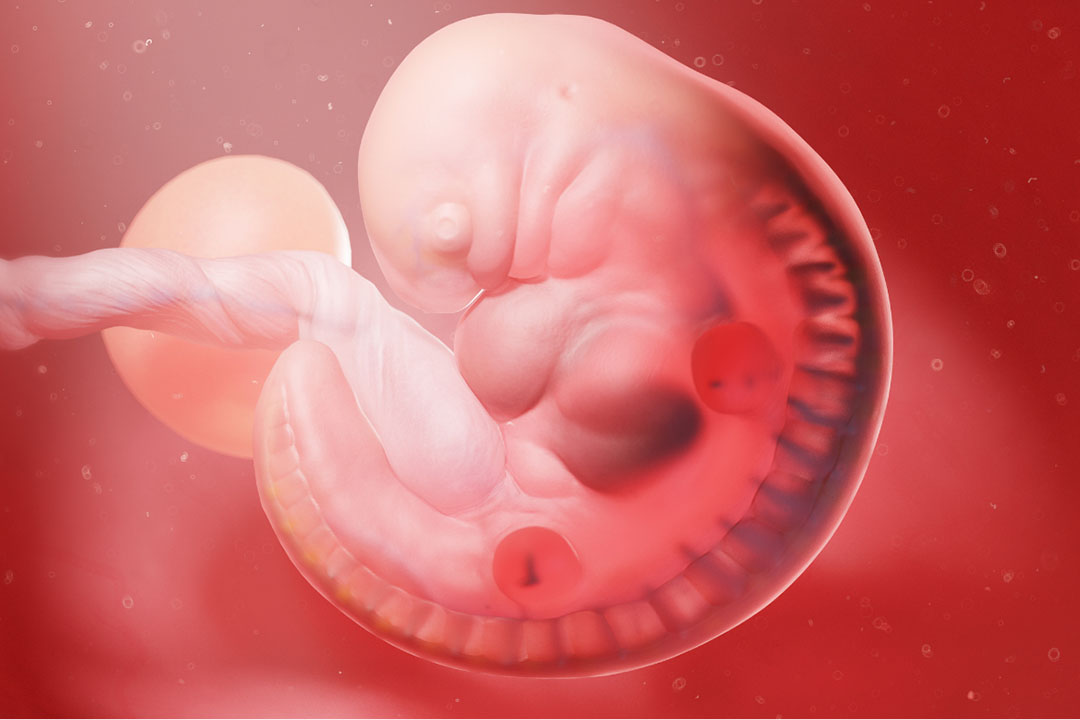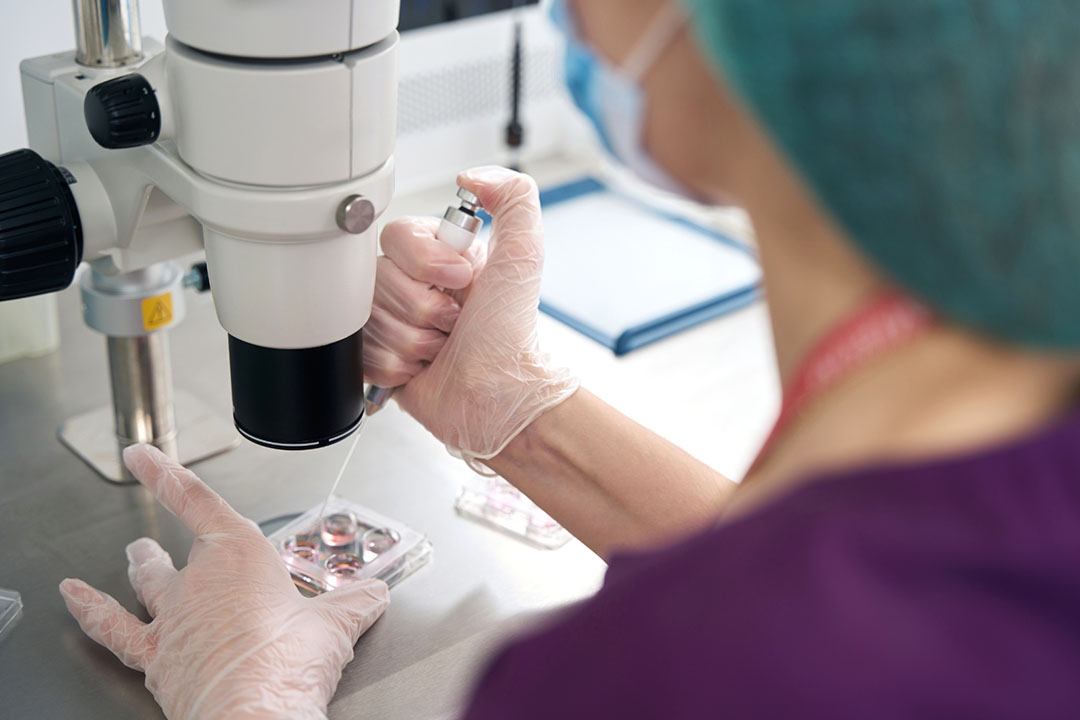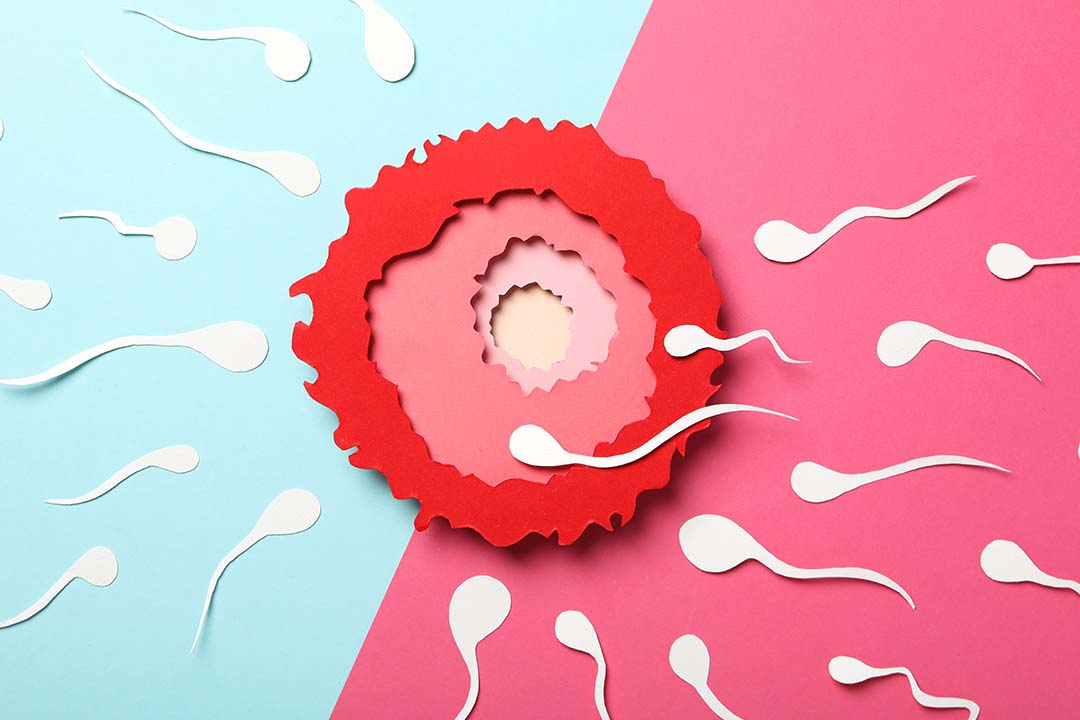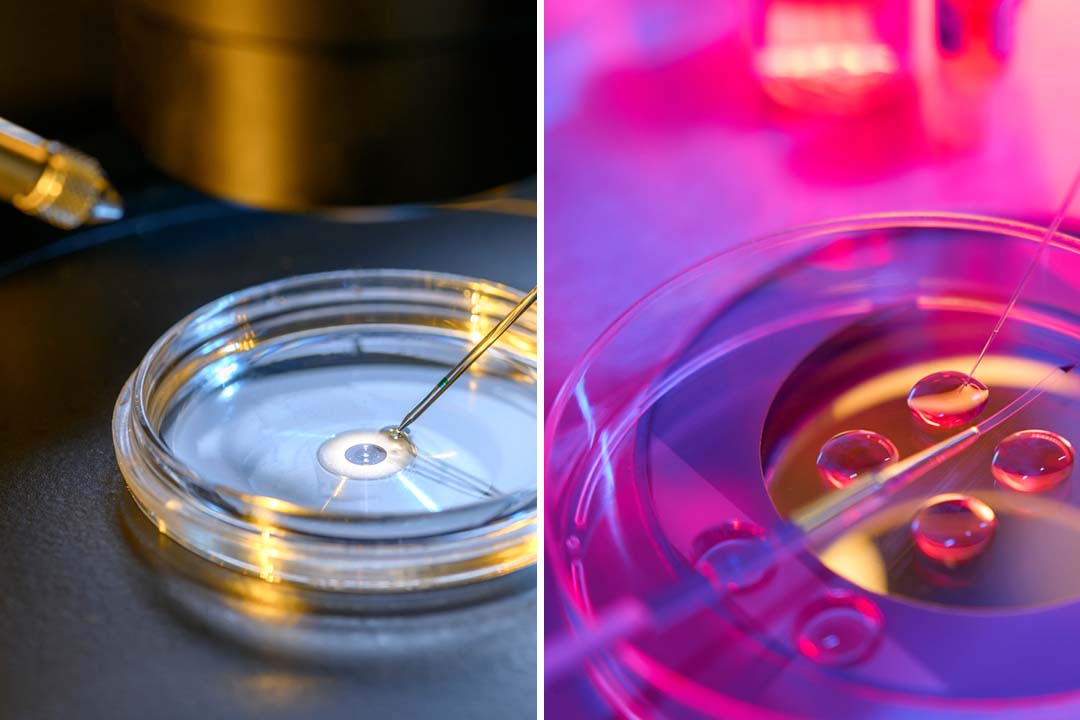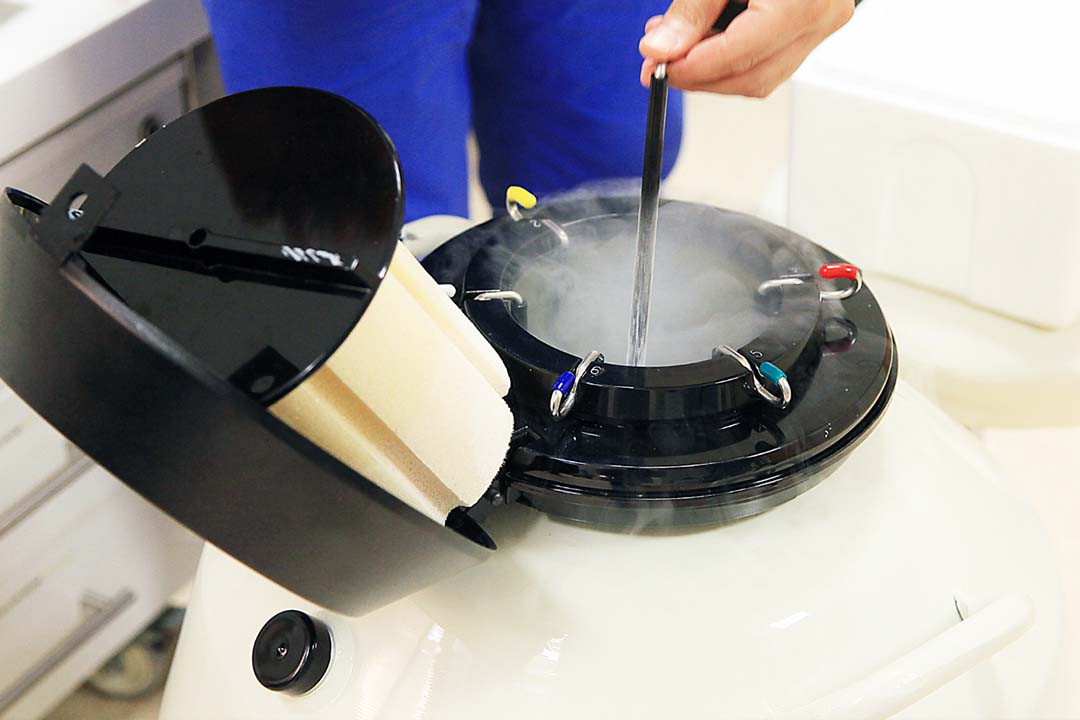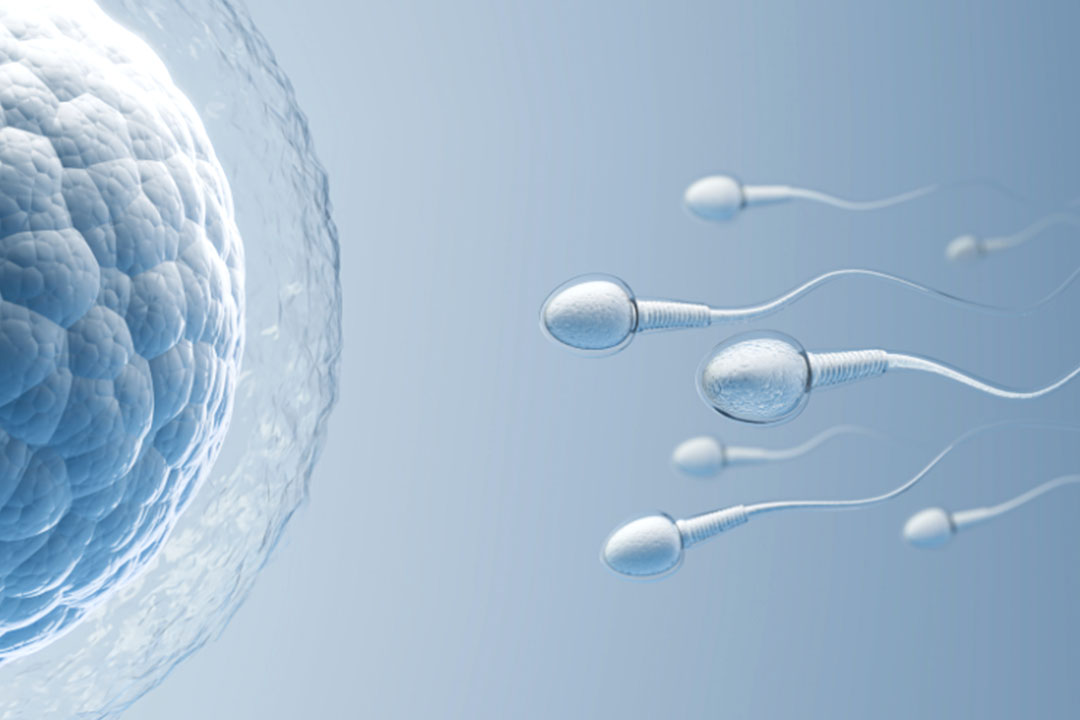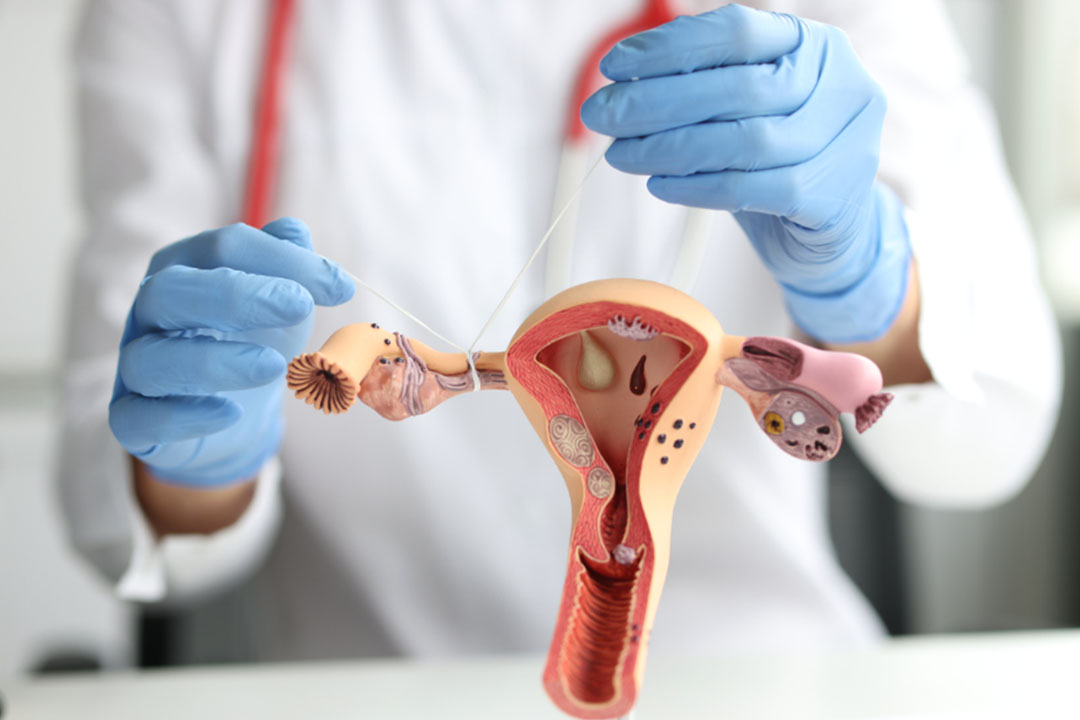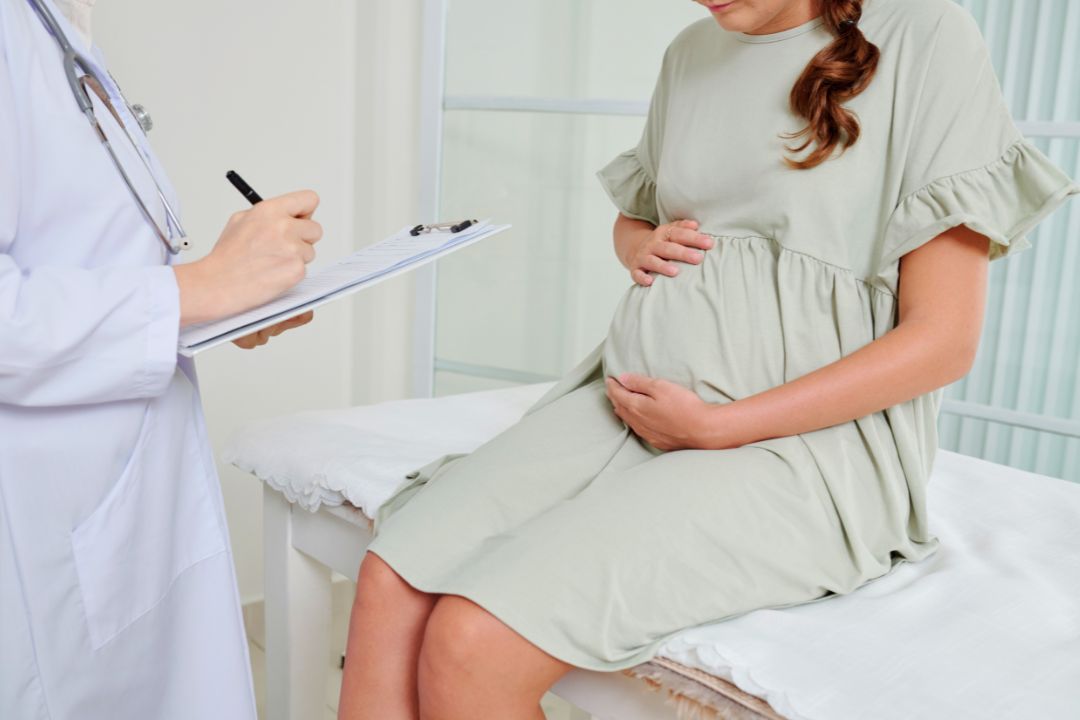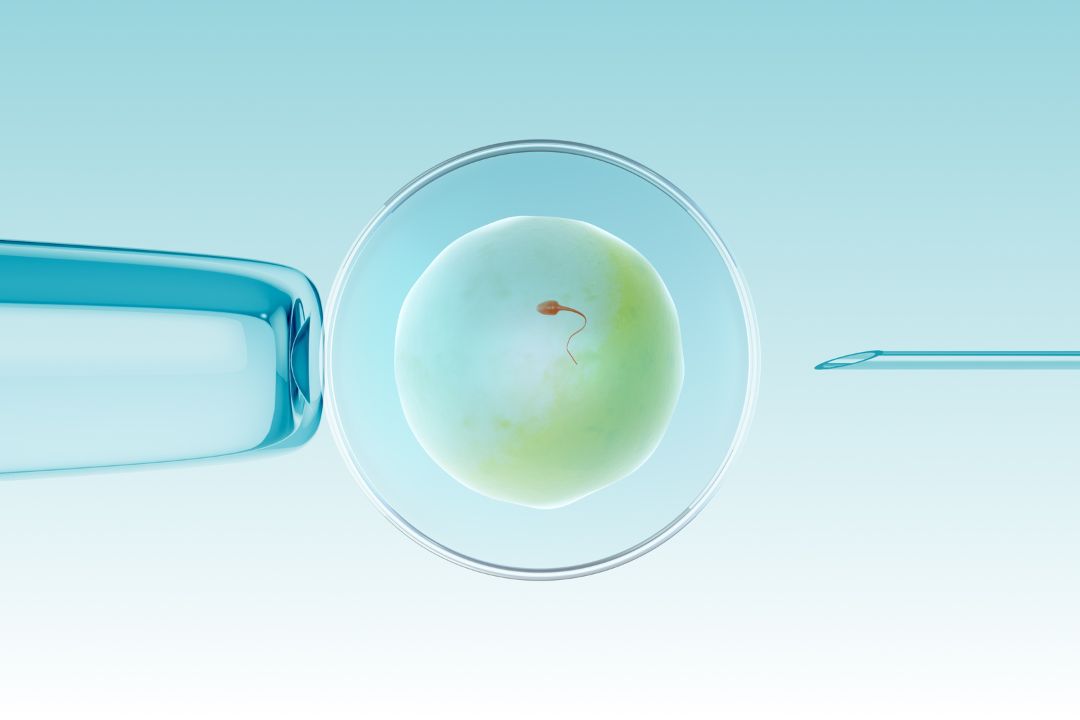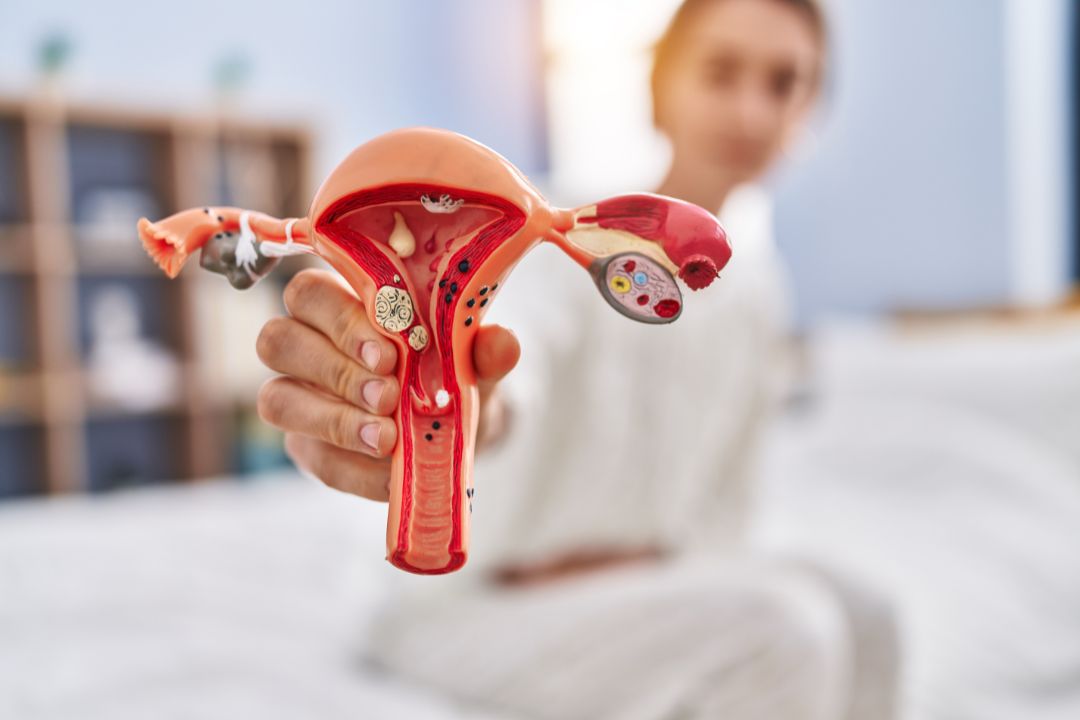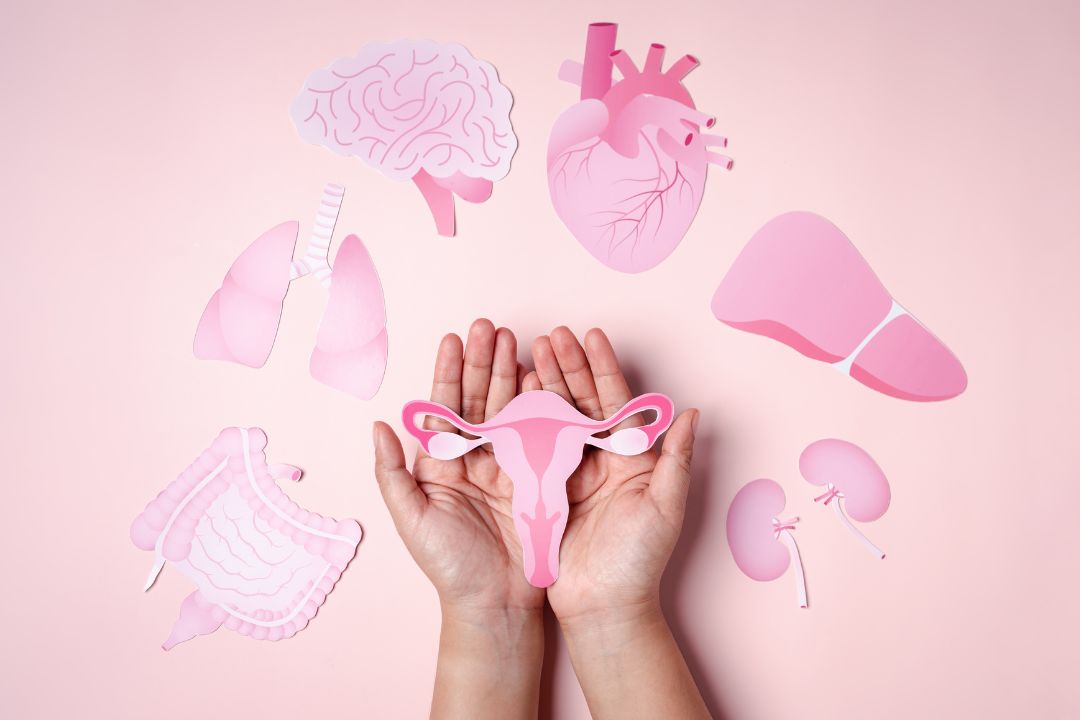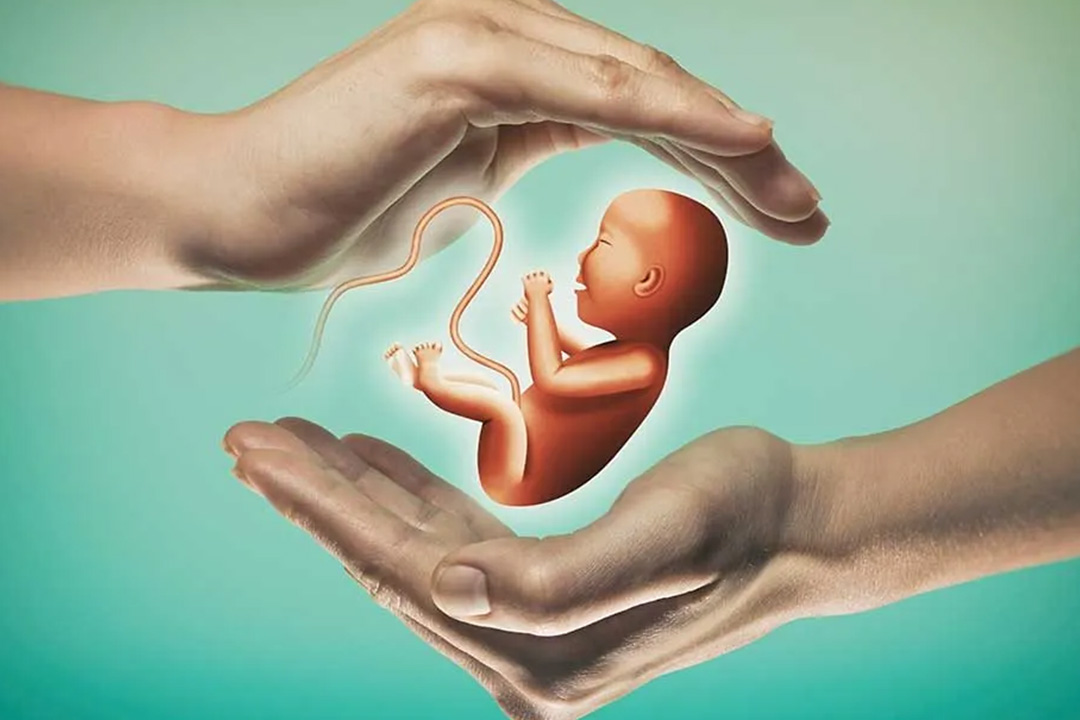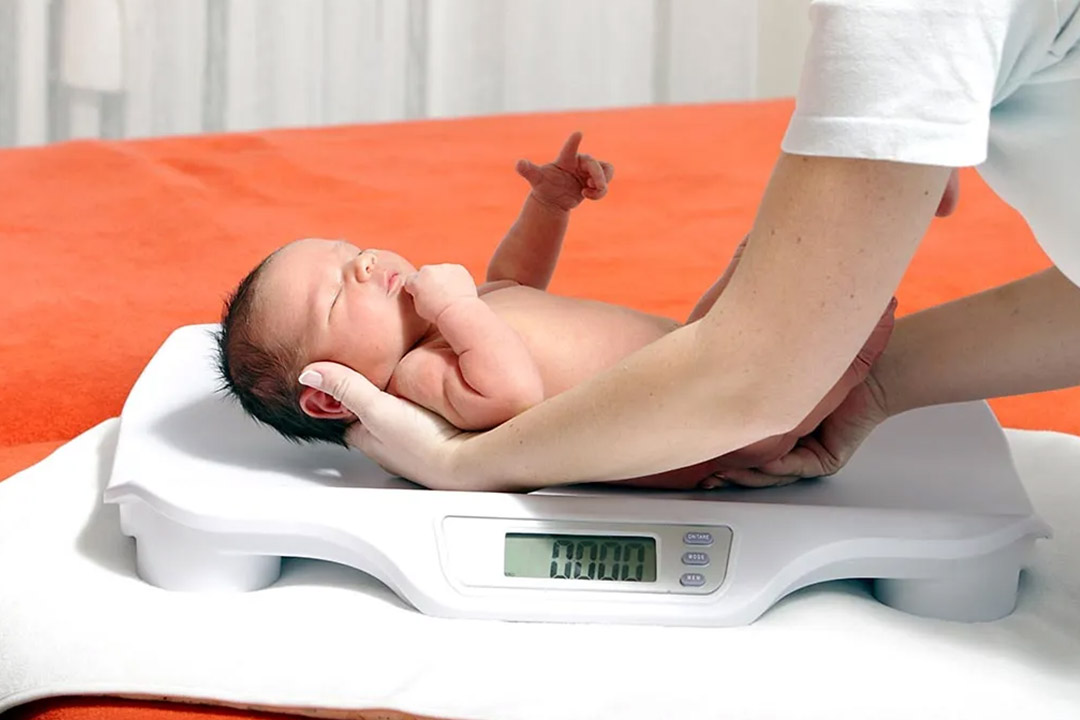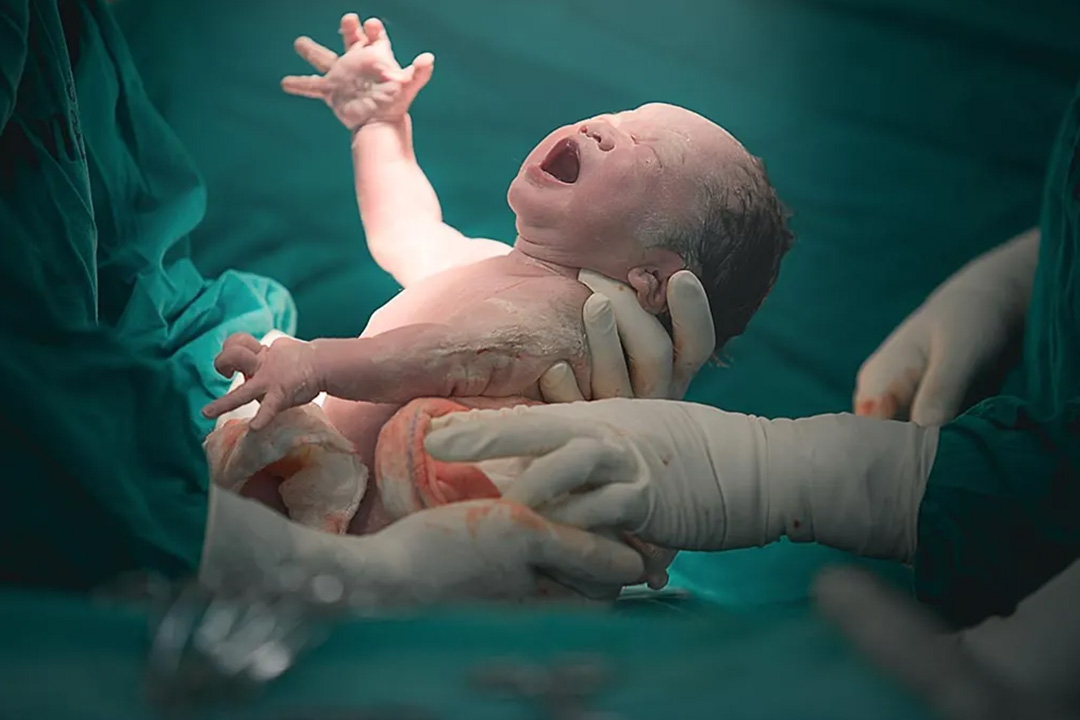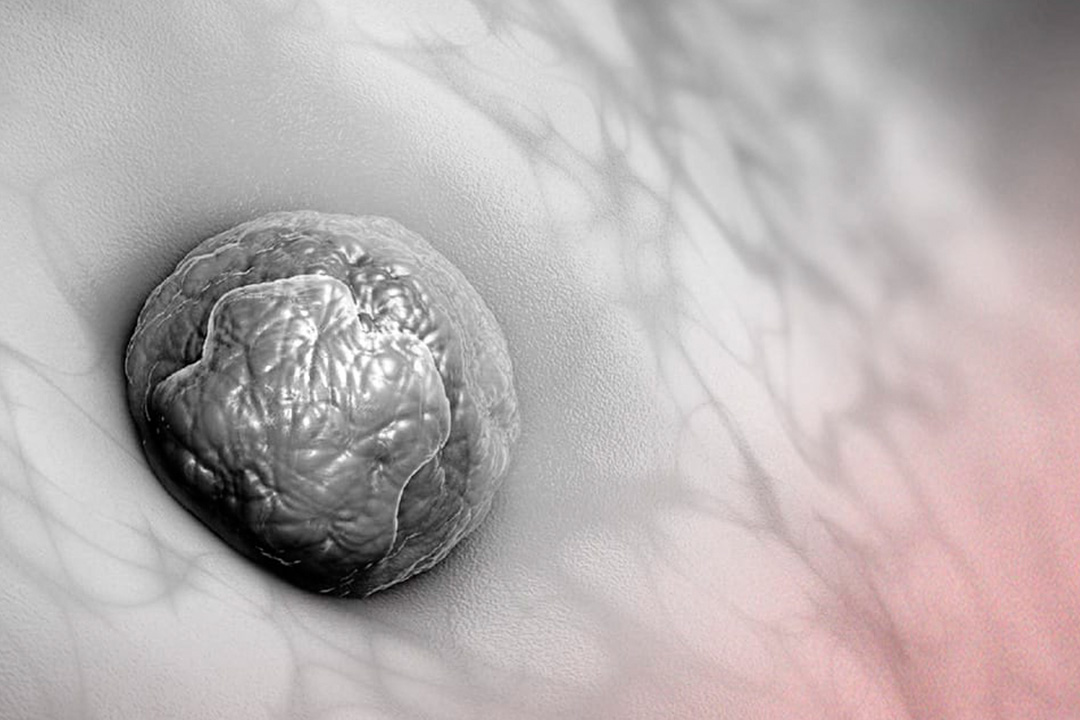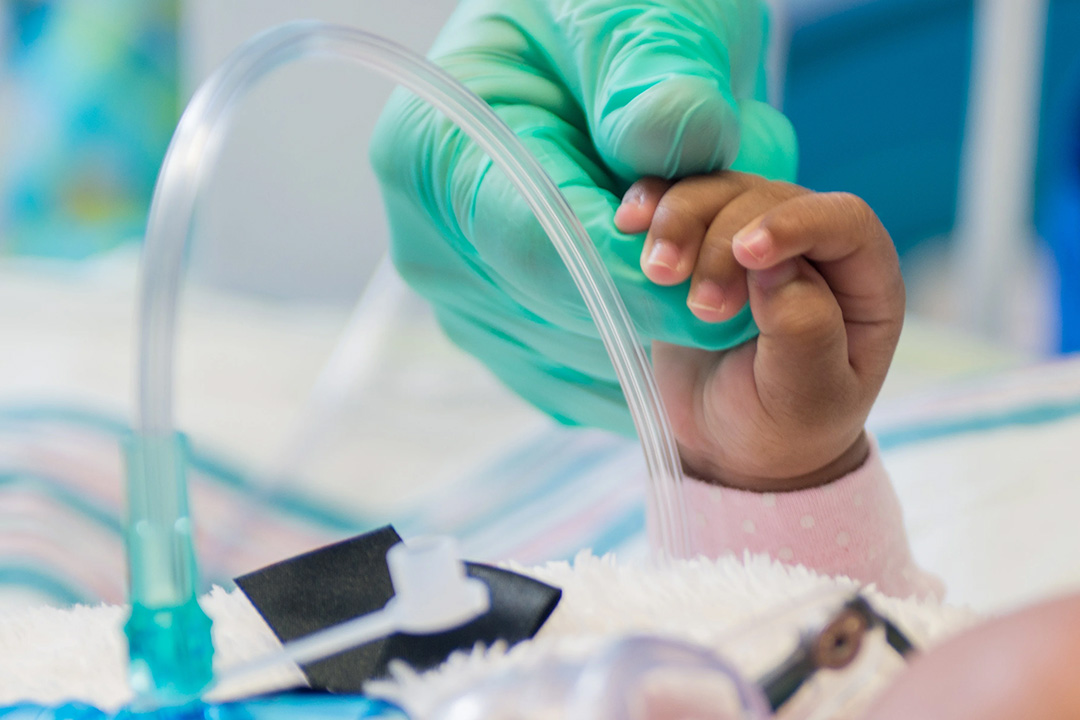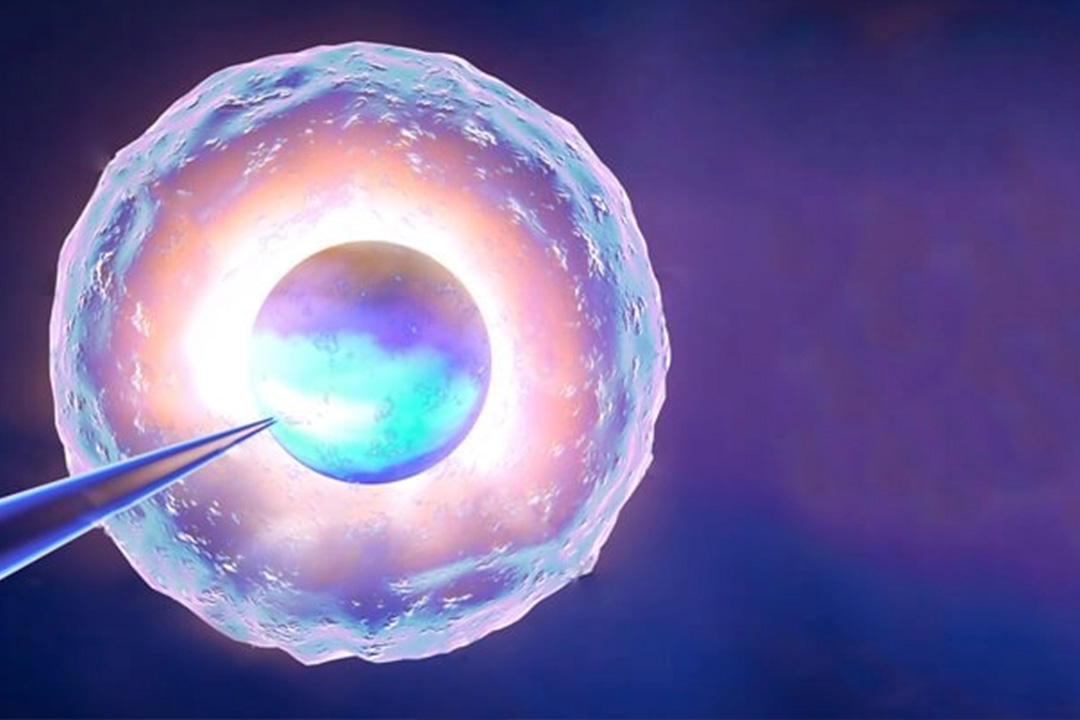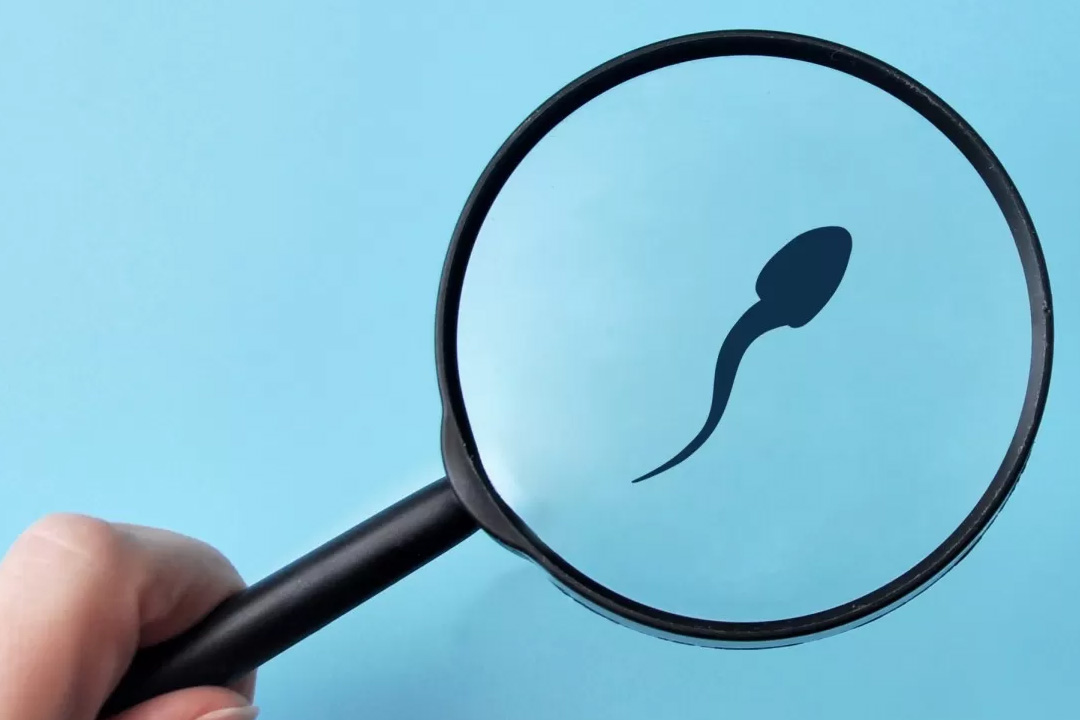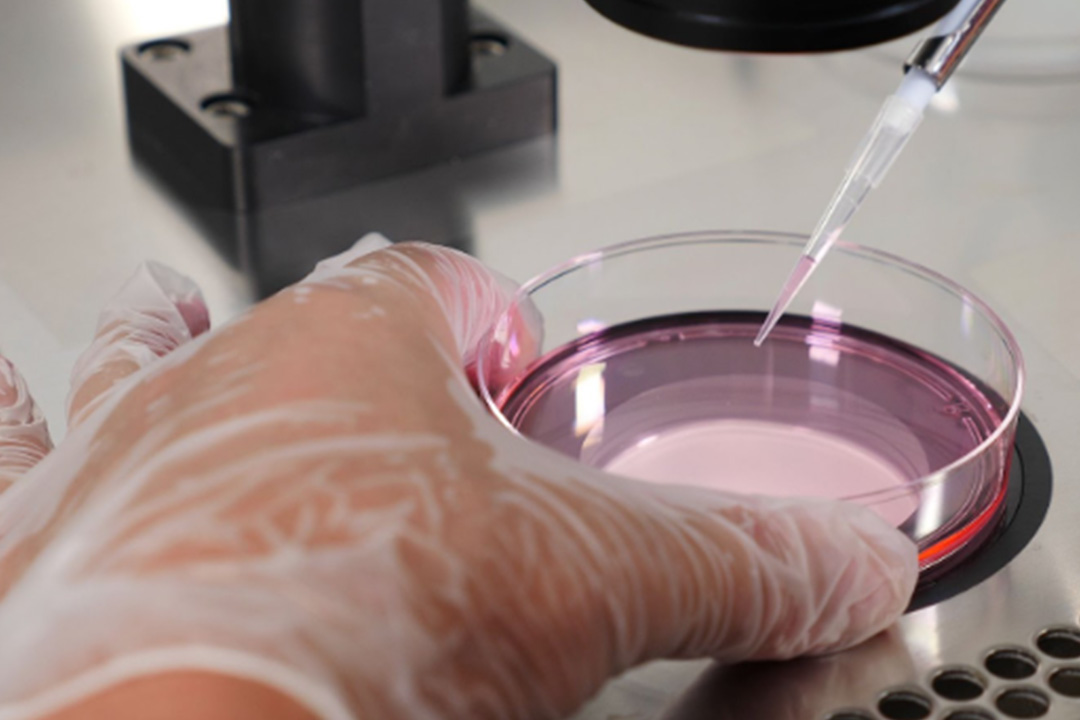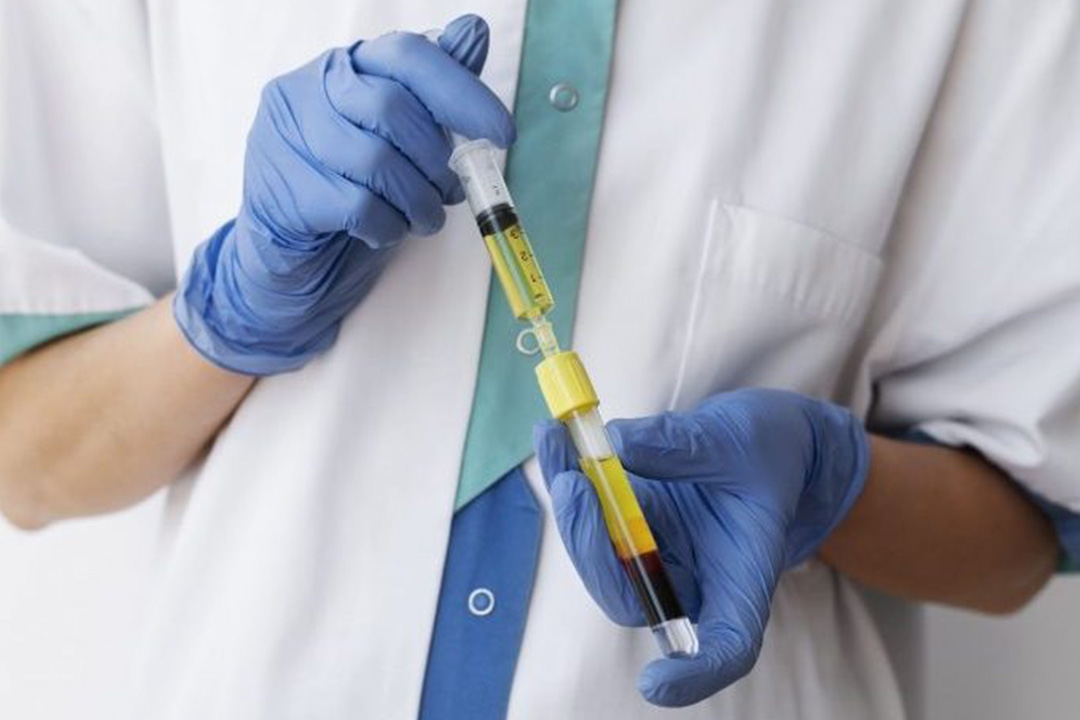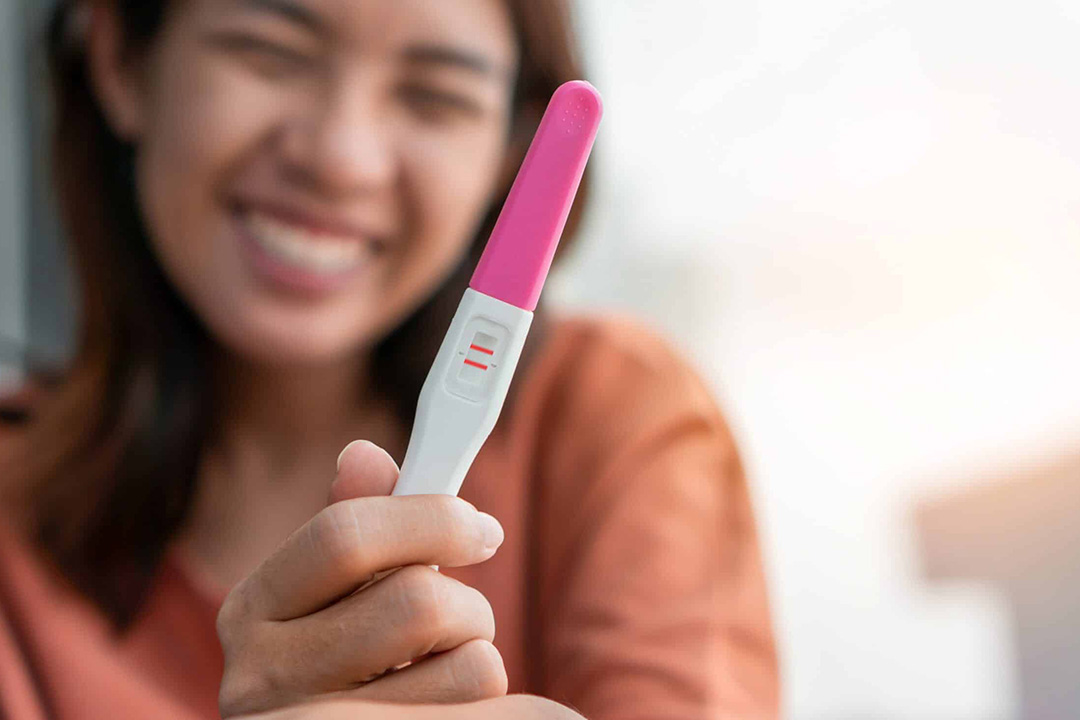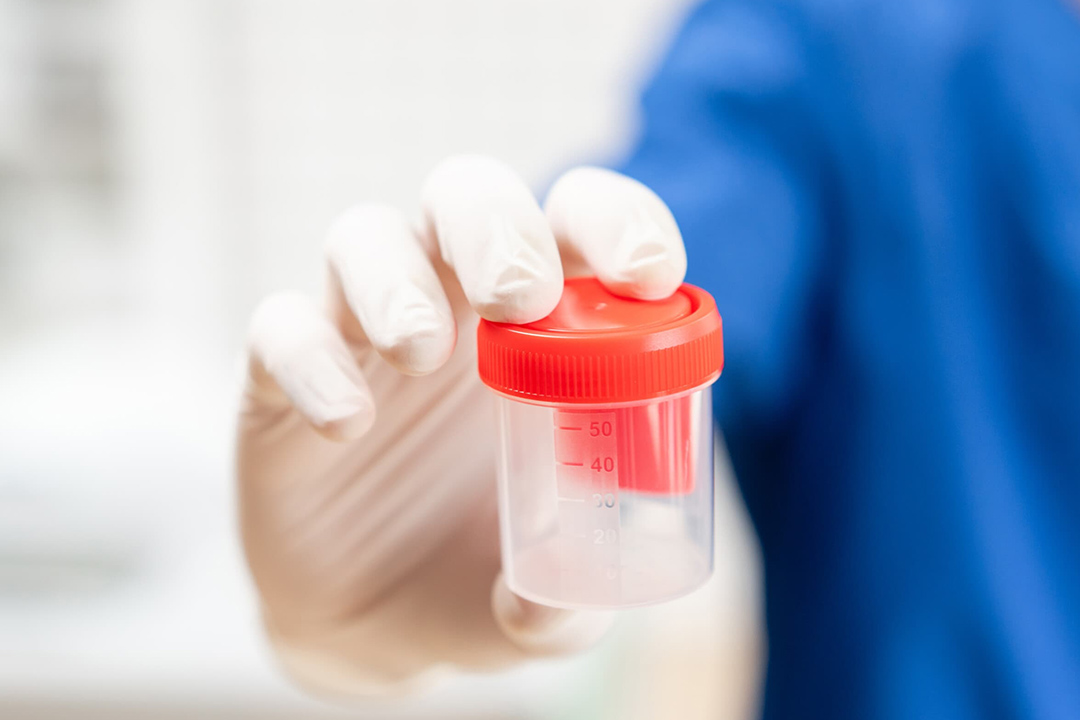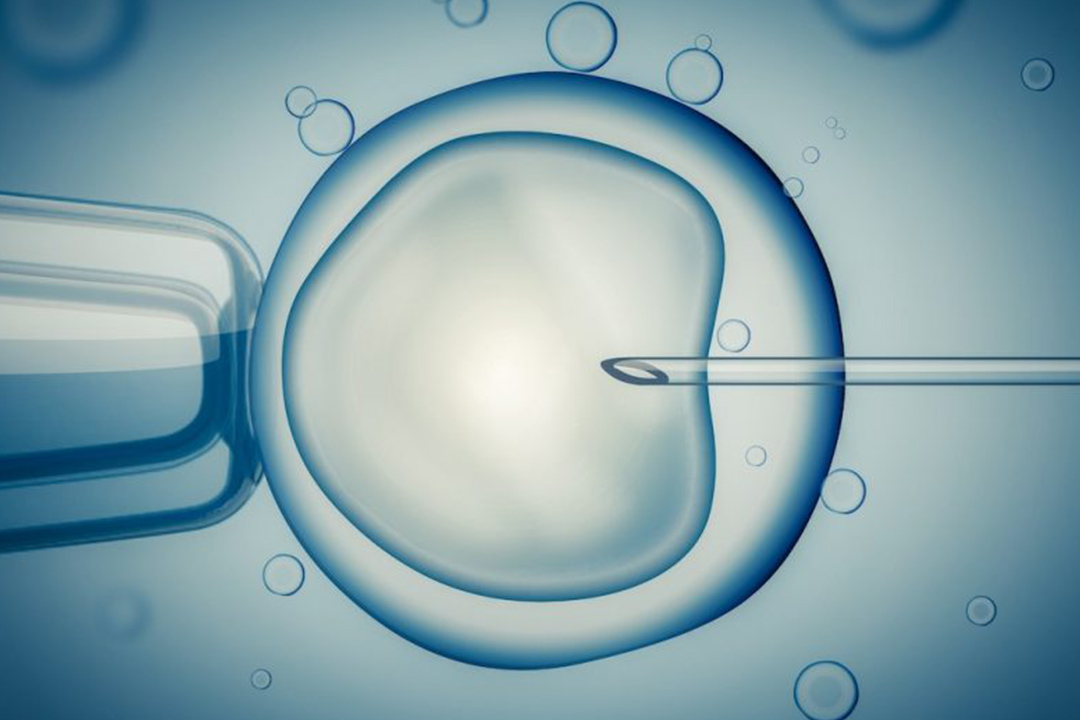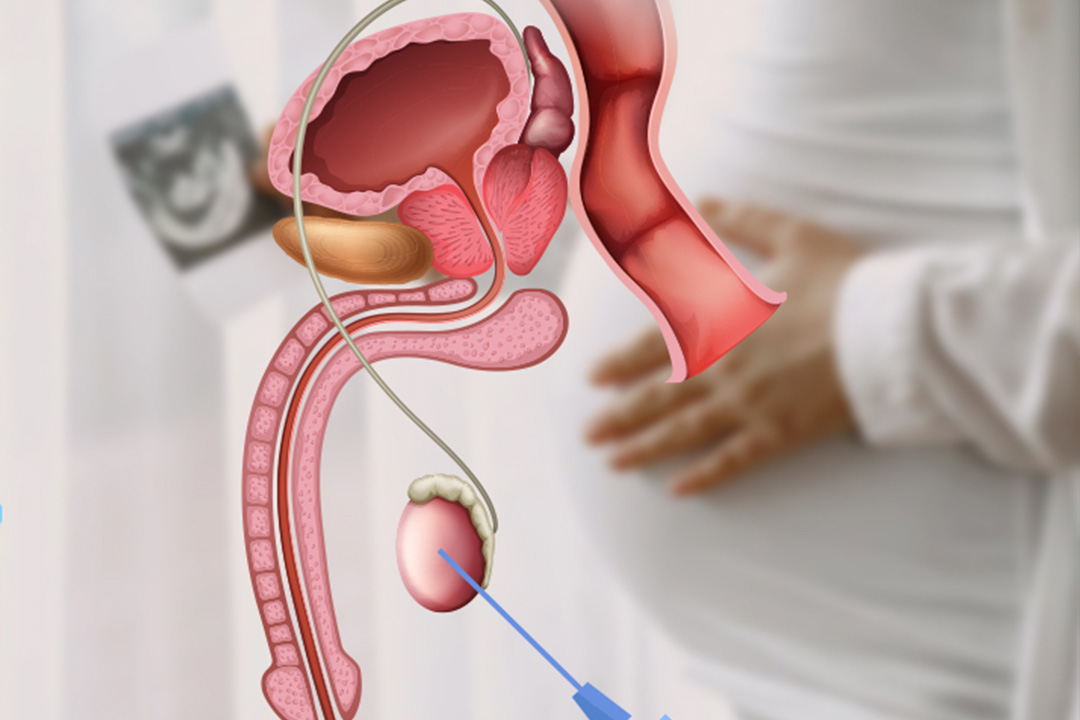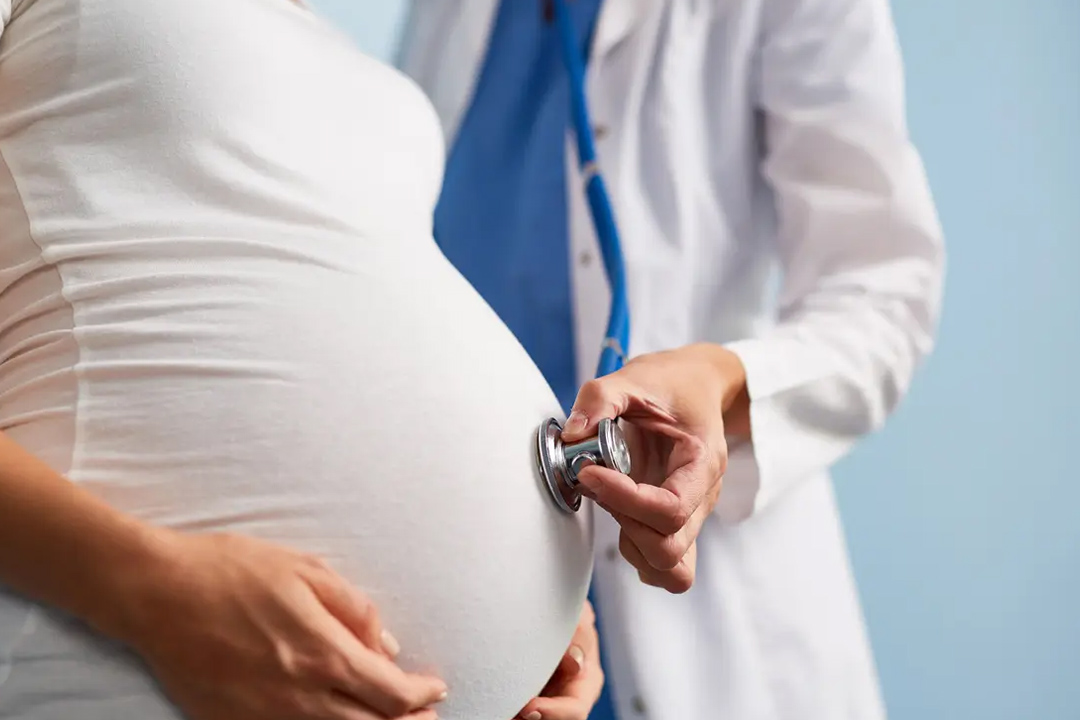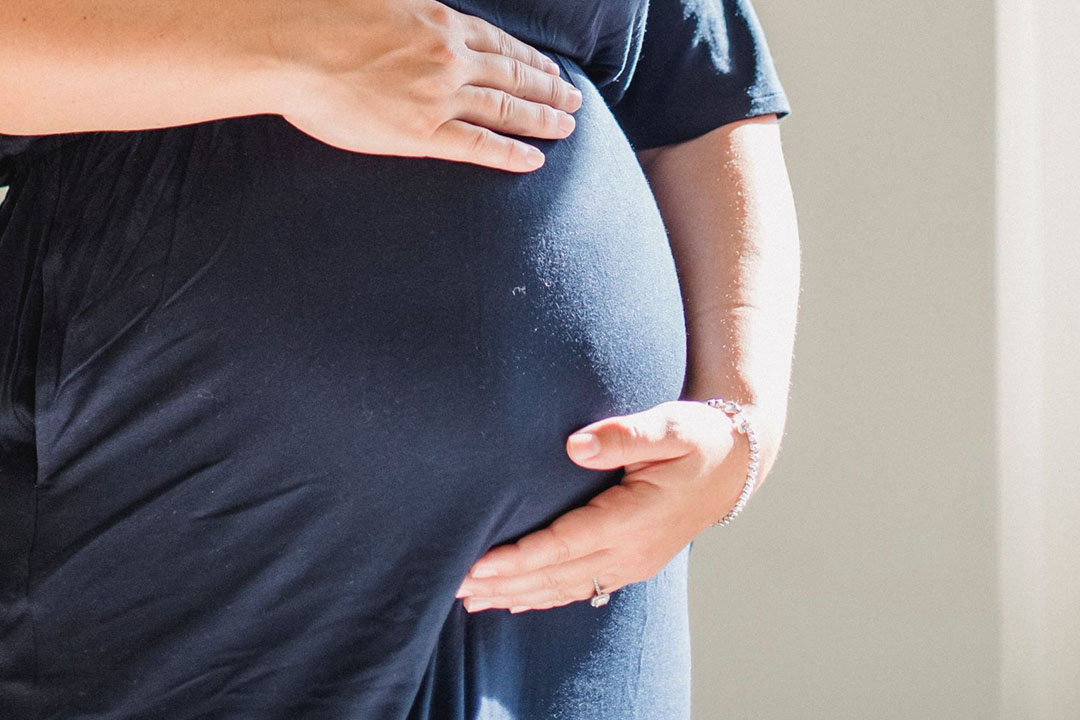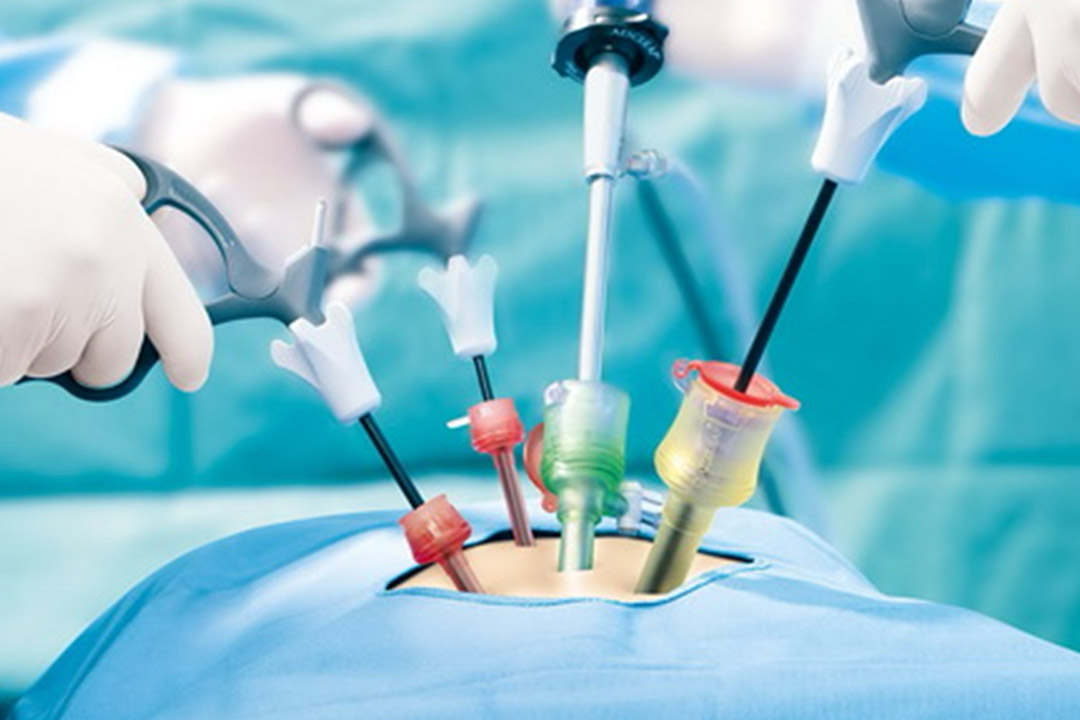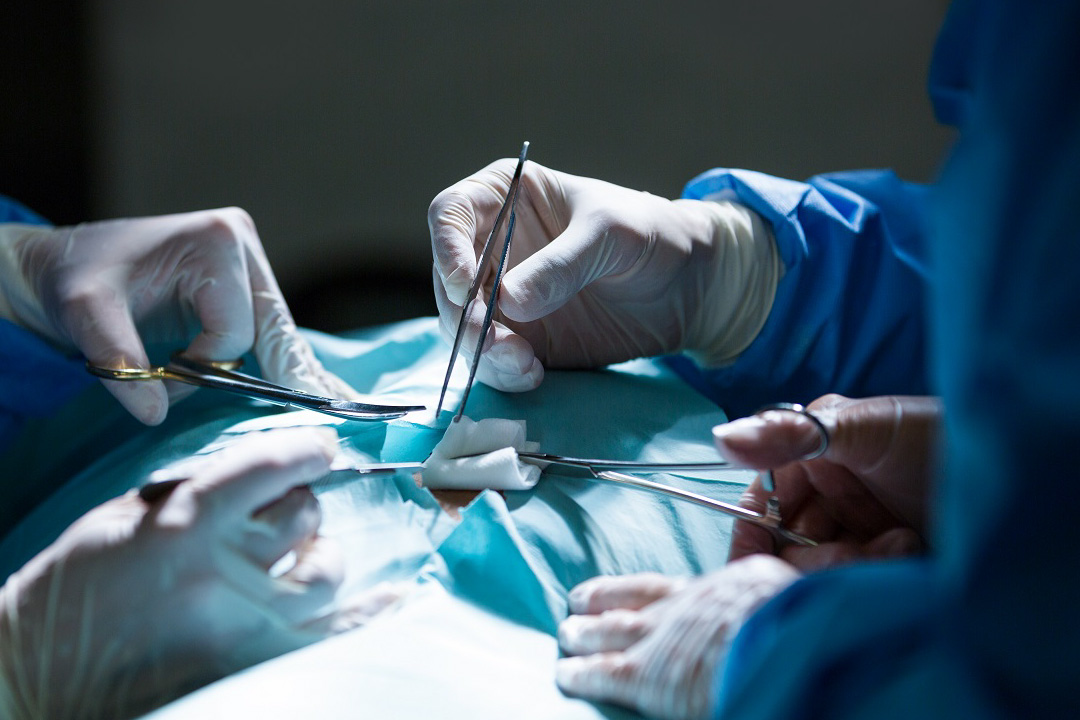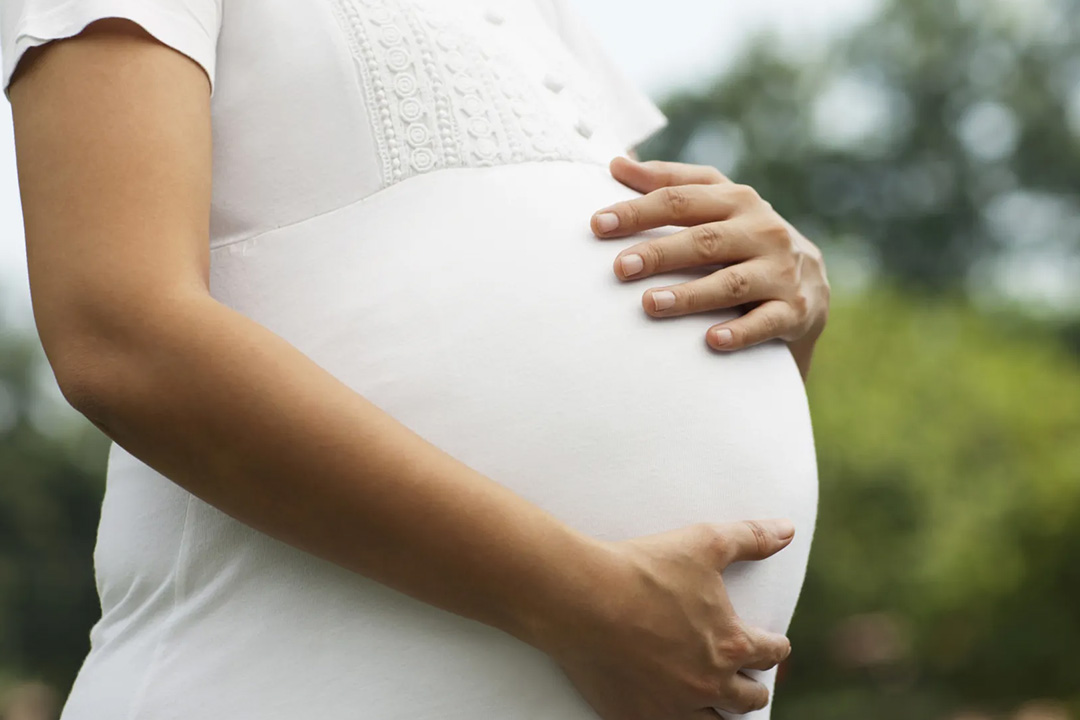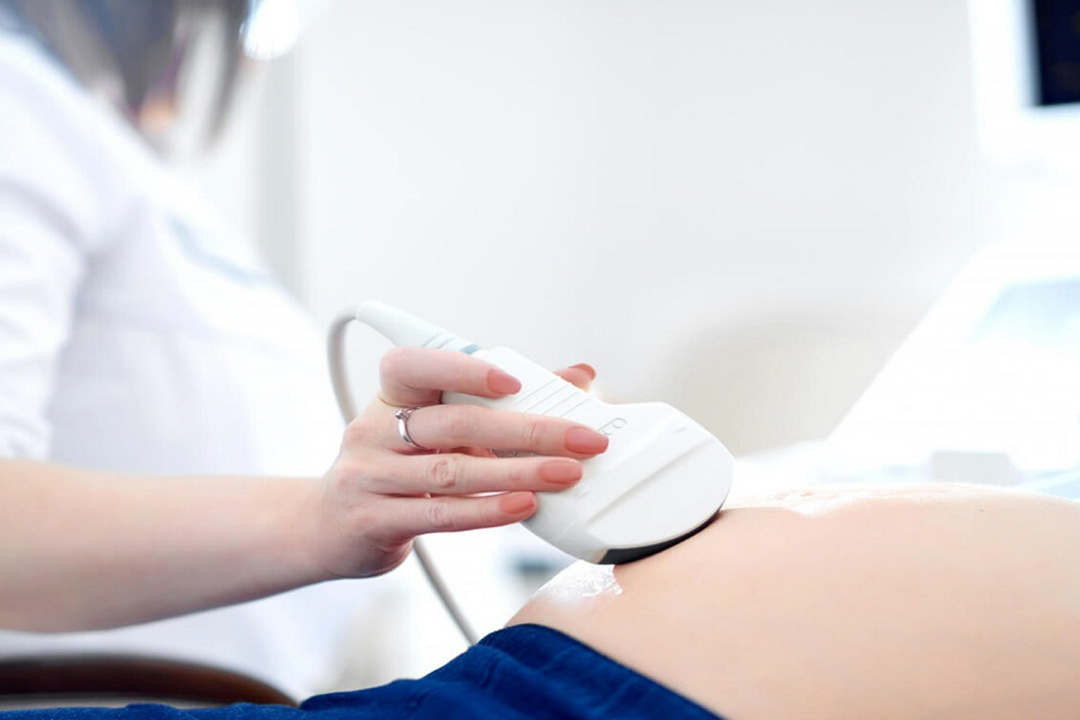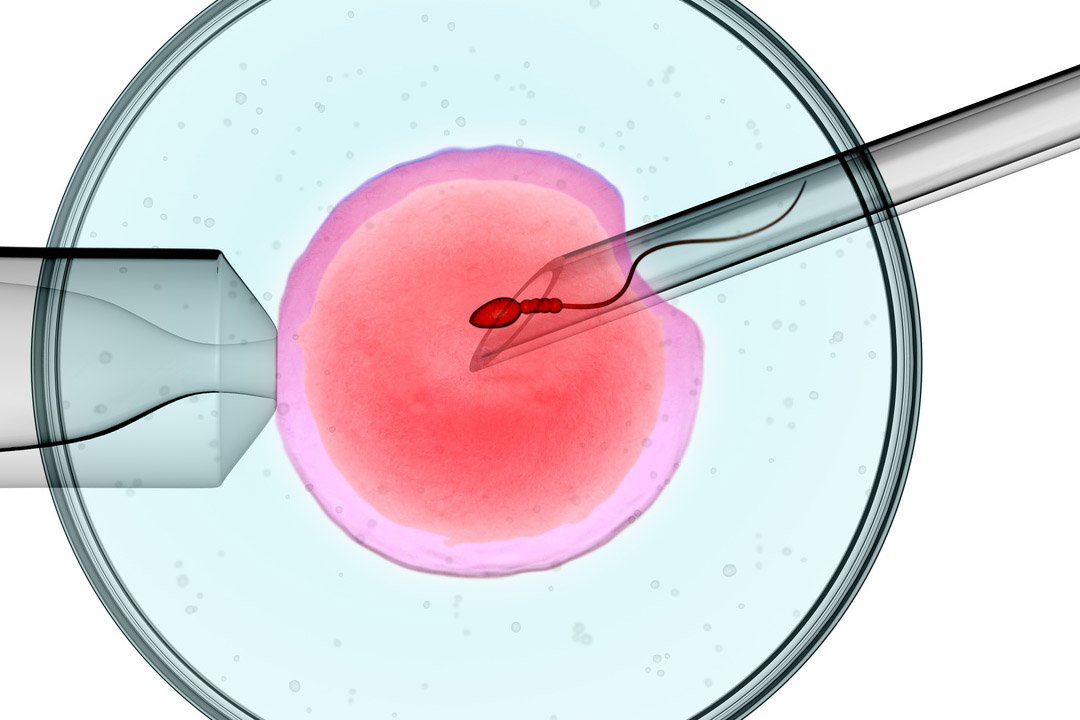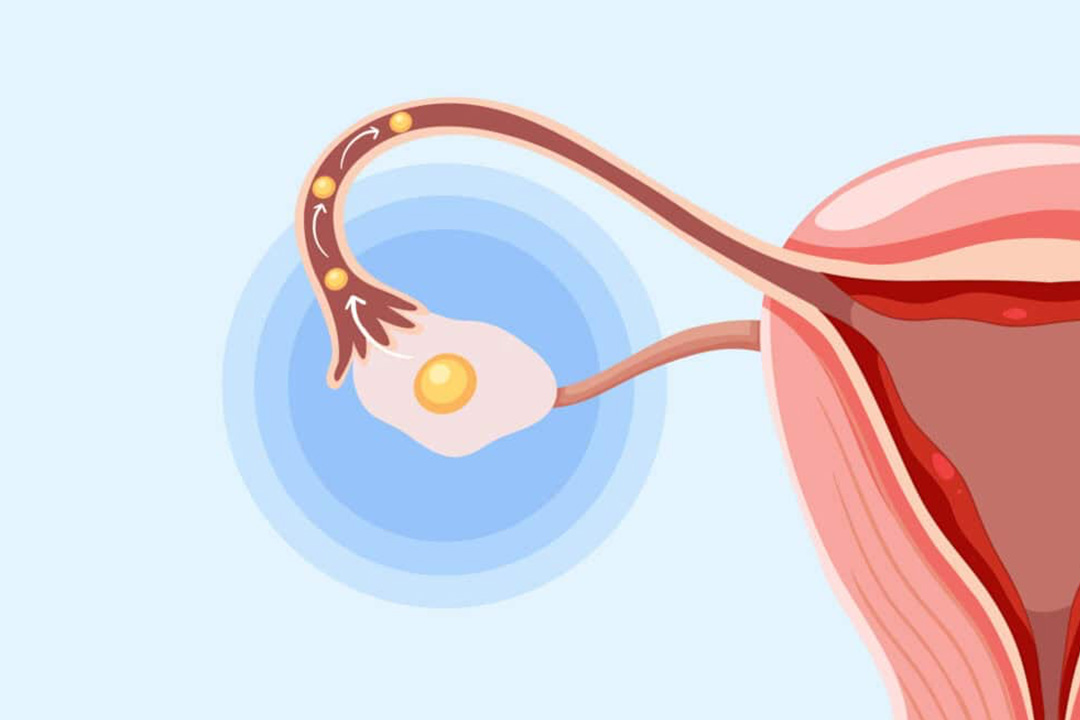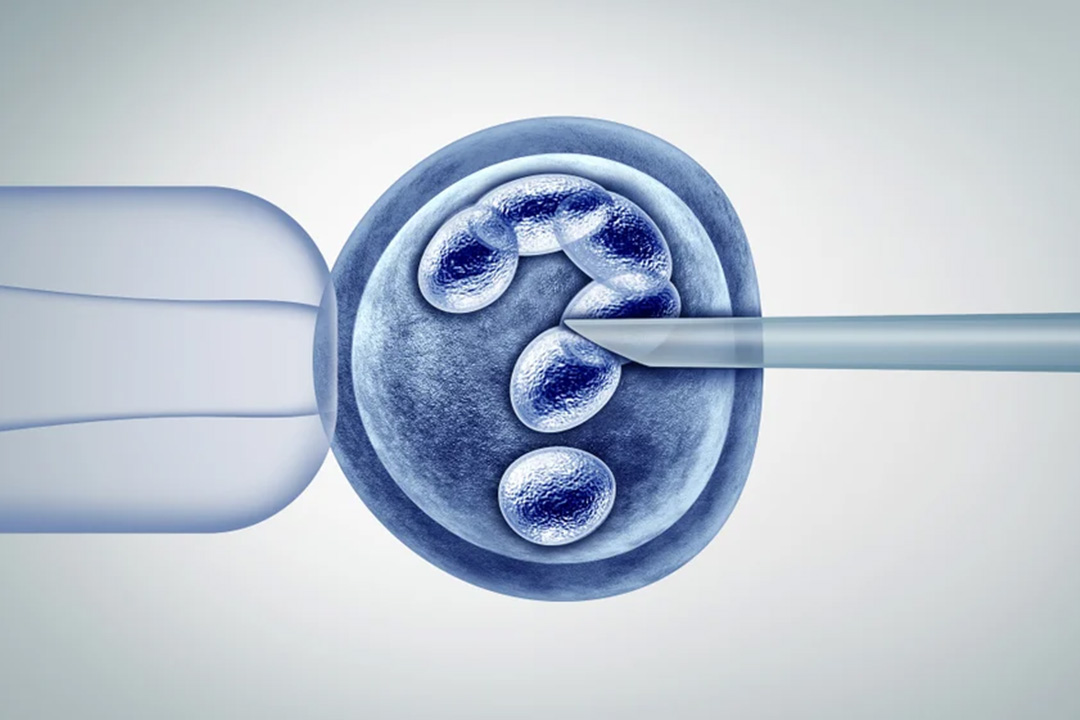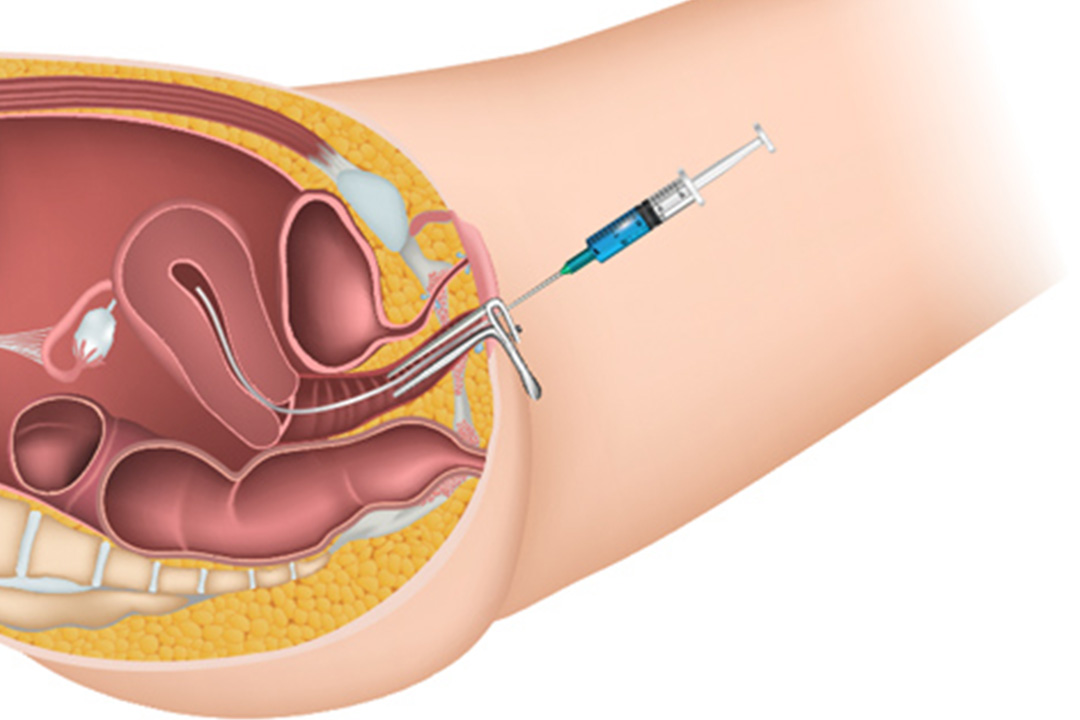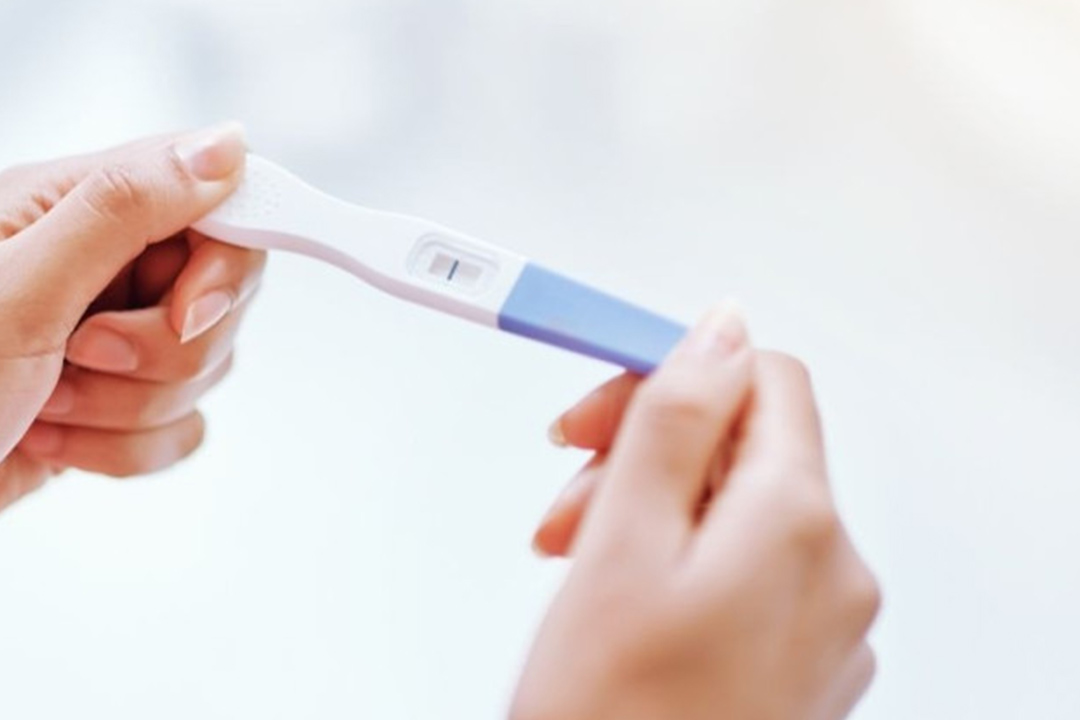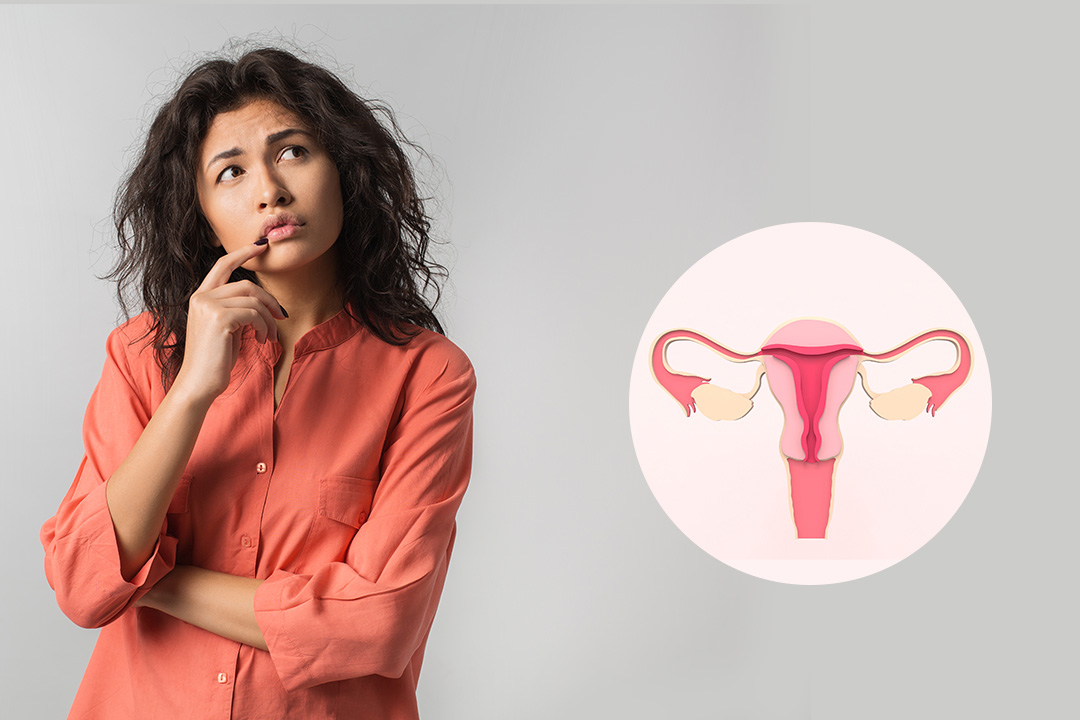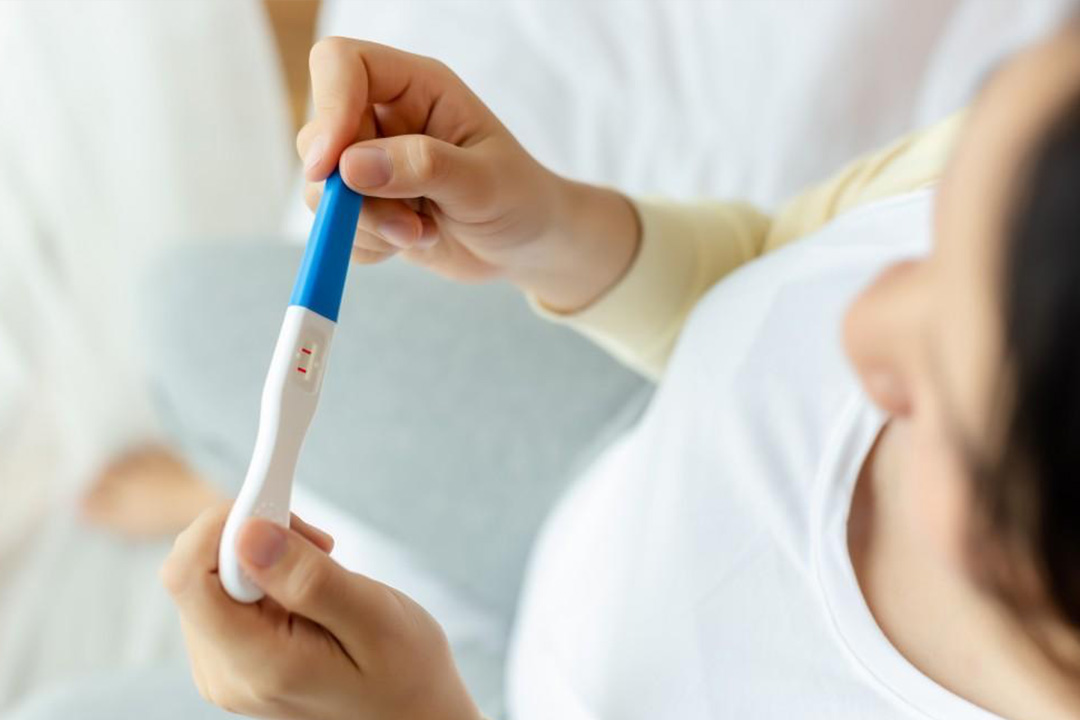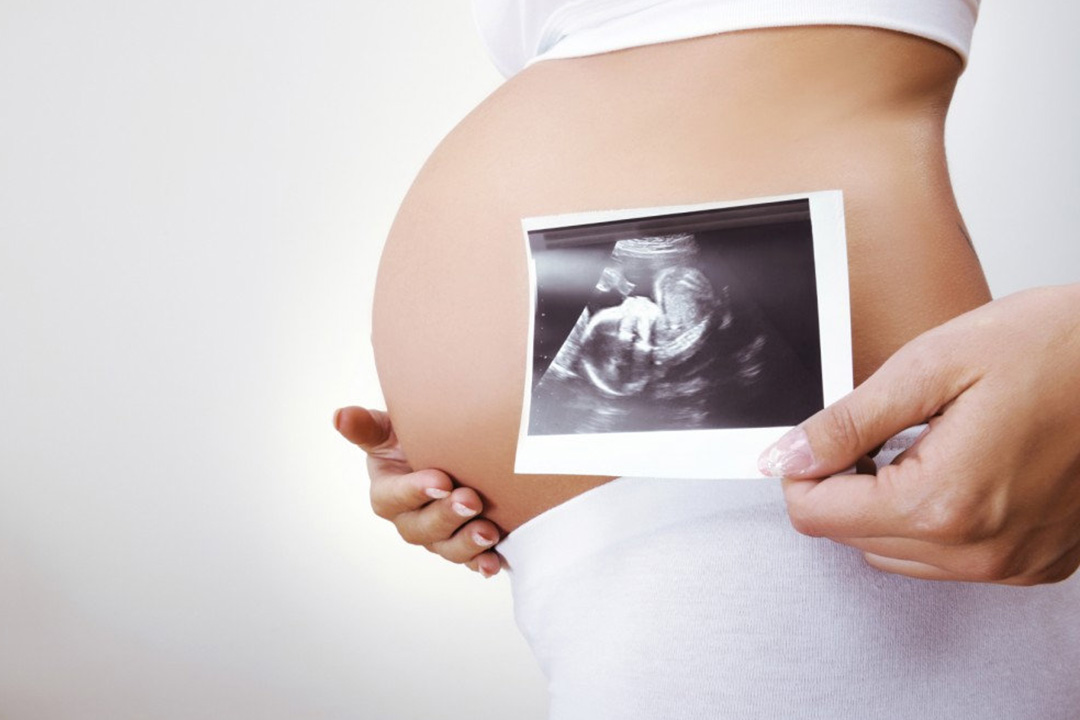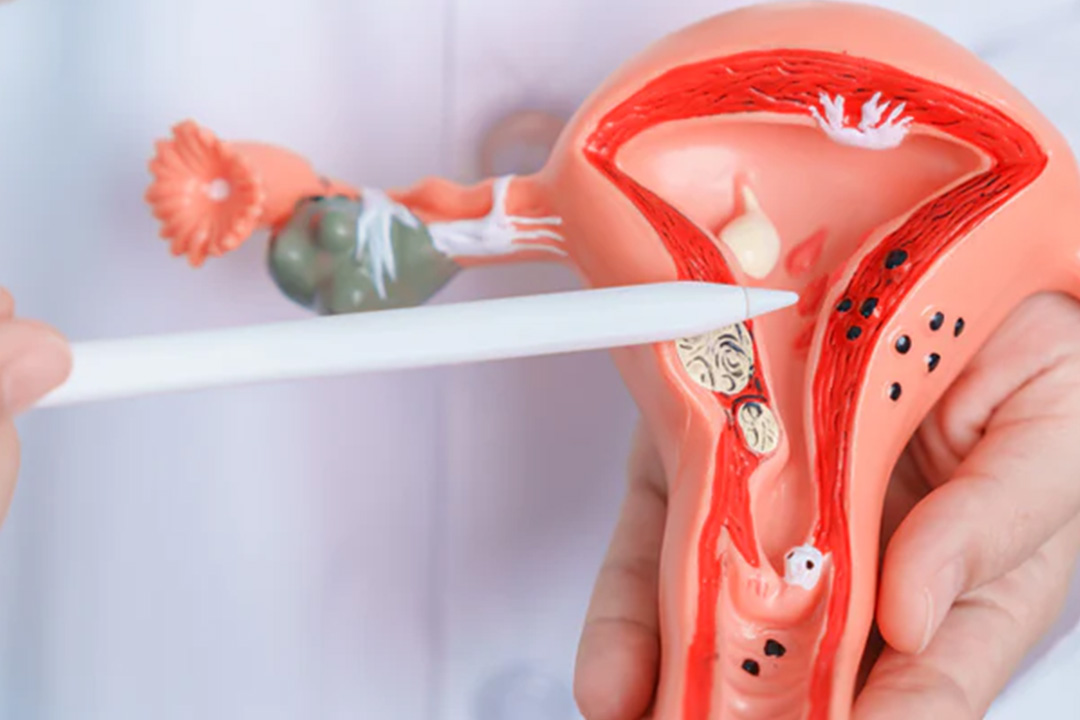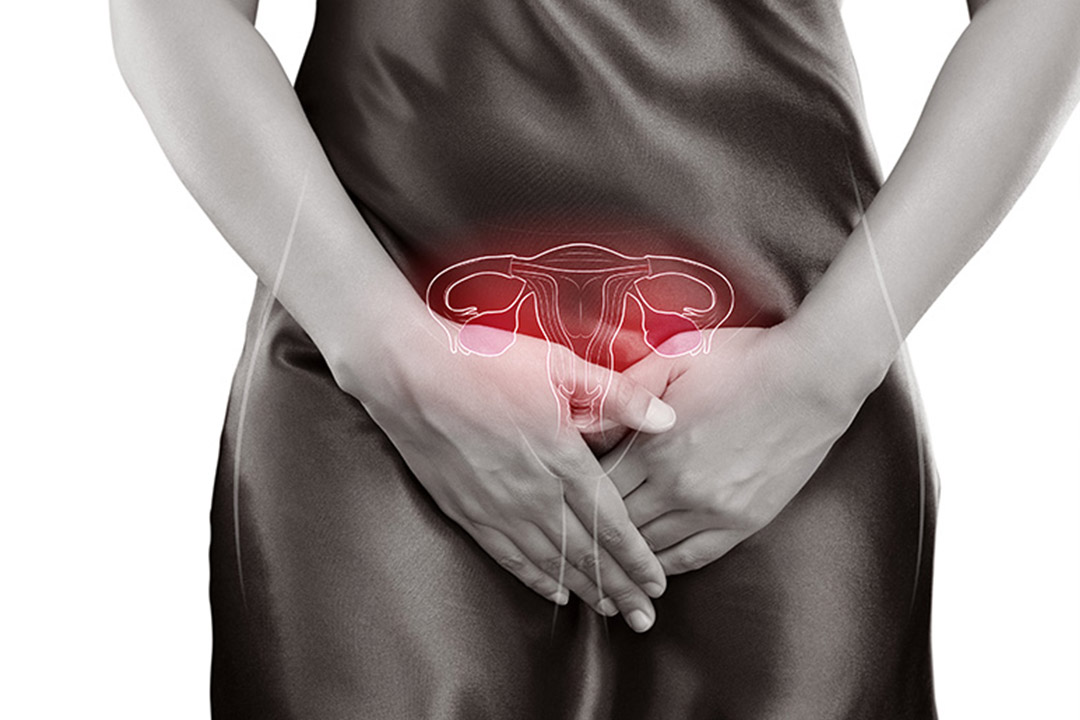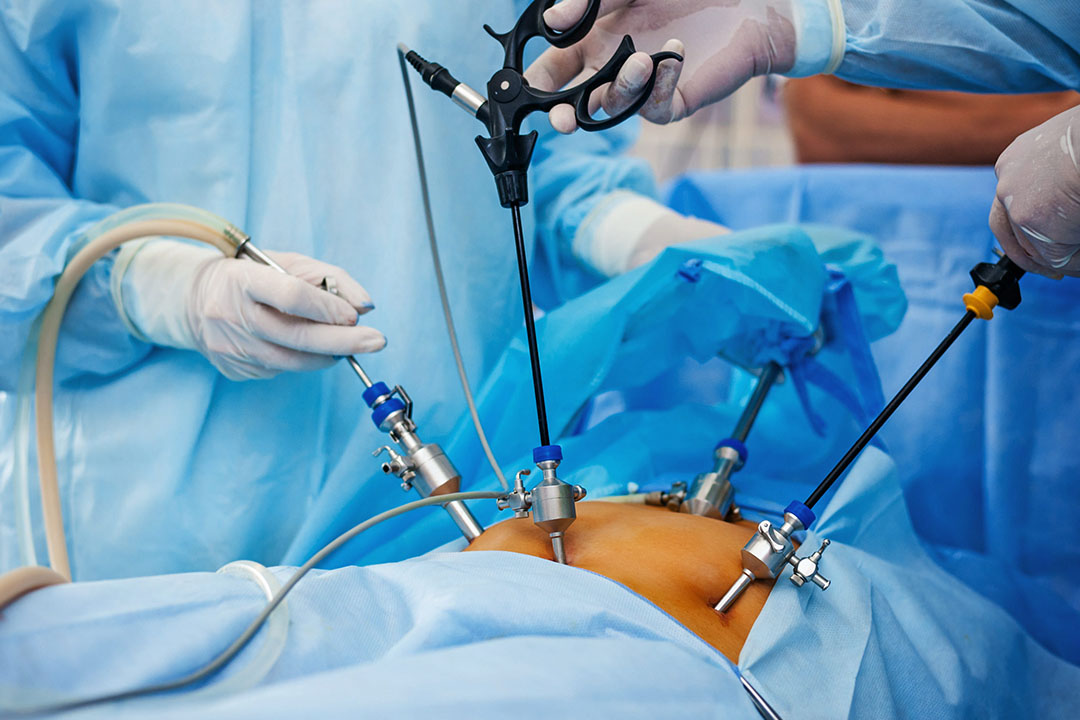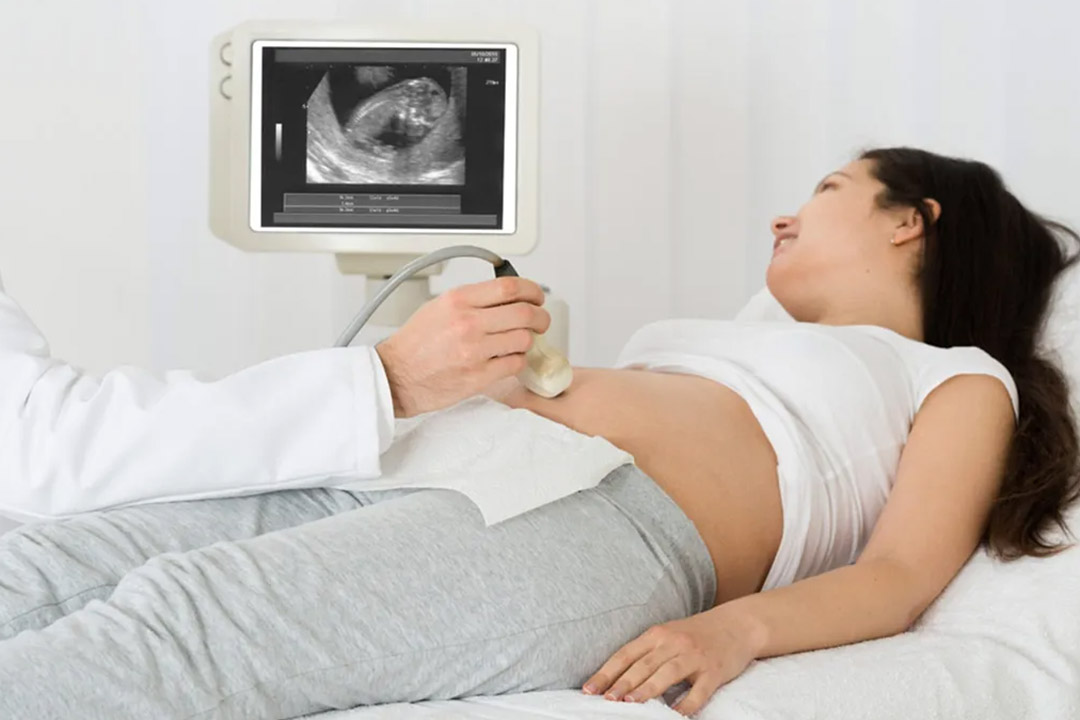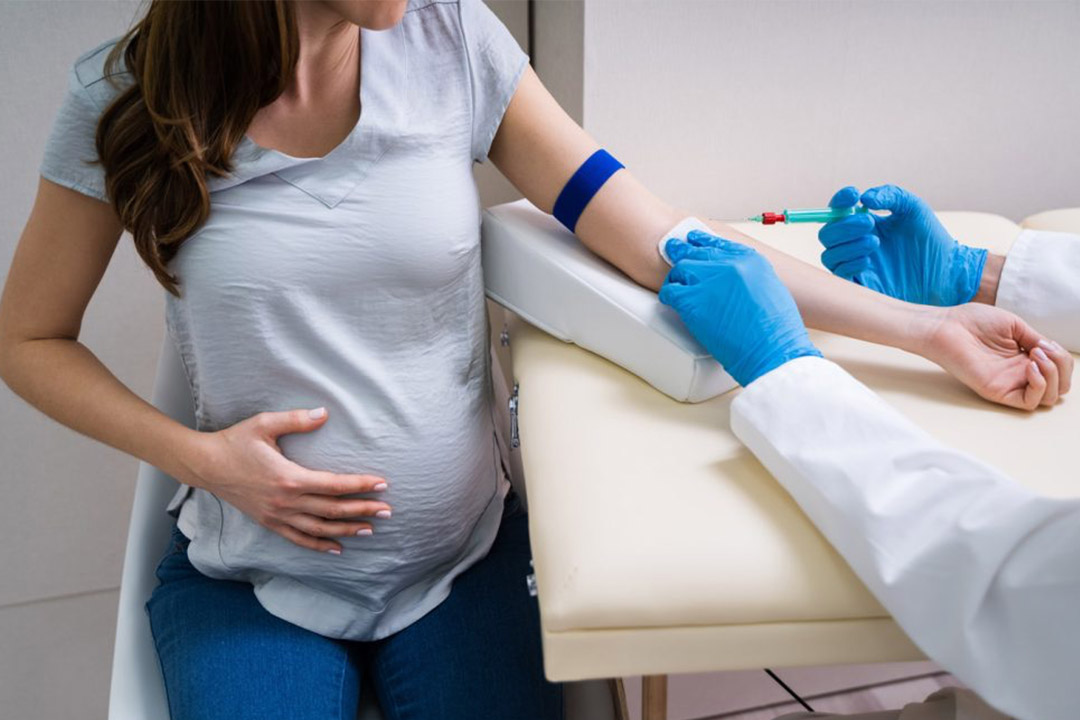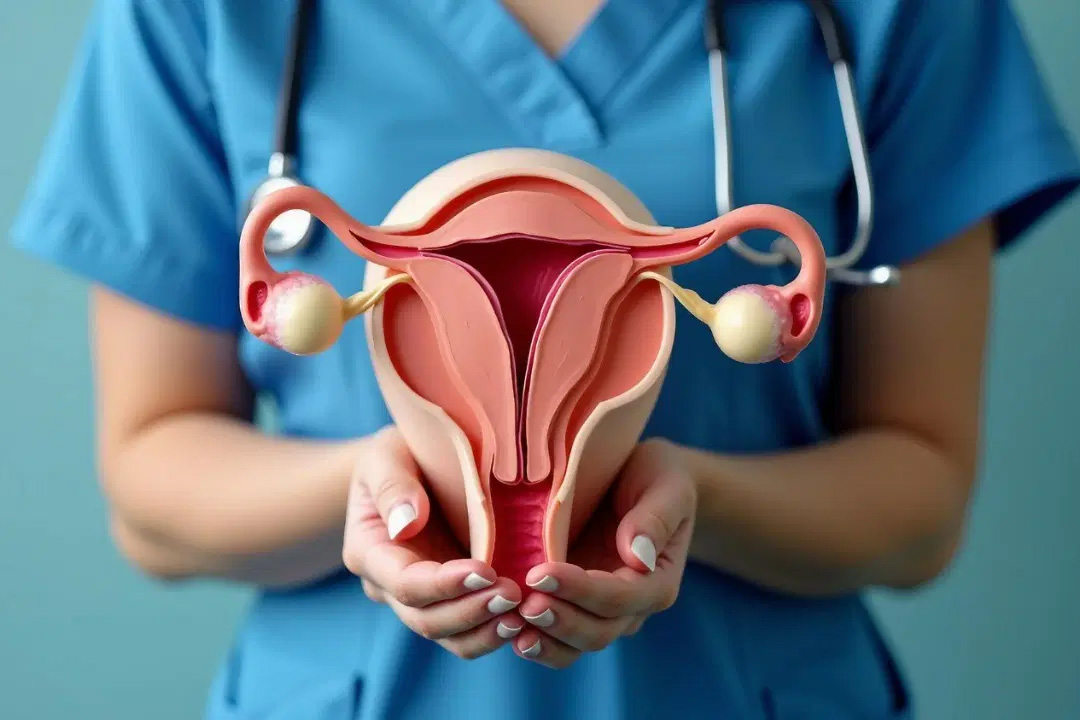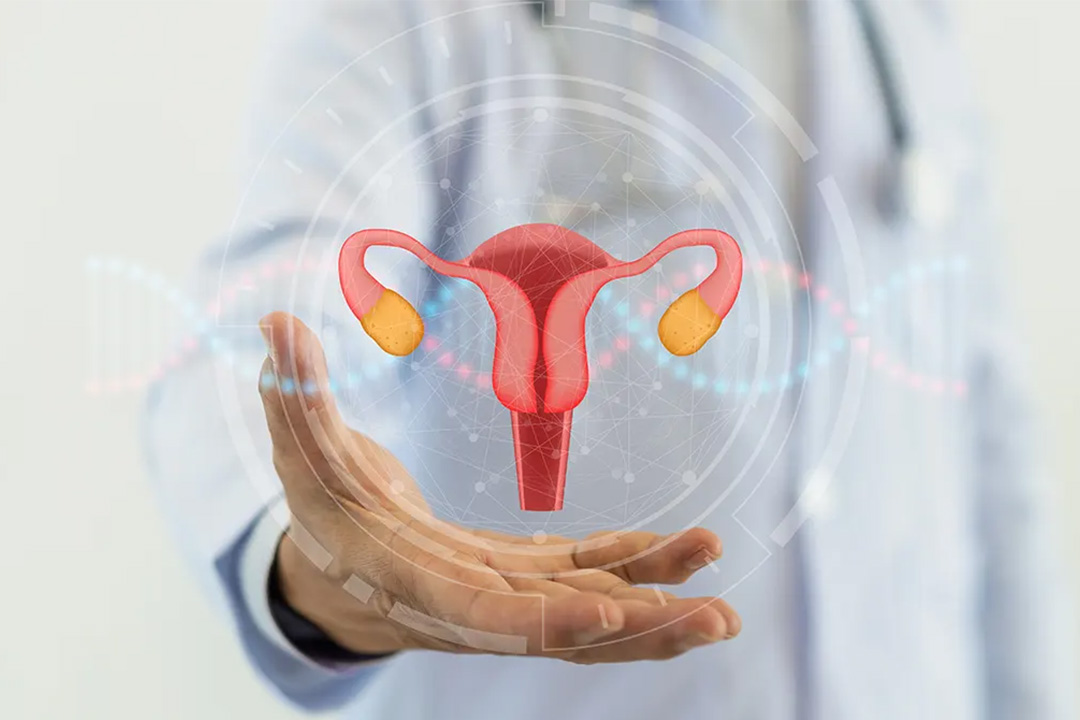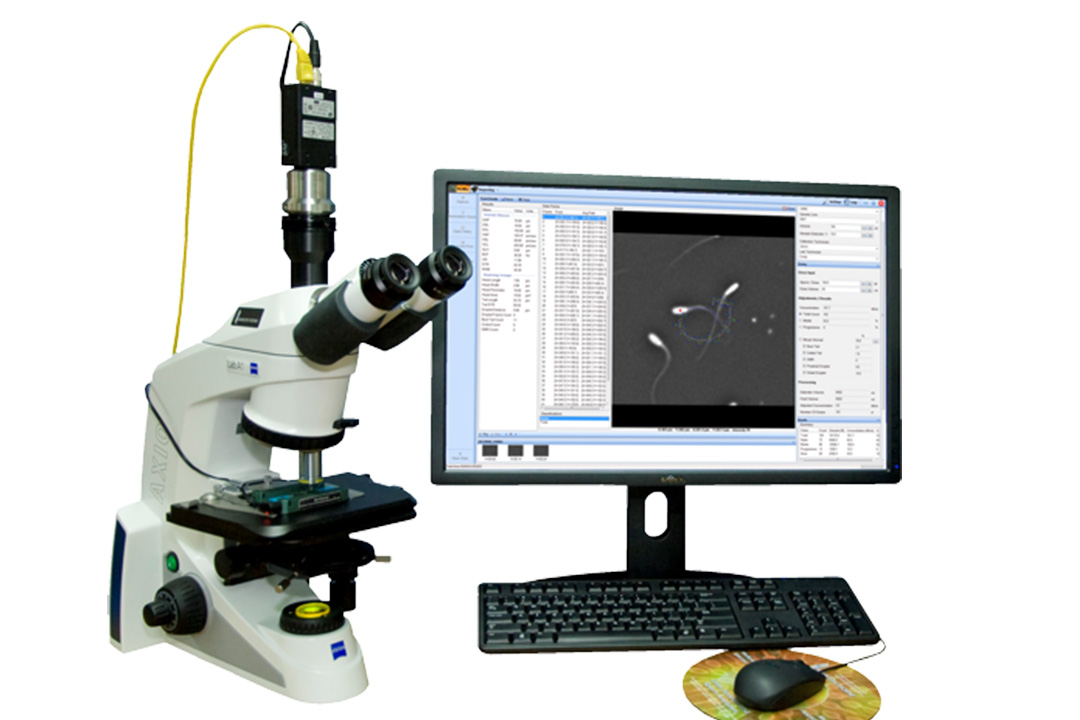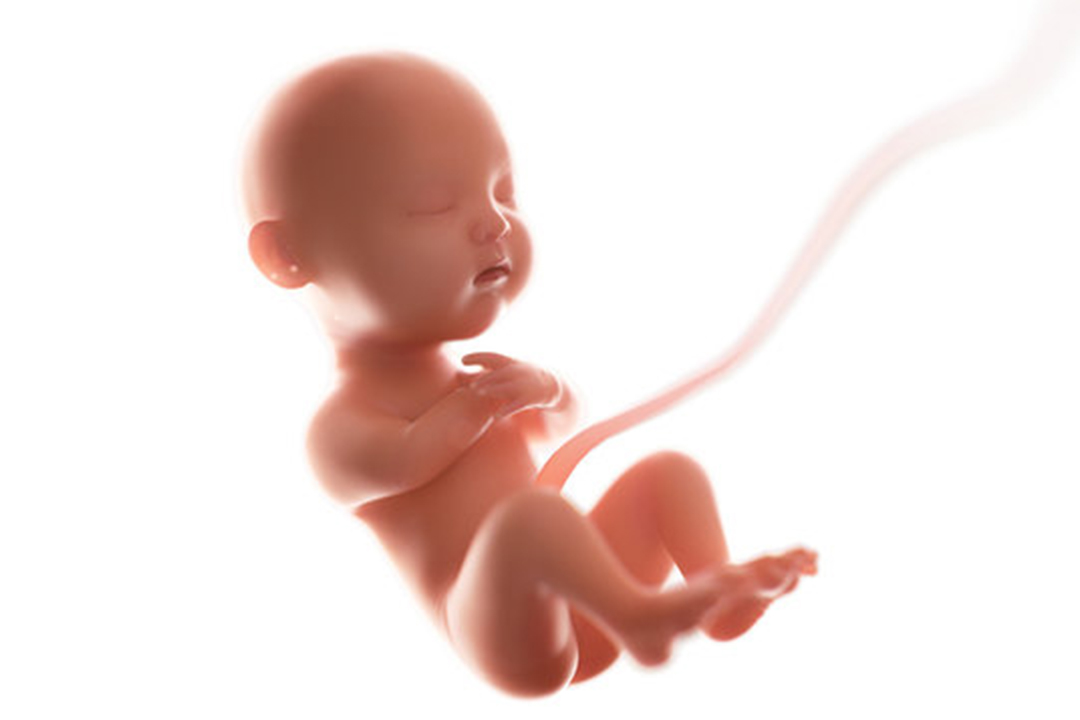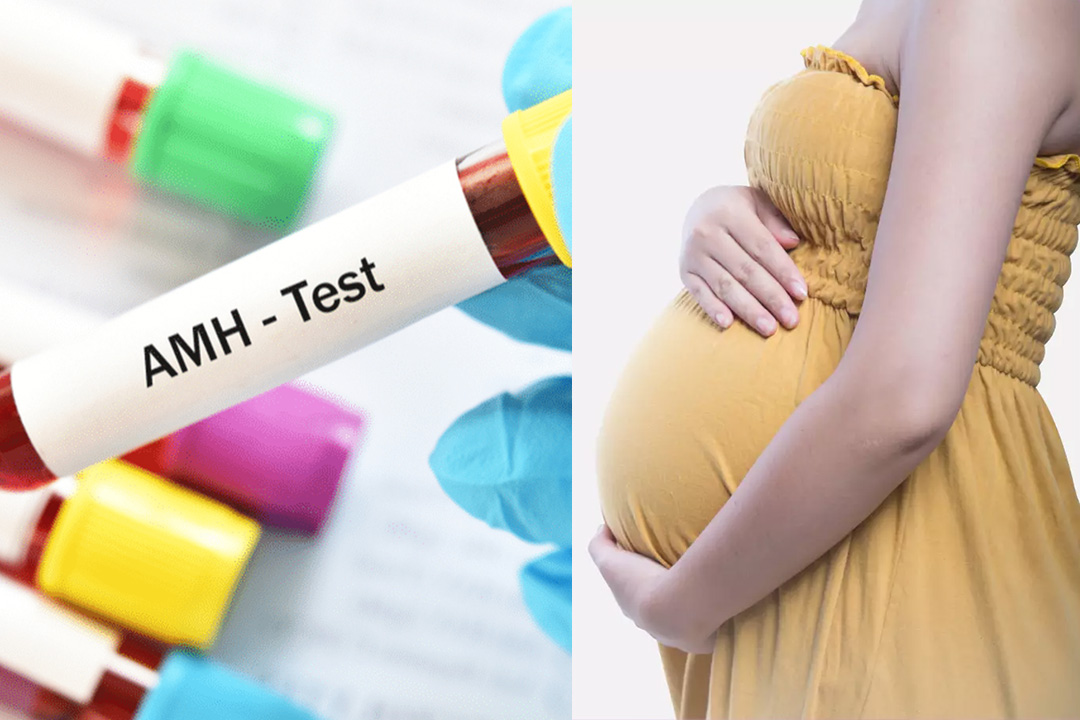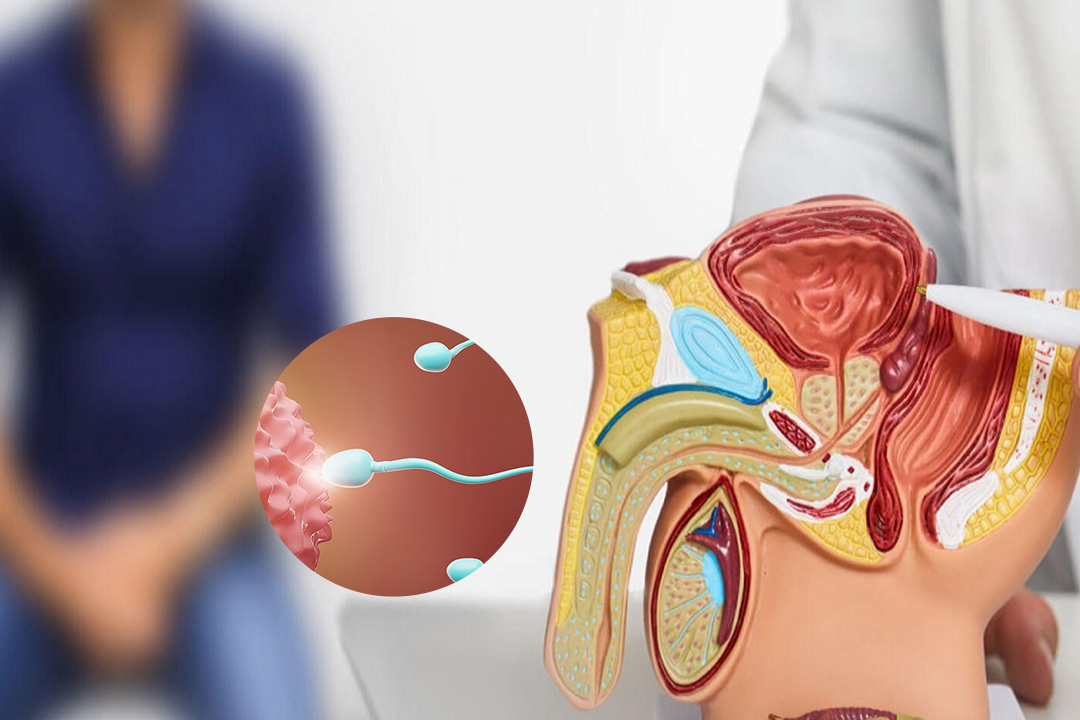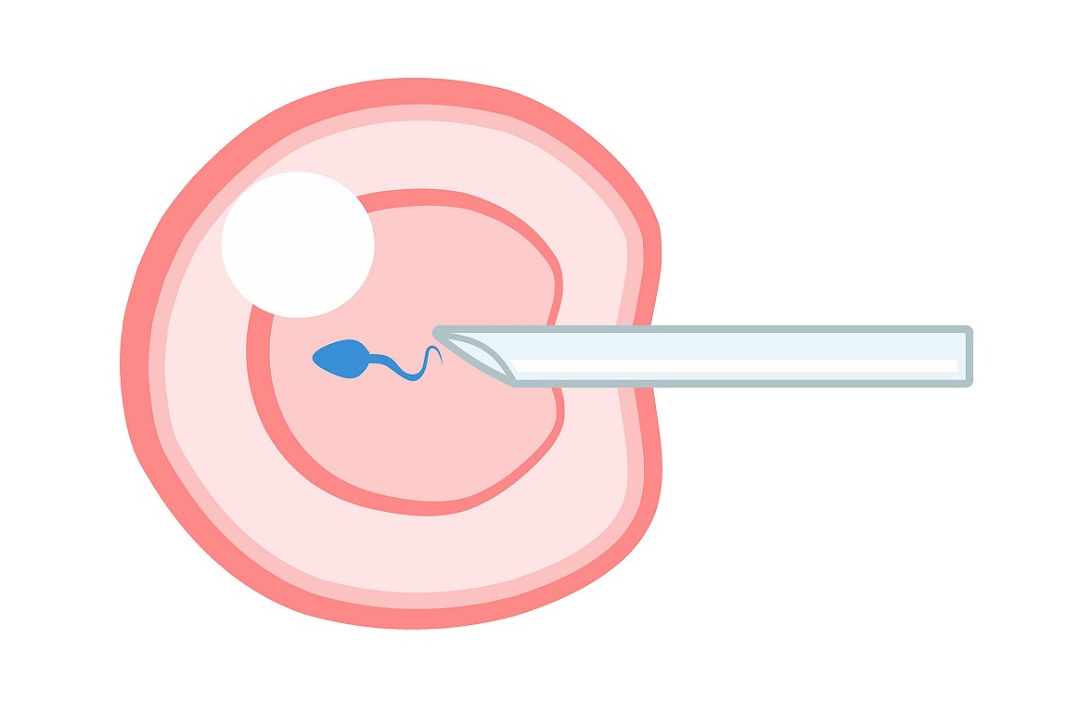What is Ectopic Pregnancy?: Symptoms, Causes & Treatment
Ectopic pregnancy is when a fertilized egg settles and begins to grow somewhere outside the uterus, most often in a fallopian tube. Because only the uterus is built to expand and nourish a pregnancy, an ectopic implantation can’t develop into a baby and can become dangerous if not treated promptly.
Untreated, the growing tissue can stretch or tear the organ it’s stuck in (usually the tube), causing internal bleeding and, rarely, life-threatening complications. The good news is that with early diagnosis and modern care, ranging from careful monitoring to medication or minimally invasive surgery, most people recover well and can try for pregnancy again in the future.
Where Does an Ectopic Pregnancy Happen?
Almost all ectopic pregnancies, well over 90%, occur in a fallopian tube (often called a “tubal” ectopic). Less commonly, implantation can occur in the cervix, ovary, abdomen or within a cesarean-scar in the uterine wall. Understanding location matters because it guides the safest treatment.
It’s dangerous because the tissue that’s carrying the pregnancy isn’t designed to stretch like the uterus. As the pregnancy grows, the tube or other structure can rupture and bleed internally. A rupture is a medical emergency that requires urgent care.
What Early Signs of Ectopic Pregnancy Should I Watch for?
Signs of an ectopic pregnancy include lower abdominal or pelvic pain, vaginal bleeding or spotting, dizziness or fainting (especially if internal bleeding has occurred), and shoulder pain. While some symptoms, like nausea and a missed period, overlap with normal pregnancy, the presence of these other warning signs warrants immediate medical attention.
Key Symptoms
- Abdominal or pelvic pain: This is a common early symptom, often described as sharp, stabbing, or cramping pain, which may be one-sided or more widespread. Pain can worsen with movement.
- Vaginal bleeding or spotting: This bleeding is typically different from a normal period, may be lighter or darker, and can be accompanied by pain.
- Dizziness or fainting: These symptoms can signal internal bleeding, leading to low blood pressure.
- Shoulder pain: This unusual symptom can indicate blood irritating nerves after a ruptured ectopic pregnancy.
Other Possible Symptoms
- Missed period: Like a normal pregnancy, an ectopic pregnancy will also cause a missed period.
- Nausea and vomiting: These are common symptoms in both normal and ectopic pregnancies.
- Diarrhea or bowel issues: Gastrointestinal symptoms can also occur.
- Gastrointestinal symptoms: Nausea and vomiting are common, though not exclusive to ectopic pregnancies.
Who is More Likely to Have an Ectopic Pregnancy?
Risk is higher if the fallopian tube is damaged or its function is impaired. Factors include a previous ectopic, prior pelvic/abdominal surgery, pelvic inflammatory disease or sexually transmitted infections, smoking, endometriosis, certain congenital tubal shapes, and conception with an IUD in place or after fertility treatment. Importantly, up to half of people with an ectopic have no obvious risk factor, so symptoms always deserve attention.
How is Ectopic Pregnancy Diagnosed?
Diagnosis combines a positive pregnancy test with transvaginal ultrasound and serial blood tests for the hormone beta-hCG. On ultrasound, doctors look for a pregnancy inside the uterus; if none is seen and hCG is positive, they track levels over time.
The “discriminatory zone” is an hCG range at which an early intra-uterine sac should usually be visible by high-quality transvaginal scanning, but this threshold varies and isn’t absolute, clinical judgment and repeat testing matter.
How is an Ectopic Pregnancy Treated?
Medicines can stop the ectopic tissue from growing so the body can reabsorb it. It’s typically given as a single dose calculated by body-surface area, followed by hCG checks on days 4 and 7; if the drop is <15% between days 4–7, another dose or surgery may be needed.
You’ll then have weekly hCG tests until the level reaches zero. Medicine isn’t used if there’s a rupture or if you’re clinically unstable; it also has specific contraindications your clinician will screen for.
Sometimes under strict criteria, expectant management is possible. If you’re stable, your pain is mild, ultrasound shows a small ectopic with no concerning bleeding, and hCG is low and trending down, your team may monitor you closely without immediate medication or surgery. This path requires reliable follow-up and rapid access to care if symptoms worsen.
When is Surgery Needed for Ectopic Pregnancy?
Urgent laparoscopy (keyhole surgery) is recommended if there’s a rupture, heavy bleeding, unstable vitals, or if medication isn’t suitable or hasn’t worked. Surgeons may remove the ectopic along with the affected tube (salpingectomy) or open the tube to remove the tissue while trying to preserve it (salpingostomy), depending on your condition and childbearing plans.
Recovery and Future Fertility
Most people go on to have healthy pregnancies after an ectopic. The chance of a repeat ectopic is higher than average (often quoted around 10–27%), so your provider will usually recommend an early scan in the next pregnancy to confirm the location. Typical guidance is to wait at least three months after medicinal treatment, or two full cycles after surgery/expectant care, before trying to conceive again, both for safety and to allow healing.
Can Ectopic Pregnancy be Prevented?
There’s no guaranteed prevention, but you can reduce risk. Steps include avoiding or quitting smoking, practicing safer sex to prevent STIs/PID, and seeking early care if you have pelvic pain or risk factors. If you’ve had an ectopic before or if you conceive with an IUD in place or through fertility treatment, ask for early monitoring in your next pregnancy.
Frequently Asked Questions
Can an ectopic pregnancy continue?
No. A pregnancy growing outside the uterus can’t be moved back and can’t develop normally; it must be managed promptly to protect your health.
How soon is ectopic pregnancy usually found?
Most are found in the first trimester, often around 6–8 weeks after the last period. Earlier diagnosis is becoming more common with sensitive tests and early scans.
I use an IUD, does that cause ectopic pregnancy?
No, the IUD prevents pregnancy very effectively; but if pregnancy occurs with an IUD in place (rare), the chance that it’s ectopic is higher than in the general population. Early evaluation is important.
I lost one tube, can I still get pregnant naturally?
Often, yes. Many people conceive with one healthy tube. If you struggle or if both tubes are damaged, IVF can bypass the tubes entirely.
I am 30, is IVF for me after an ectopic?
It depends on your tubes, ovarian reserve, sperm parameters and how long you’ve tried. At 30, many conceive naturally after an ectopic, especially with one healthy tube. IVF is considered if both tubes are damaged/absent or if you have other fertility factors. Typical IVF costs per cycle in India range roughly ₹90,000–₹3,00,000+, depending on city and add-ons (ICSI, freezing, genetic testing, meds). Talk to a fertility specialist for a personalized plan.
Can sex, exercise, or travel cause an ectopic?
No. These activities don’t cause ectopic pregnancy. The main issues are tubal damage or problems with transport of the fertilized egg.
Conclusion
Ectopic pregnancy is a serious but manageable complication of early pregnancy. It happens when an embryo implants outside the uterus usually in a fallopian tube and therefore cannot continue. Recognizing symptoms, getting prompt evaluation, and following a tailored treatment plan are the keys to safety. With timely care and thoughtful follow-up, most people recover well and can look forward to future pregnancies with appropriate early monitoring and support.
About Us
AKsigen IVF is a premier center for advanced fertility treatments, with renowned fertility experts on our team. Specializing in IVF, ICSI, egg freezing, and other cutting-edge reproductive technologies, AKsigen IVF is committed to helping couples achieve their dream of parenthood. With personalized care and a patient-first approach, AKsigen IVF provides comprehensive fertility solutions under one roof.





